OUR ADVICE
The choice of destination
When it comes to property investment, the most critical factor is the location. Whether you are buying a main or second home, to live in or let out, the same rule applies: buying a property in the mountains is only as good as its location! Take advantage of our experts’ advice to help you choose the right location for your mountain apartment.
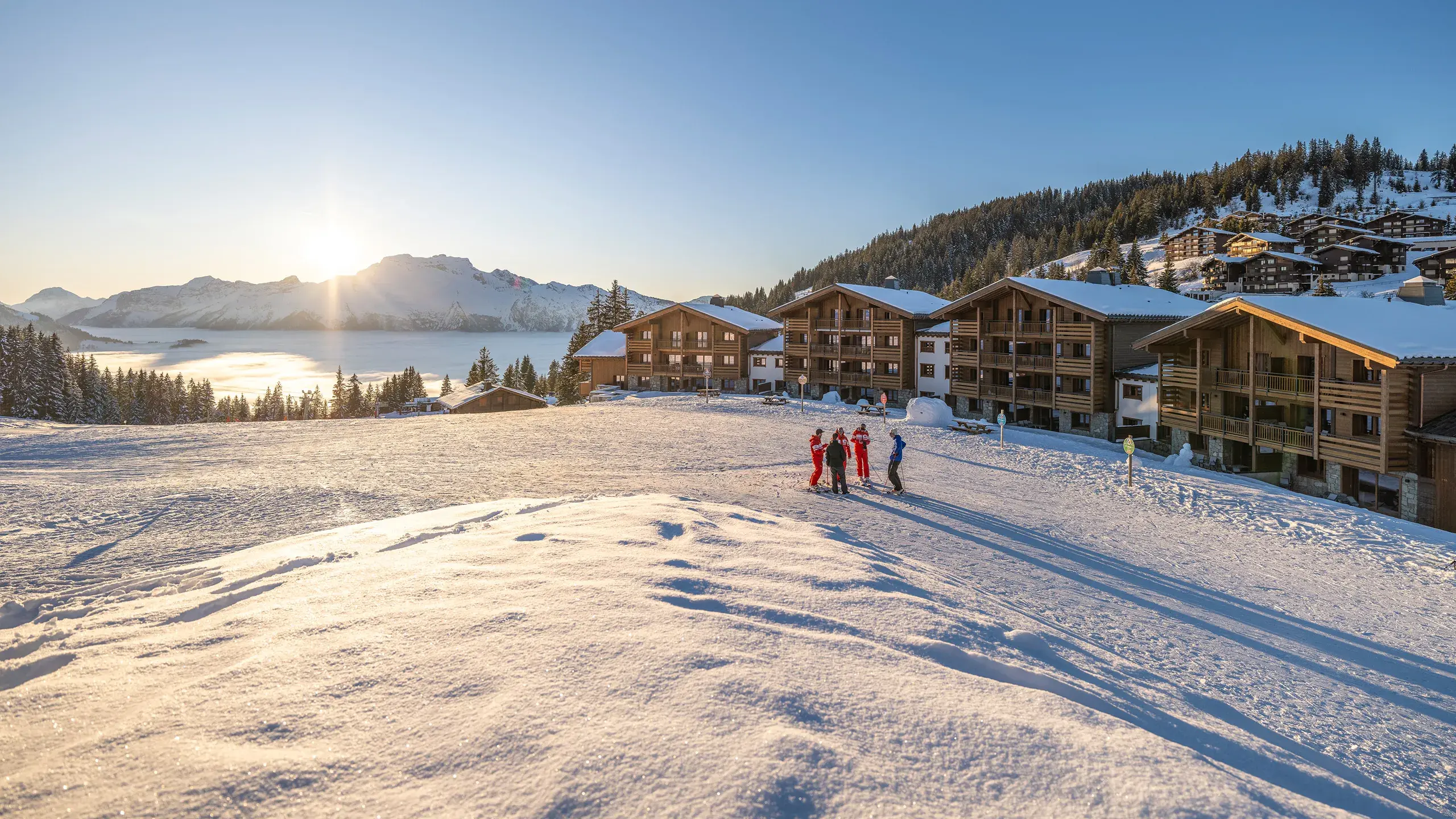
Buying property in the mountains: how do I choose a resort?
For several decades, our invaluable knowledge of the local market has enabled us to help you choose the ideal resort and the best location for your future purchase.
The resort, several factors to take into account
Choose an accessible resort
In the mountains, a good location is one with good transport connections. The resort must therefore be well connected, by road, motorway or air.
Being close to an airport is a bonus if you are thinking of letting your property to foreign visitors (in all cases, accessibility remains a fundamental aspect of any successful rental investment).
Opt for a high-quality environment and site
Choosing a good location means opting for a flourishing and attractive environment. In the mountains, the quality of a site depends on the resort’s snow record, the richness of the natural heritage (famous mountains and peaks, beauty of the landscape) and the preservation of the territory. This last point is very important today, as tourists now prefer resorts that are well integrated with their natural environment. Several other criteria directly influence the attractiveness of the site, such as the resort’s reputation, the ski area’s offering, a southern exposure, quality of infrastructure or variety of activities available.
Choose a resort that is dynamic all year round
We also strongly recommend choosing a resort that is dynamic all year round. When you invest in a mountain apartment, you want to be able to let your property in every season, including summertime. So it is important to check the resort’s seasonal offering and find out about the activities available in winter and summer.
Invest in a resort that will appeal to the whole family
For a long time, the mountain was seen as a place for extreme sports and thrills. This is an exhilarating prospect for sport-lovers, but less attractive to families and senior customers.
Today, the mountain’s marketing position has totally changed. Many activities are now enjoyed there, including traditional hiking, water and air sports, cycling or relaxation. There is something to suit every taste, and the resorts are accessible to children and adults alike. They appeal to lovers of cocooning and winter sports fans in equal measure.
Rental investment in the mountains: property location, a decisive factor for success
Buy an apartment close to the ski slopes…
After choosing the right resort, you must find an ideal location within the ski area. The first point to take into account is of course proximity to the ski slopes: for many people, staying in a slopeside apartment is the ultimate dream! Being able to don your skis right in front of your apartment block is therefore a decisive factor. All of MGM’s property developments offer excellent accessibility.
...and/or near amenities
Property experts confirm this: an ideal location must allow occupants to access the resort’s main services within a few minutes. The outlying areas of the town centre are therefore to be avoided if you want to make a profitable rental investment in the mountains.
If the residence is not ski-in ski-out, you must pay particular attention to what shuttle services are available to residents. Buying an apartment that is located slightly further out but is very well served by transport can also be a good investment opportunity.
If a slopeside location is not within your budget or is unavailable on the local market, don’t hesitate to choose property in the heart of the resort. While on holiday, consumers intend to find the services and comfort they enjoy throughout the year. The services and products on offer must meet this expectation, although offbeat, innovative properties also have their audience, which is often a niche one. Convenience, practicality and comfort are now part of the norm!”
Need more information?
How can I make a successful rental investment in the mountains?
Invest in a tourist residence
Investing in a tourist residence in the mountains is an interesting solution for combining personal enjoyment with investing in an asset. Our upmarket residences offer a wide variety of services and can meet many different requirements with a range of “serviced accommodation” features: a personal welcome, reception, housekeeping and maintenance, linen hire, catering, swimming pool, sauna, etc.
Buying into a tourist residence also gives you the benefit of expert advice from MGM, your specialist in upmarket property construction for over 50 years now. Thanks to this extensive knowledge of the field, we are able to offer quality accommodation at the heart of the most beautiful French ski resorts.
Tax planning and profitability: what are the advantages of buying a property in a tourist residence?
Buying an apartment in the mountains is advantageous in terms of tax planning: you can benefit from LMNP (Location meublée non-professionnelle - Professional Lessor of Furnished Accommodation) status. This allows you to achieve a significant tax deduction and claim back VAT at the time of purchase (20% of the total property price).
By investing in an MGM tourist residence, you also have the opportunity to stay in your upmarket apartment several times a year (maximum of 6 weeks) and access the residence’s various services. Our experts online can tell you about the advantages of rental investment as an LMNP and help you invest in a tourist residence in the mountains.
Discover our tourist residences
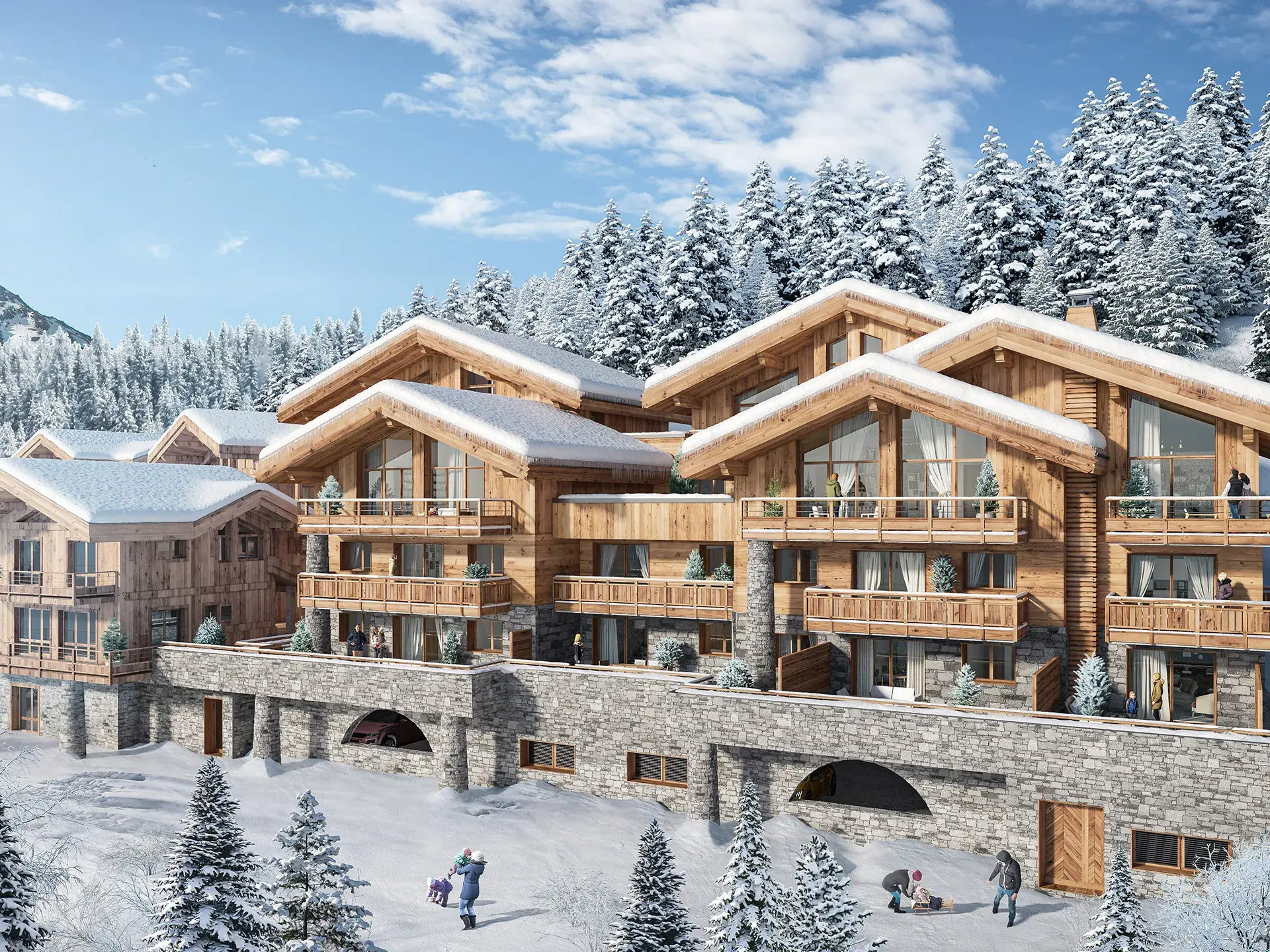
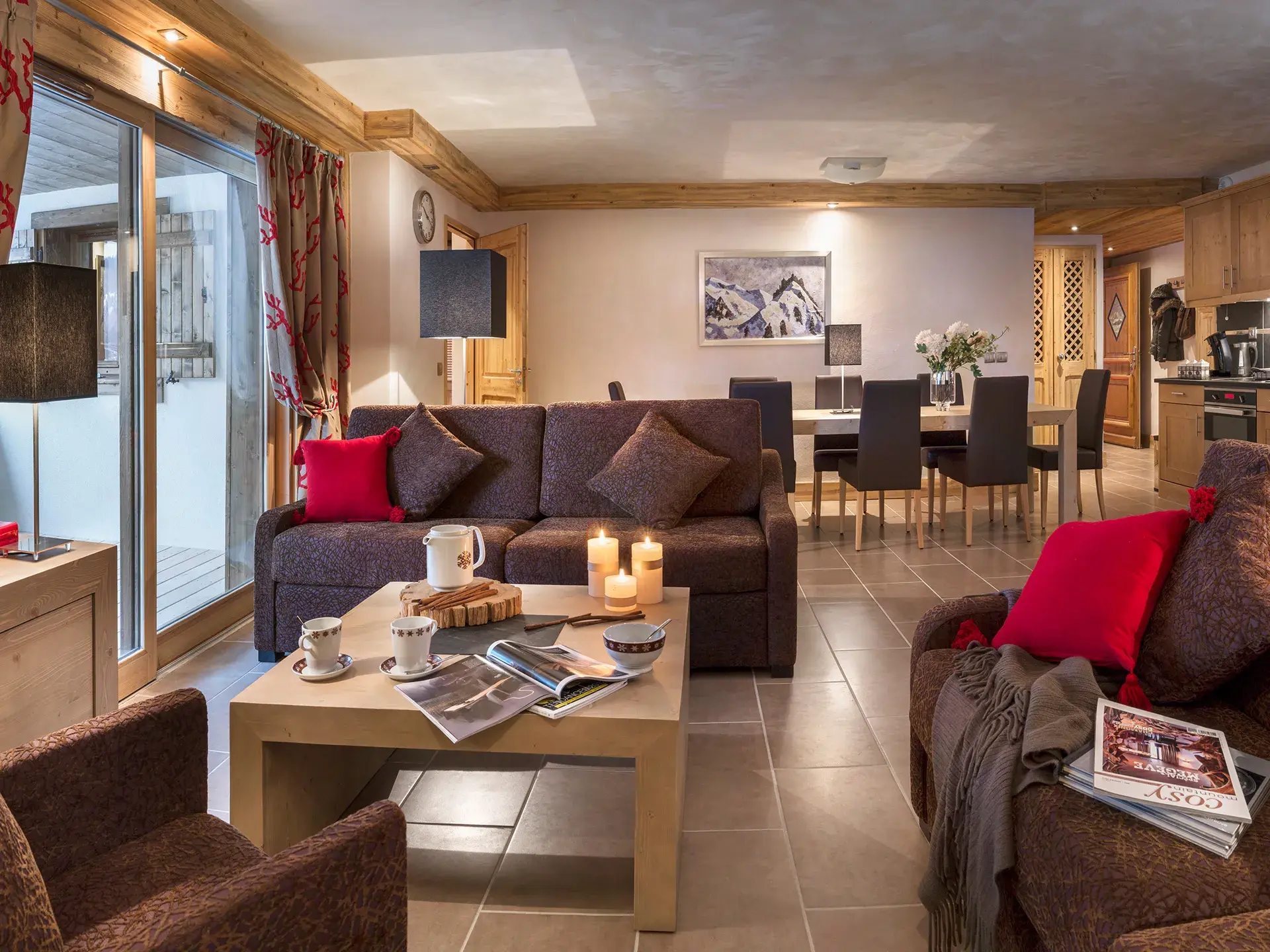
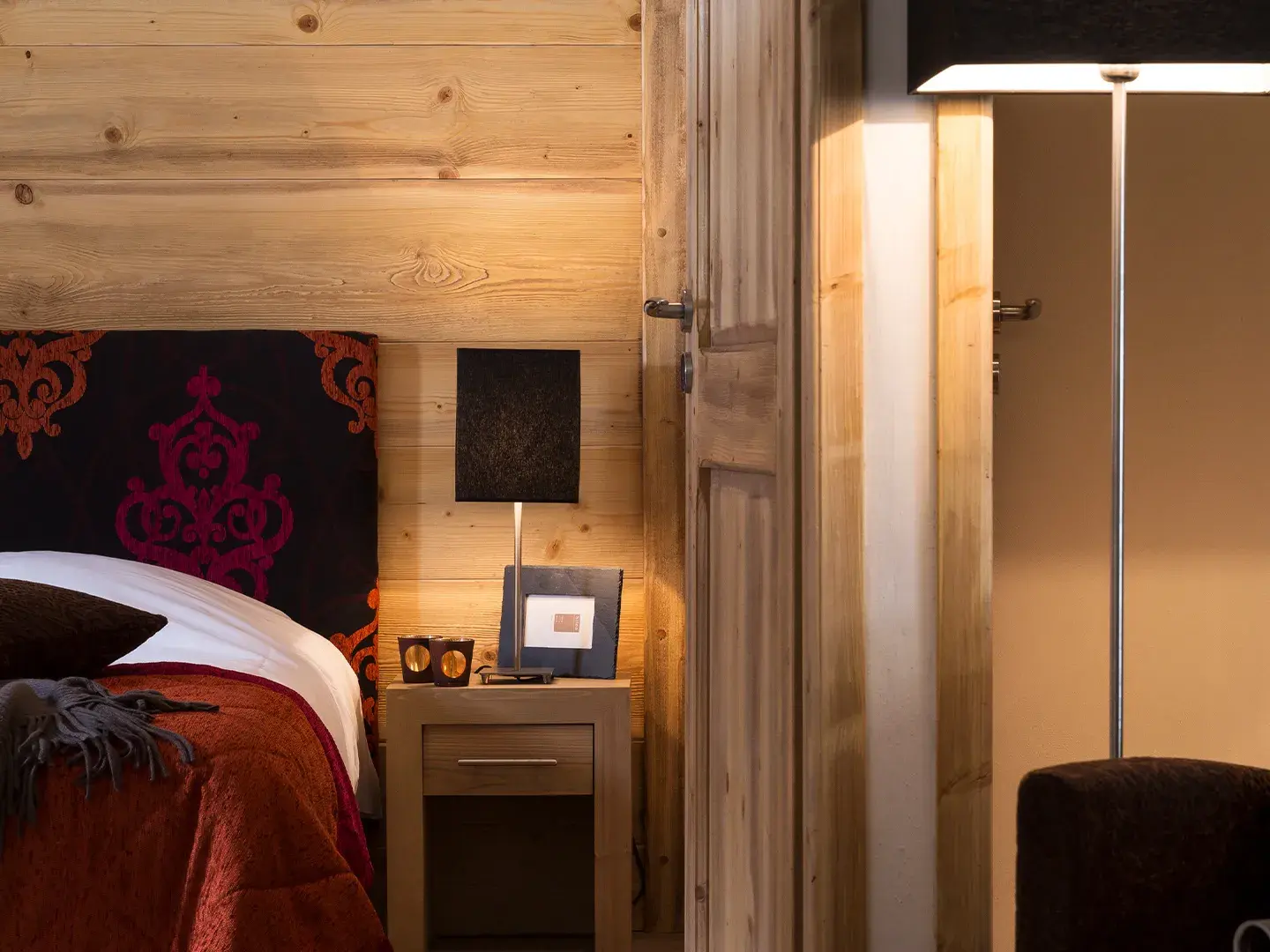
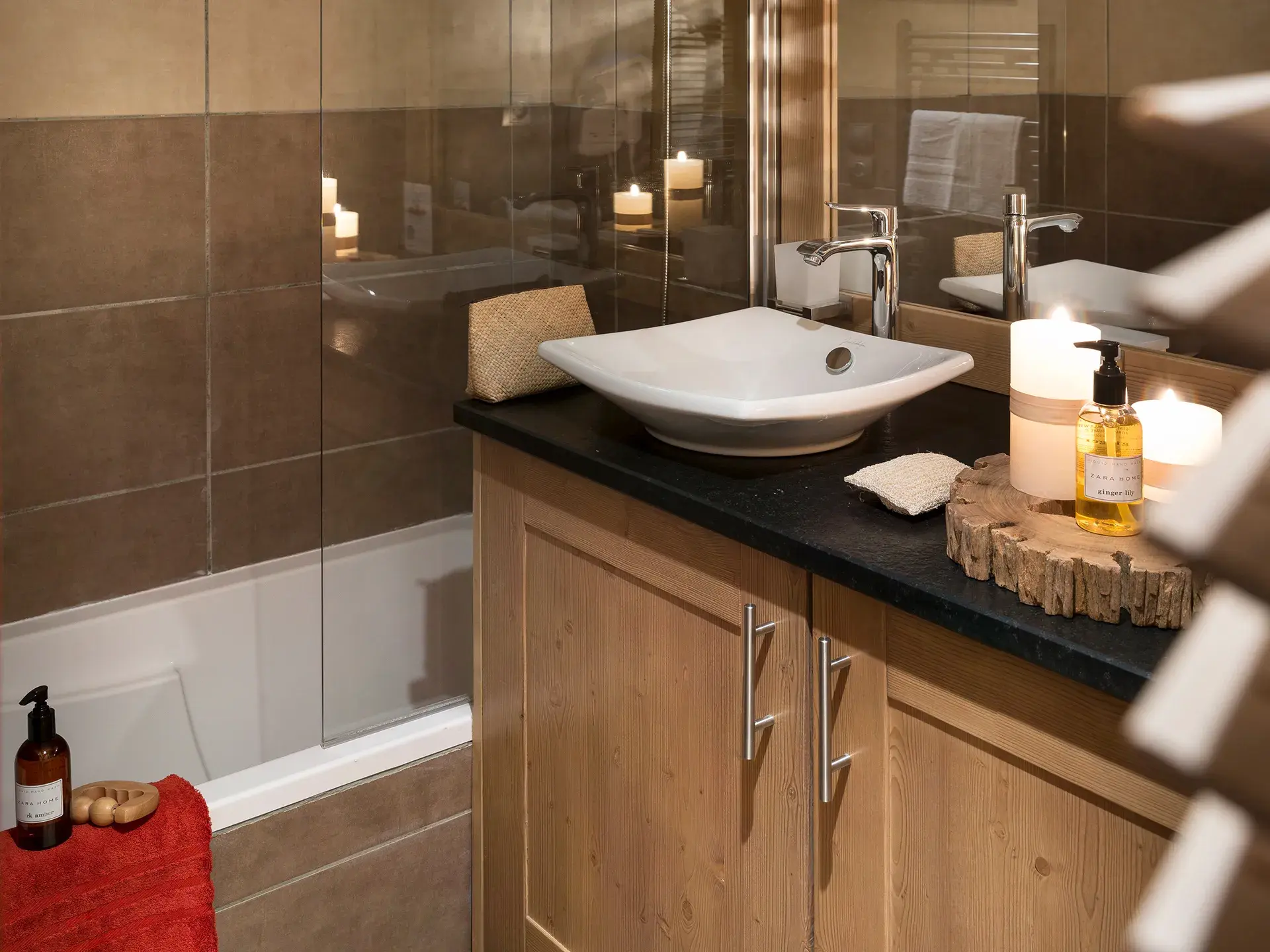
Sainte-Foy-Tarentaise (73)
Chalet Anaé
From 2-bedroom to 5-bedroom Duplex
From 535 000 € incl. VAT
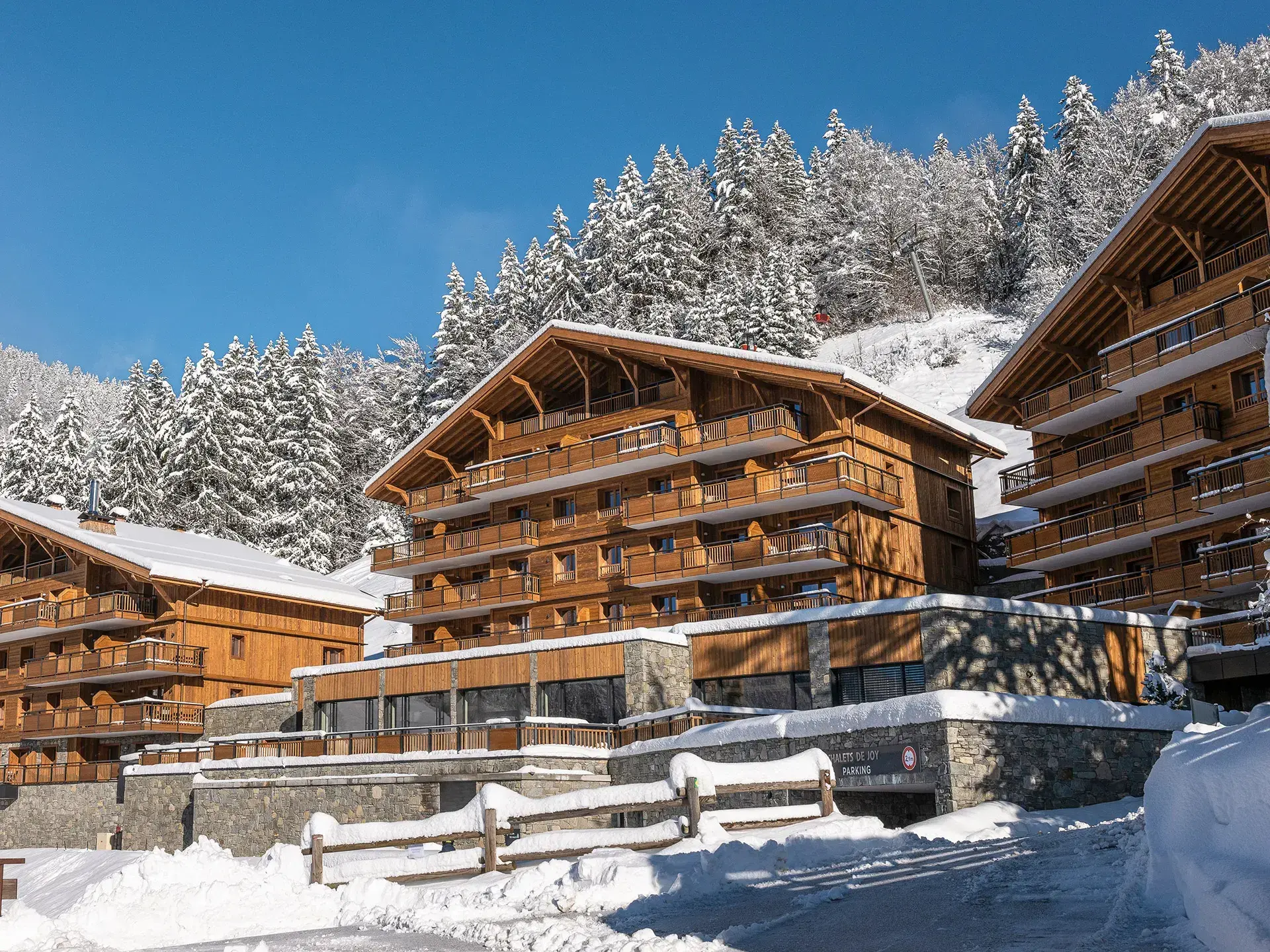
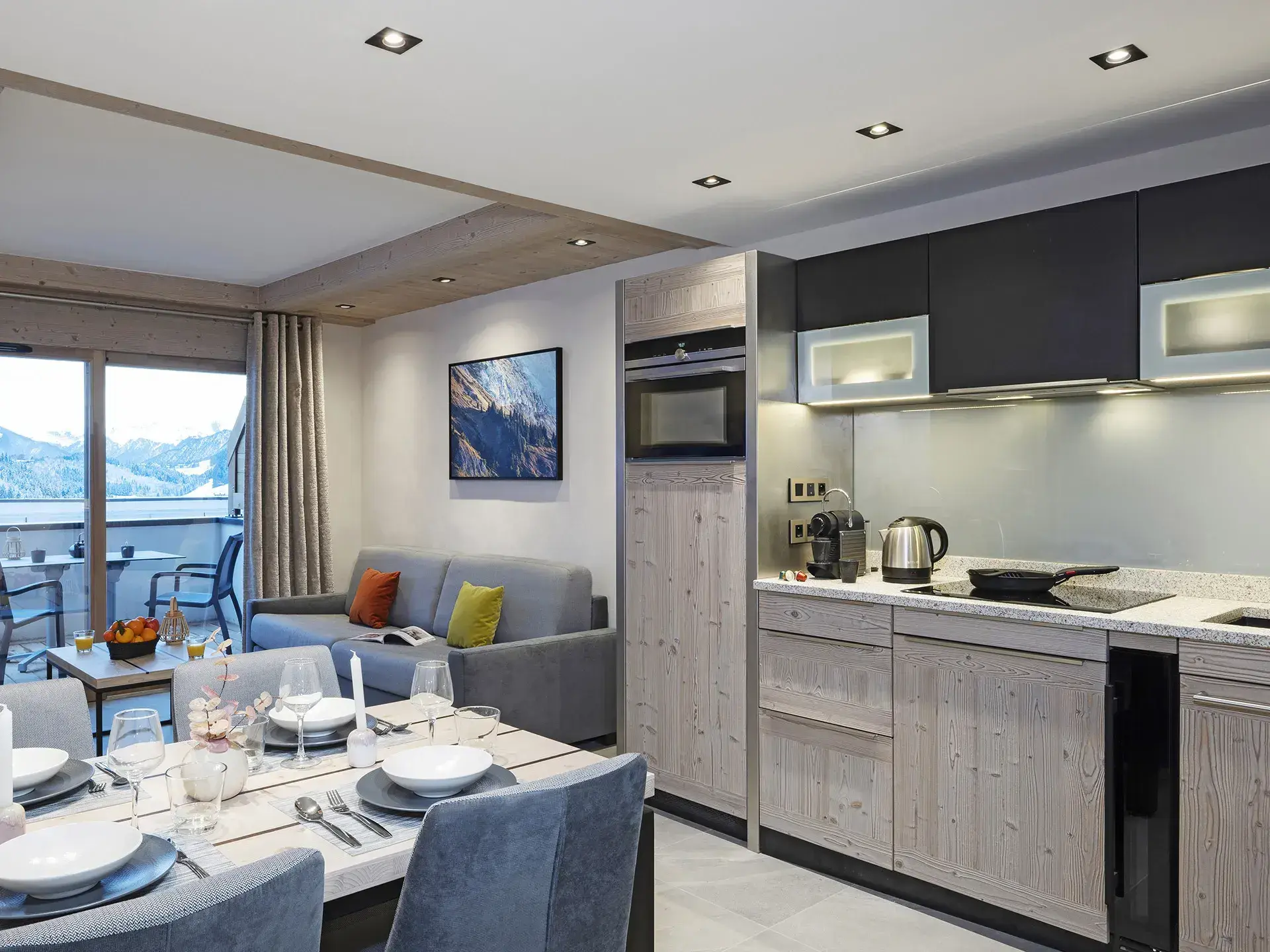
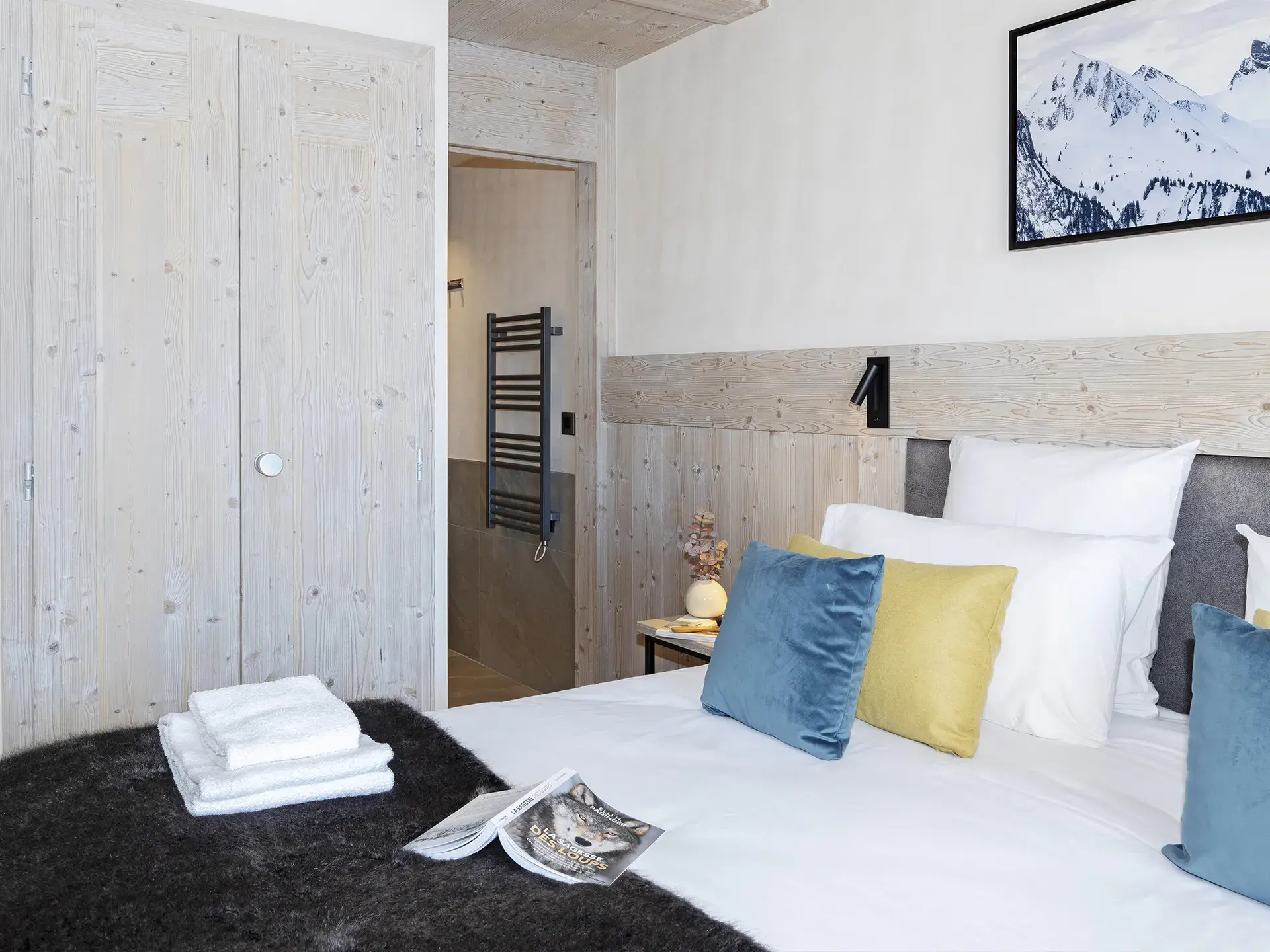
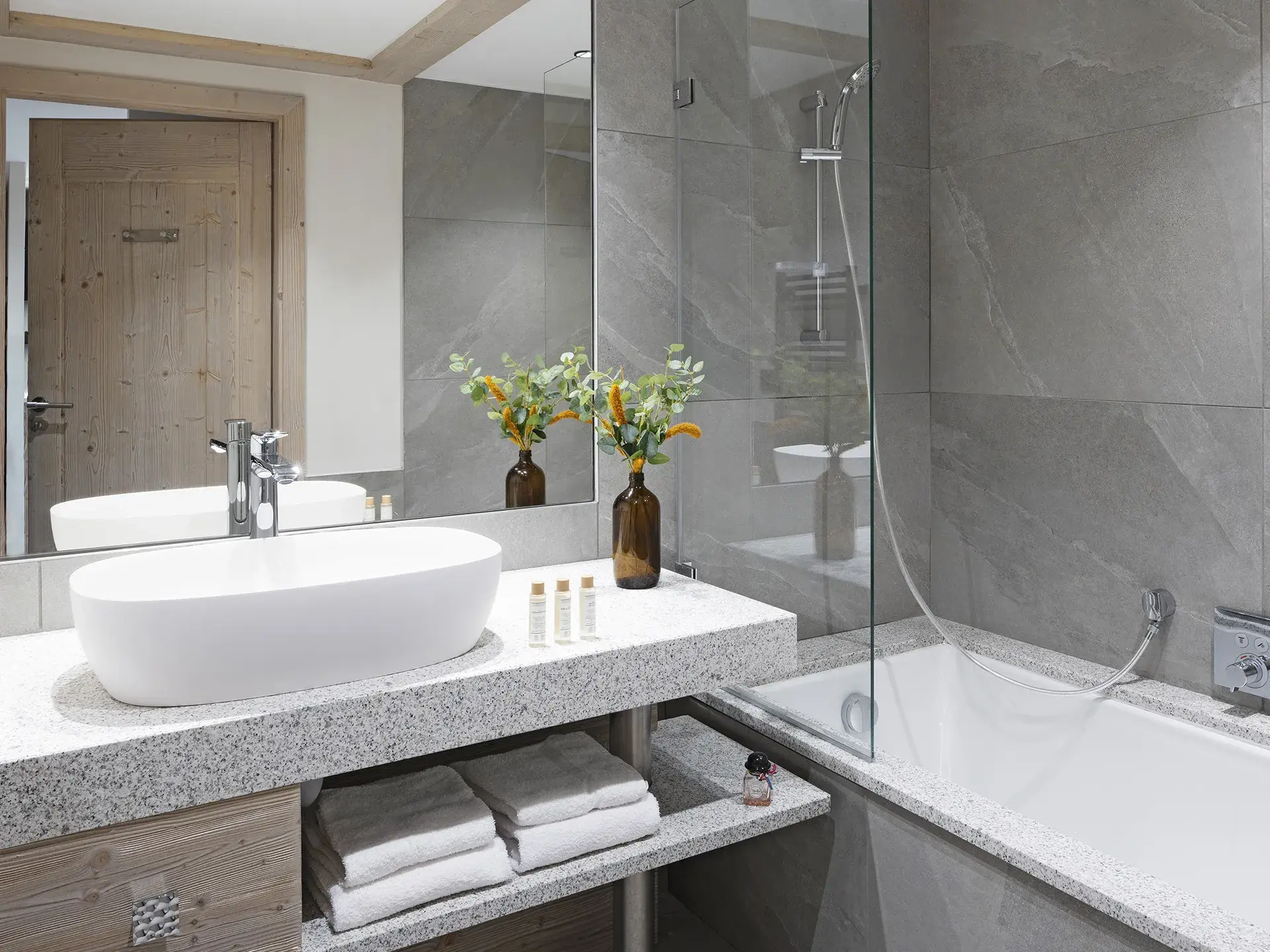
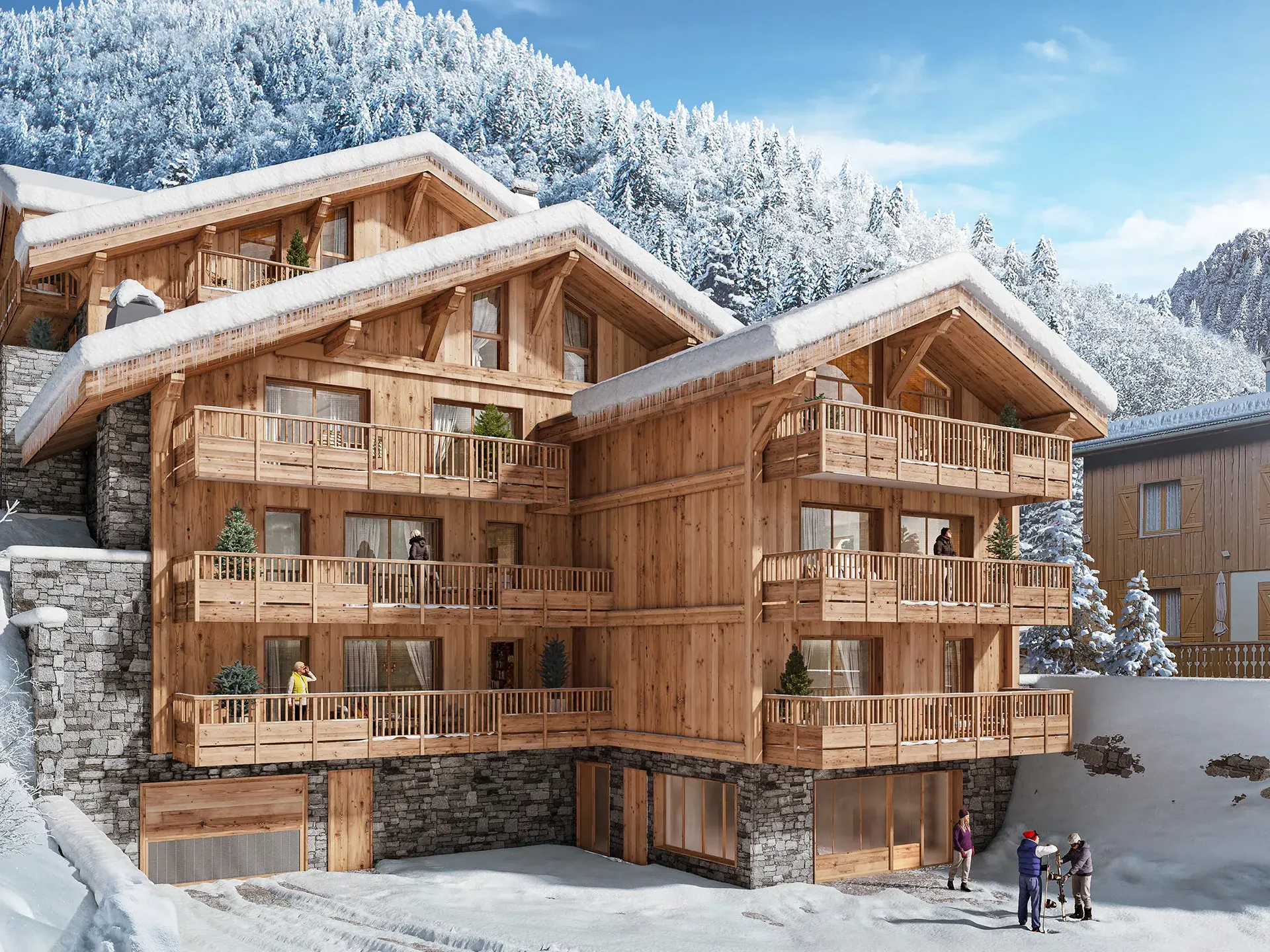
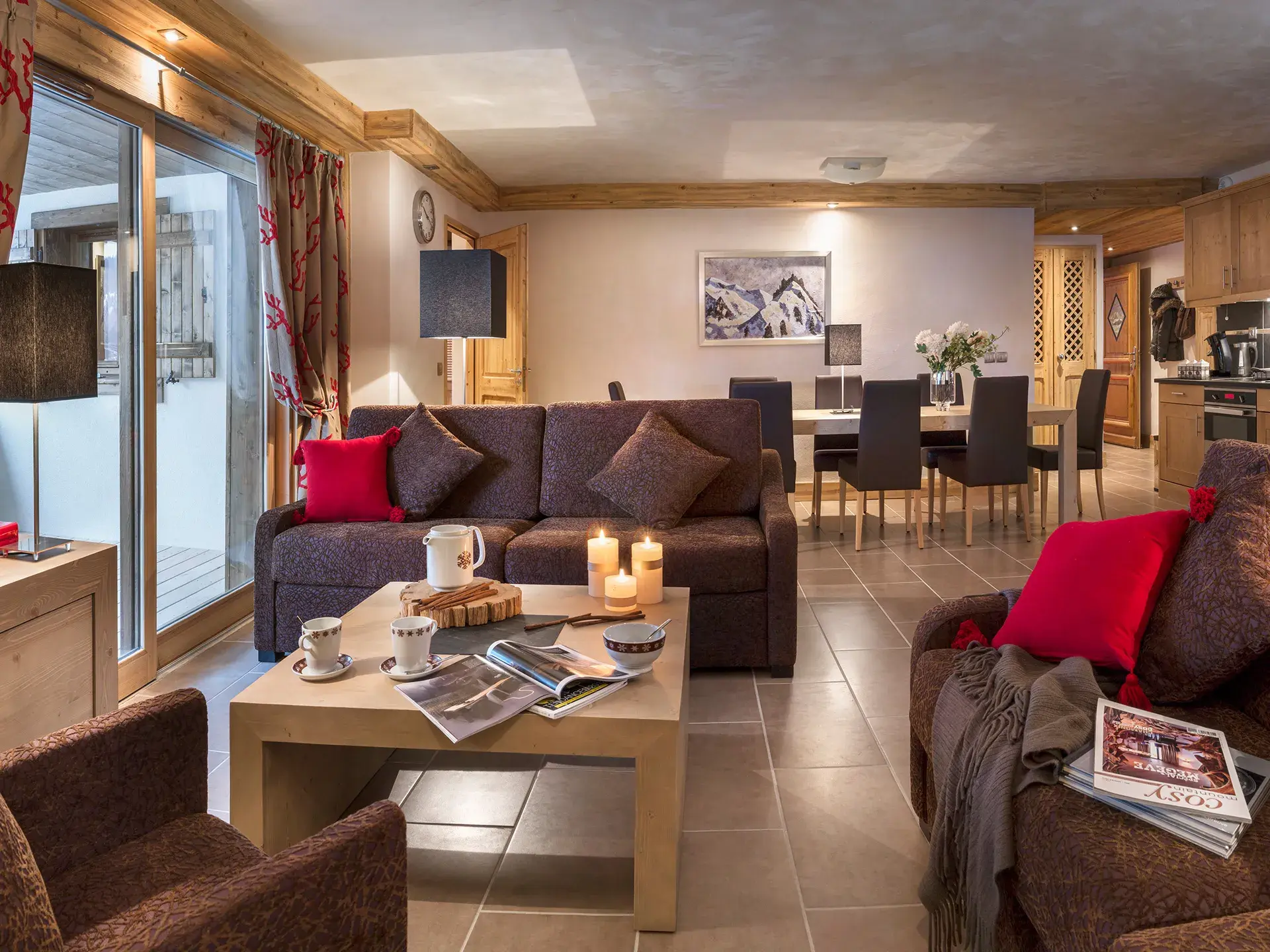
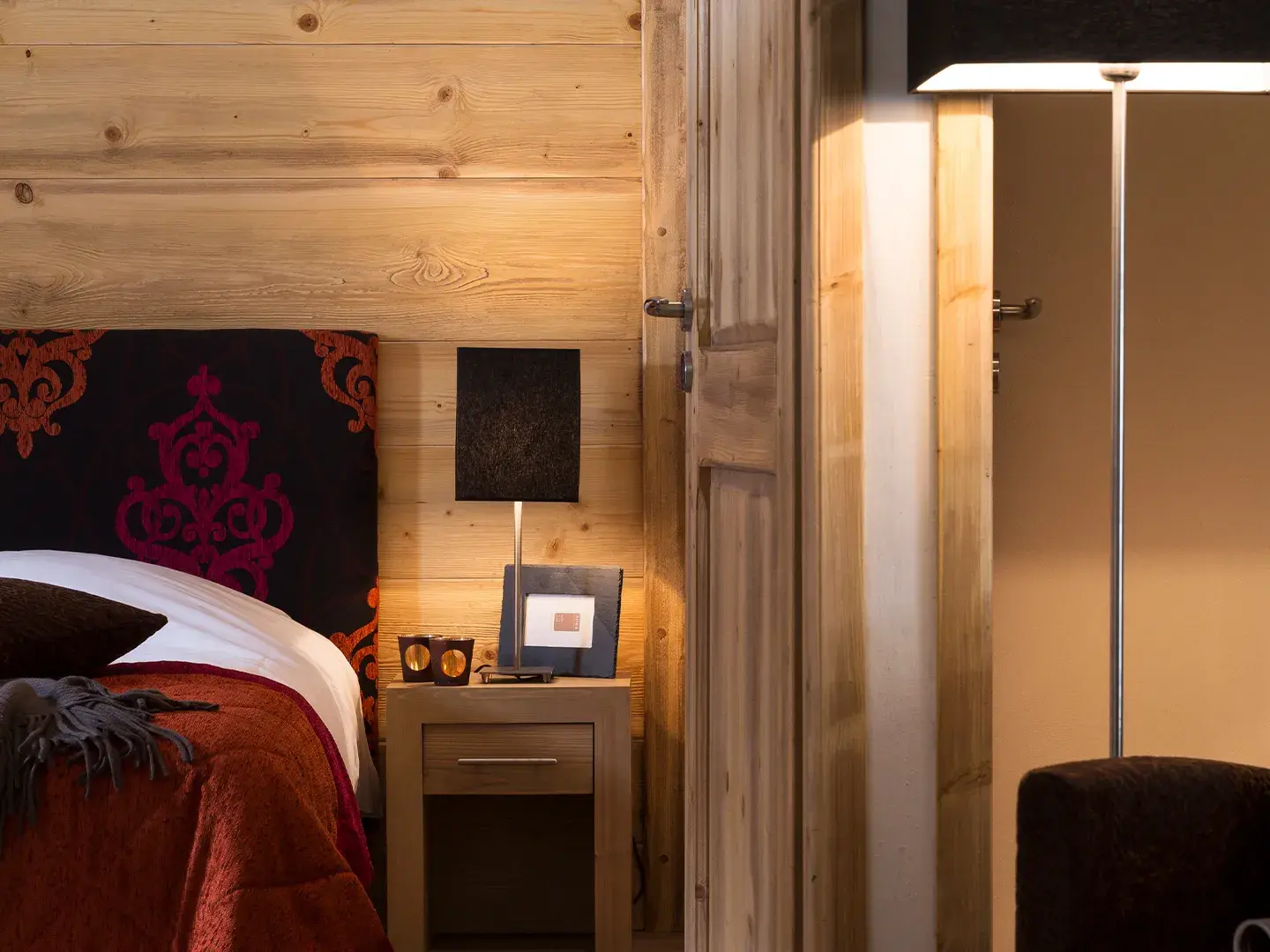
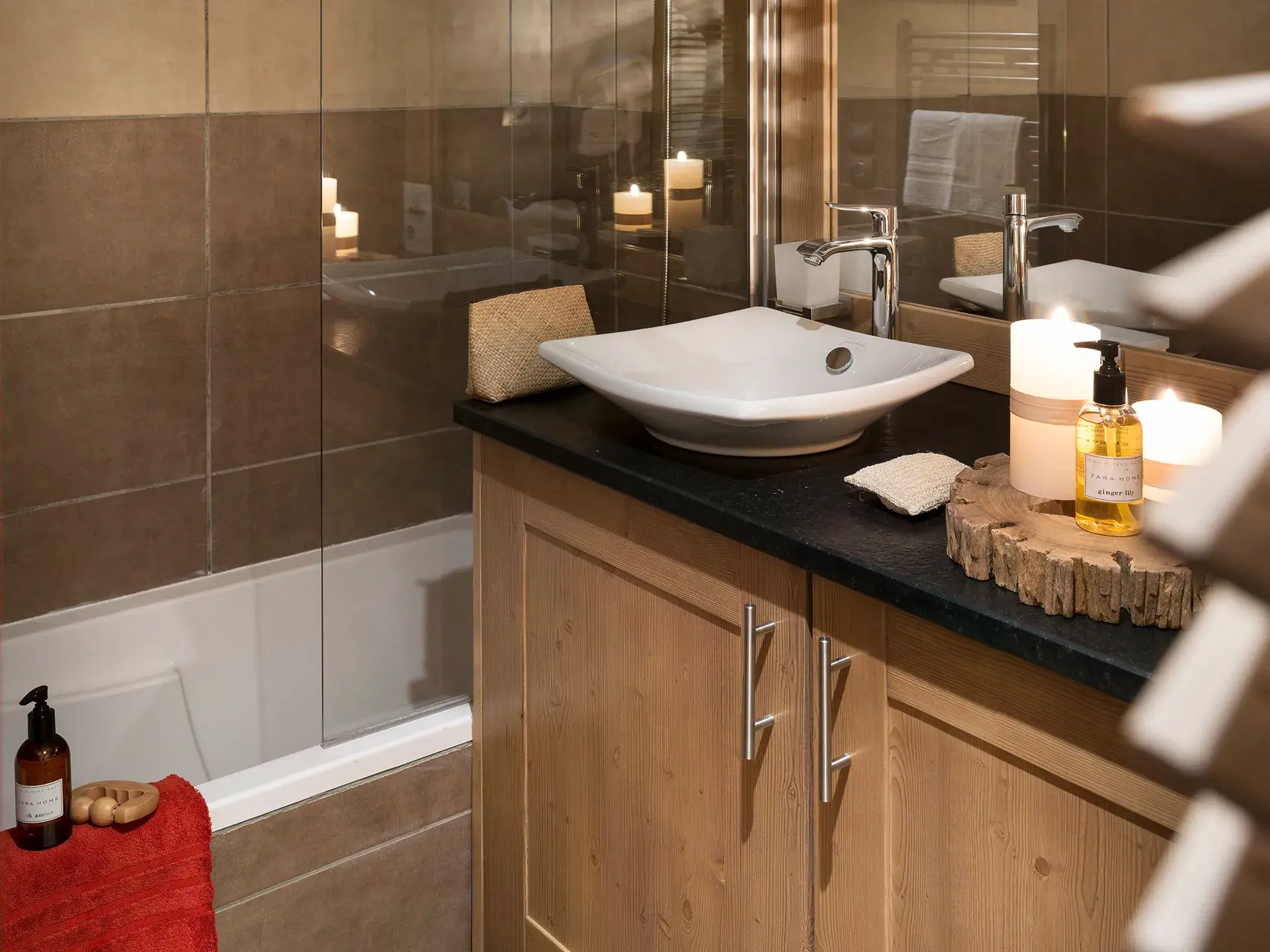
Champagny-en-Vanoise (73)
Chalet Naya
From 2-bedroom to 4-bedroom
From 635 000 € incl. VAT
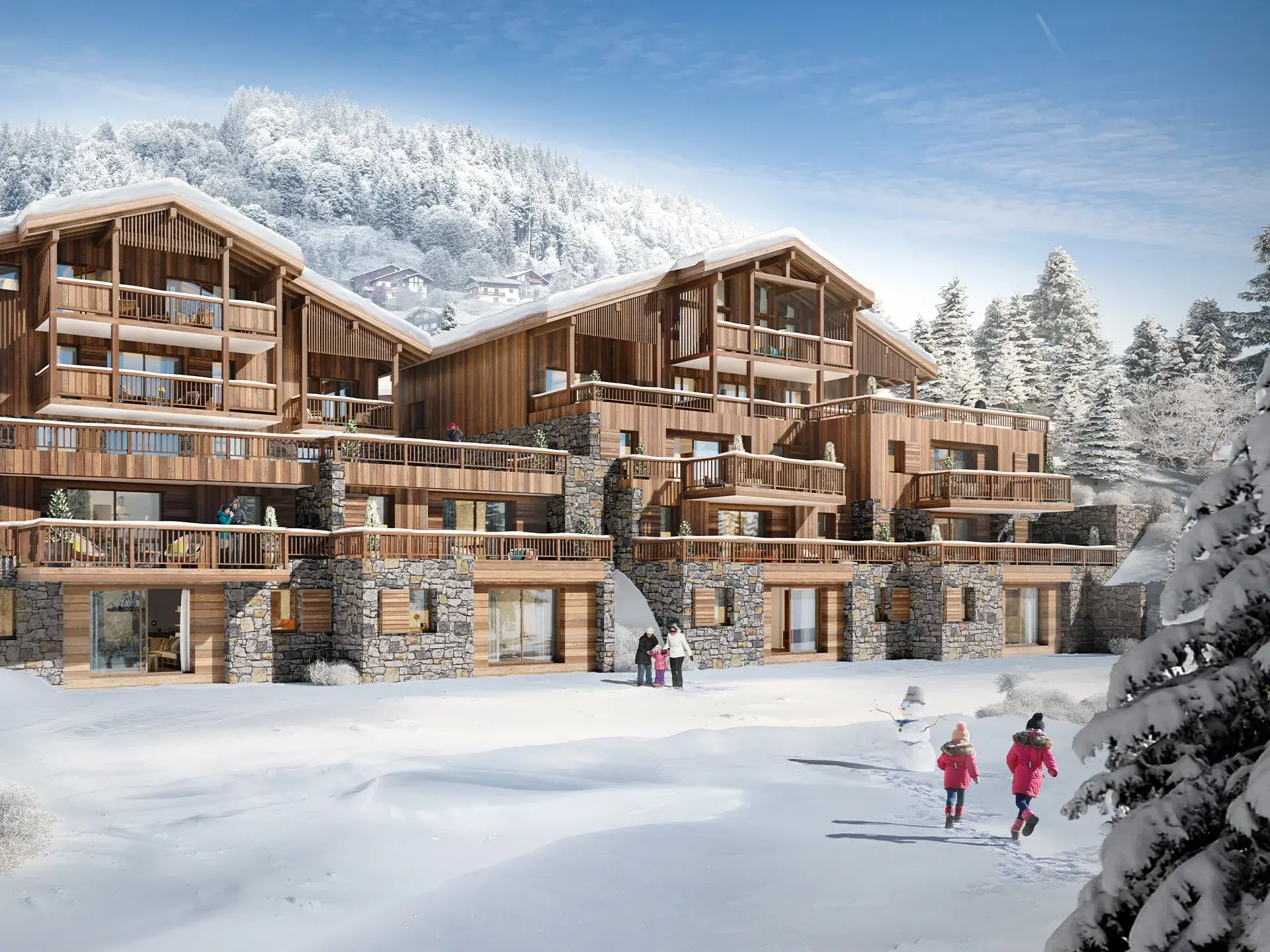
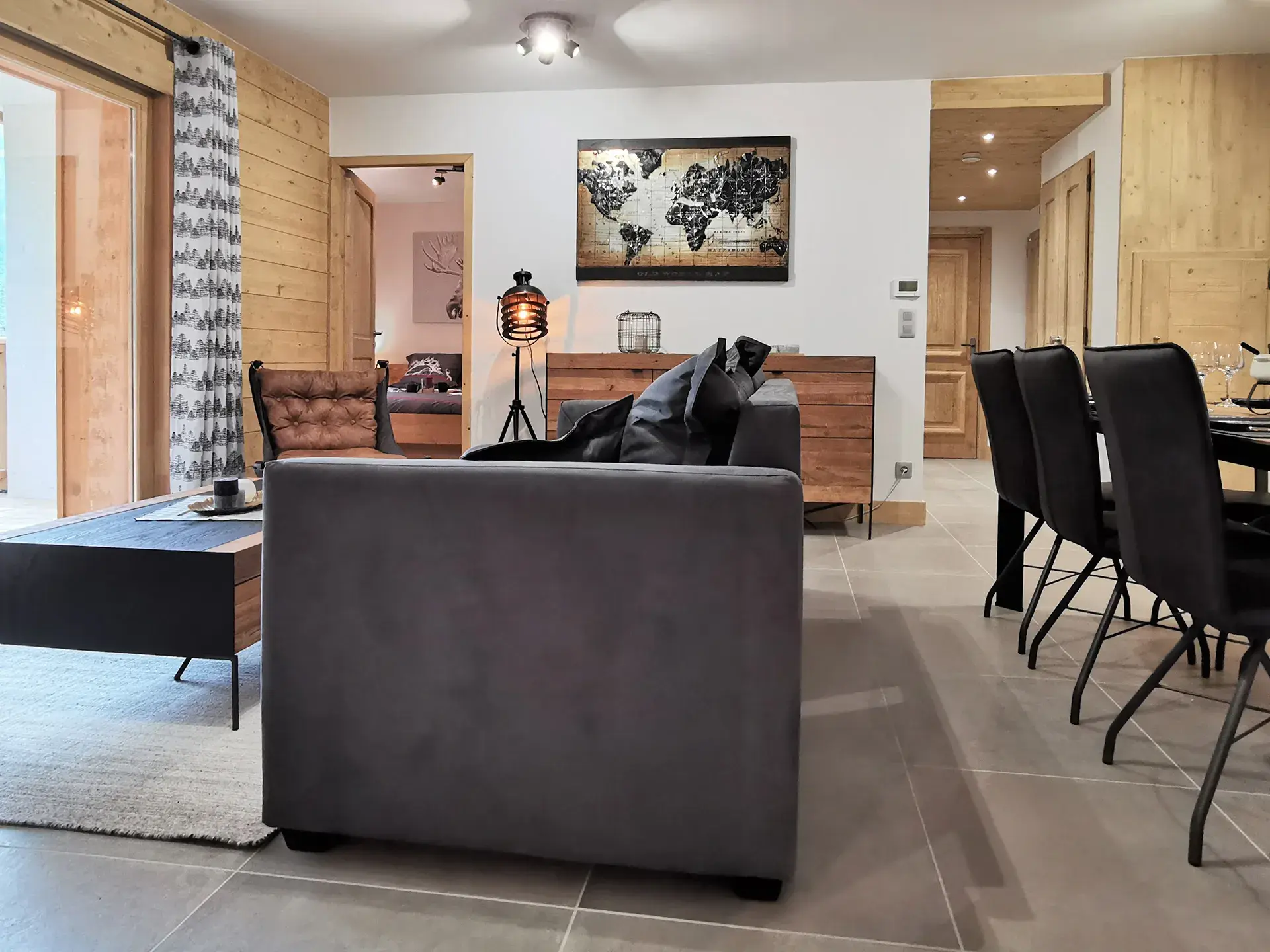
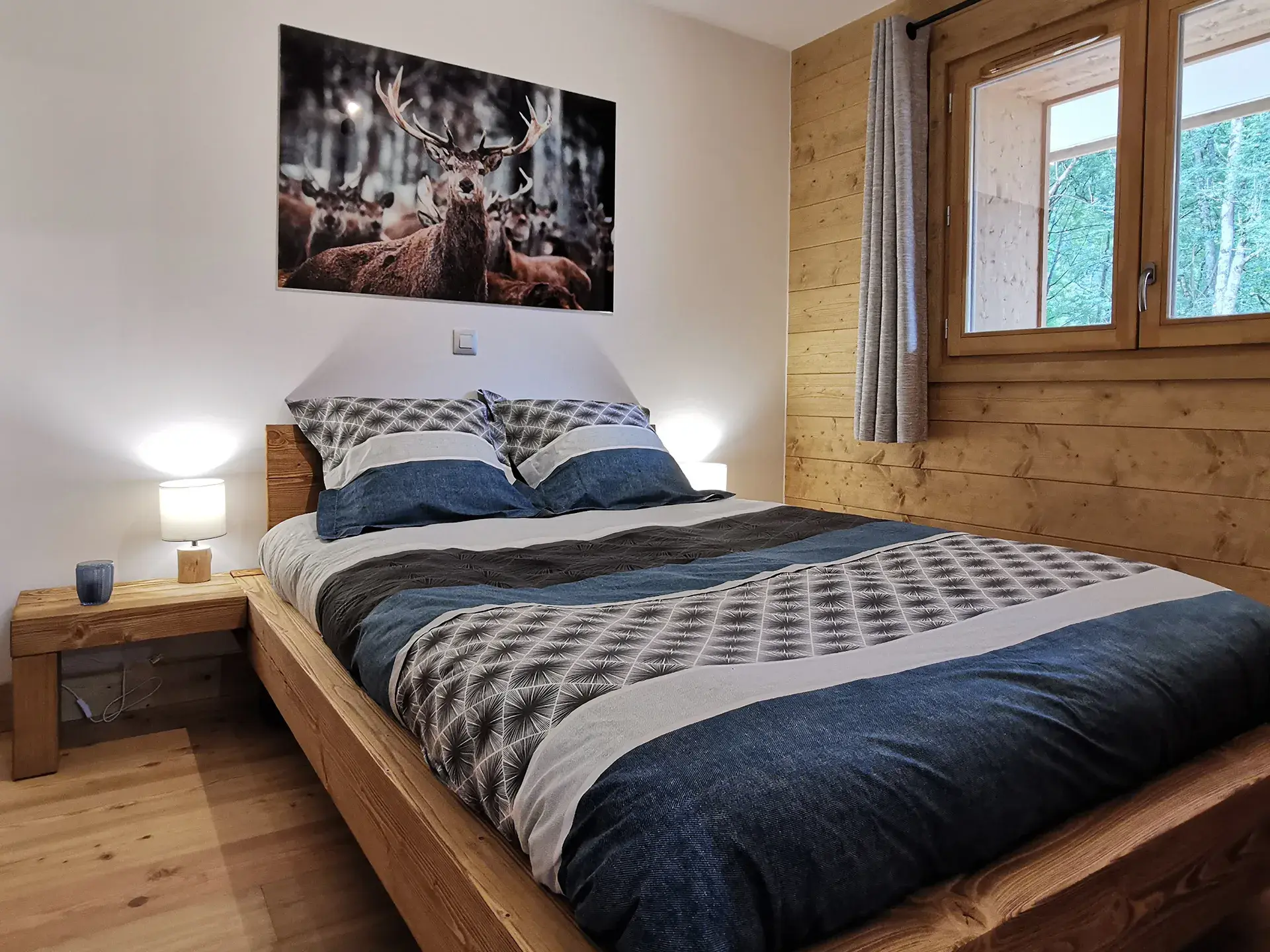
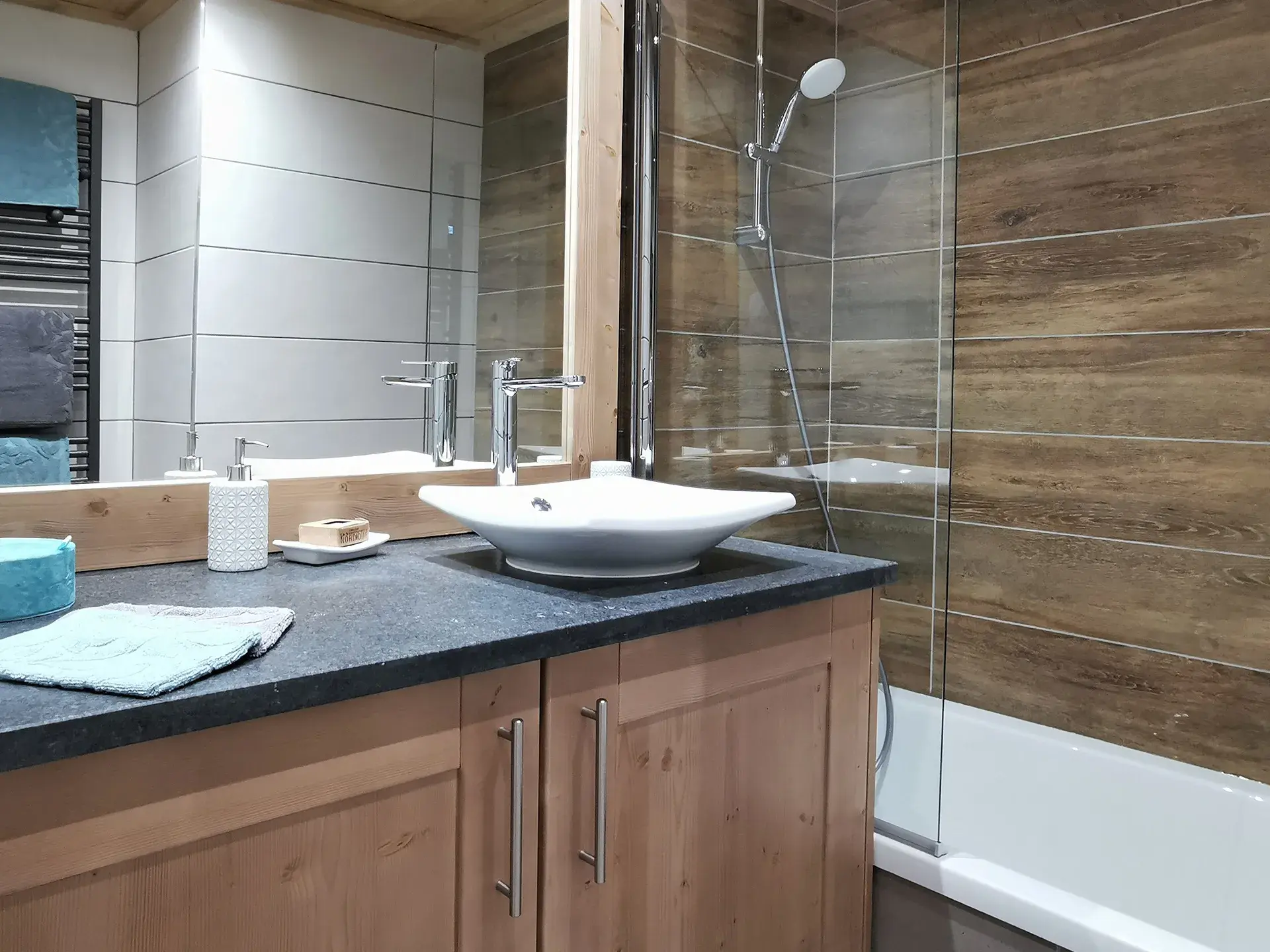
Les Gets (74)
Chalets Séléna
From 2-bedroom to 4/5 bedroom
From 530 000 € incl. VAT
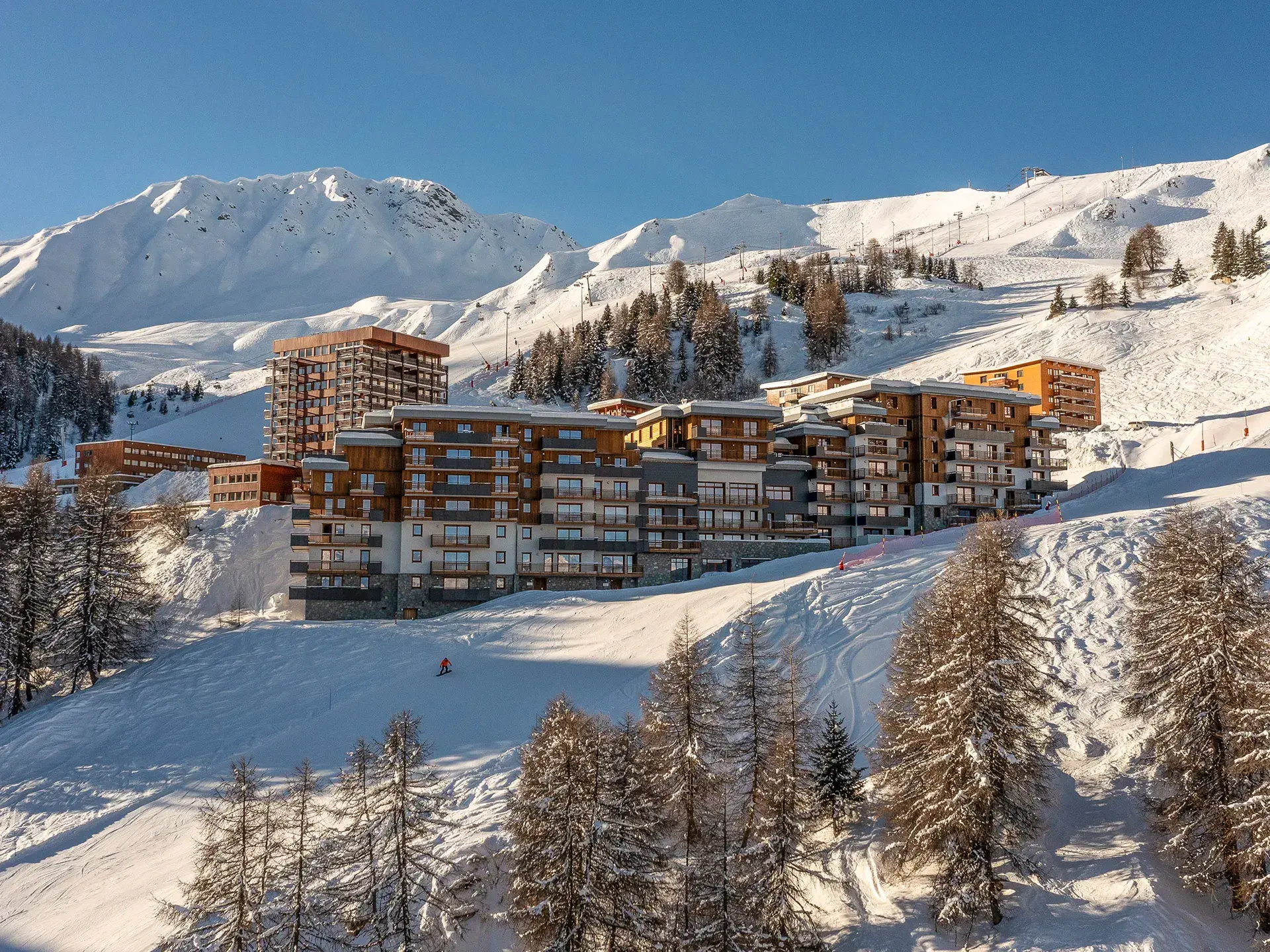
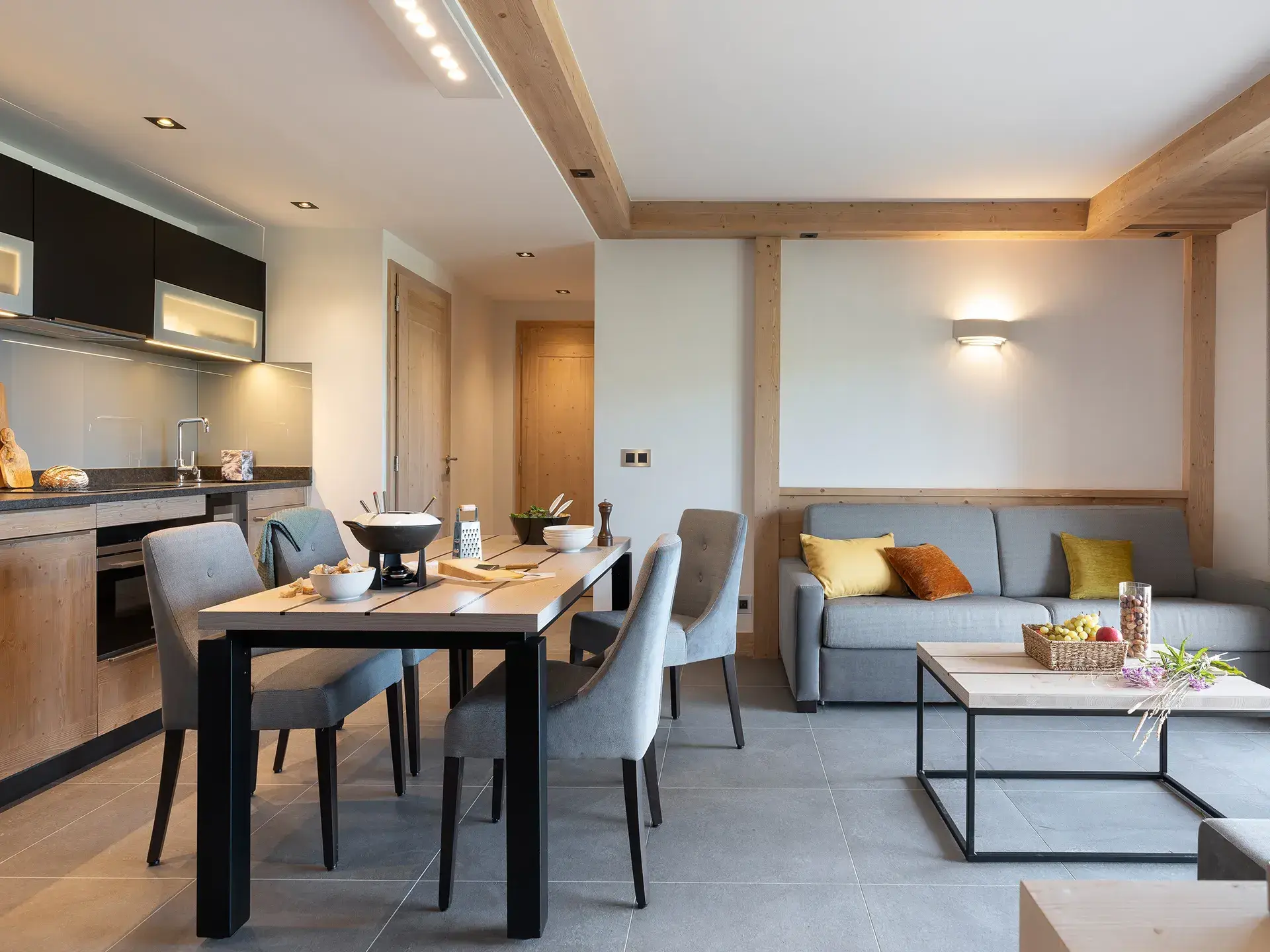
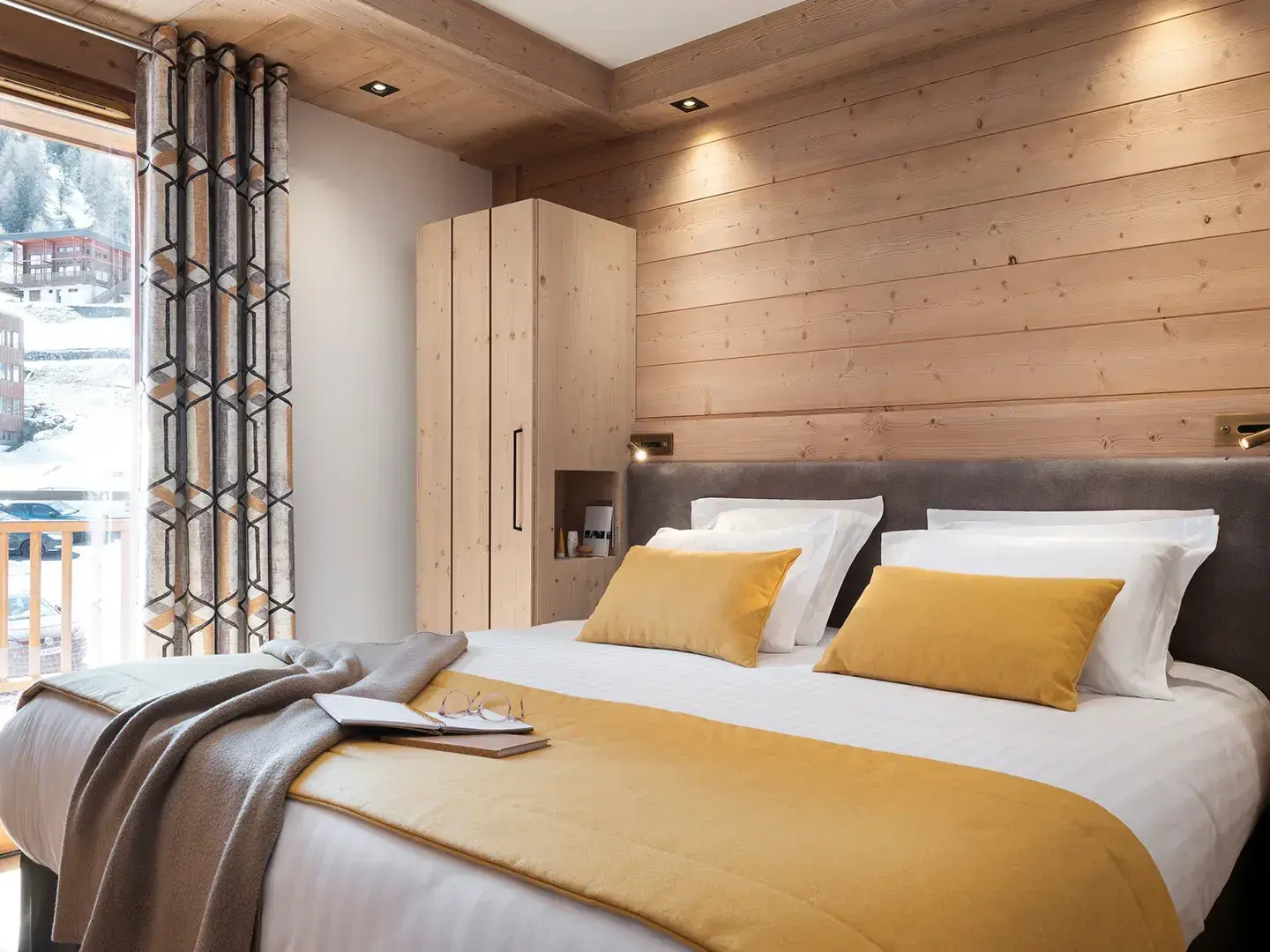
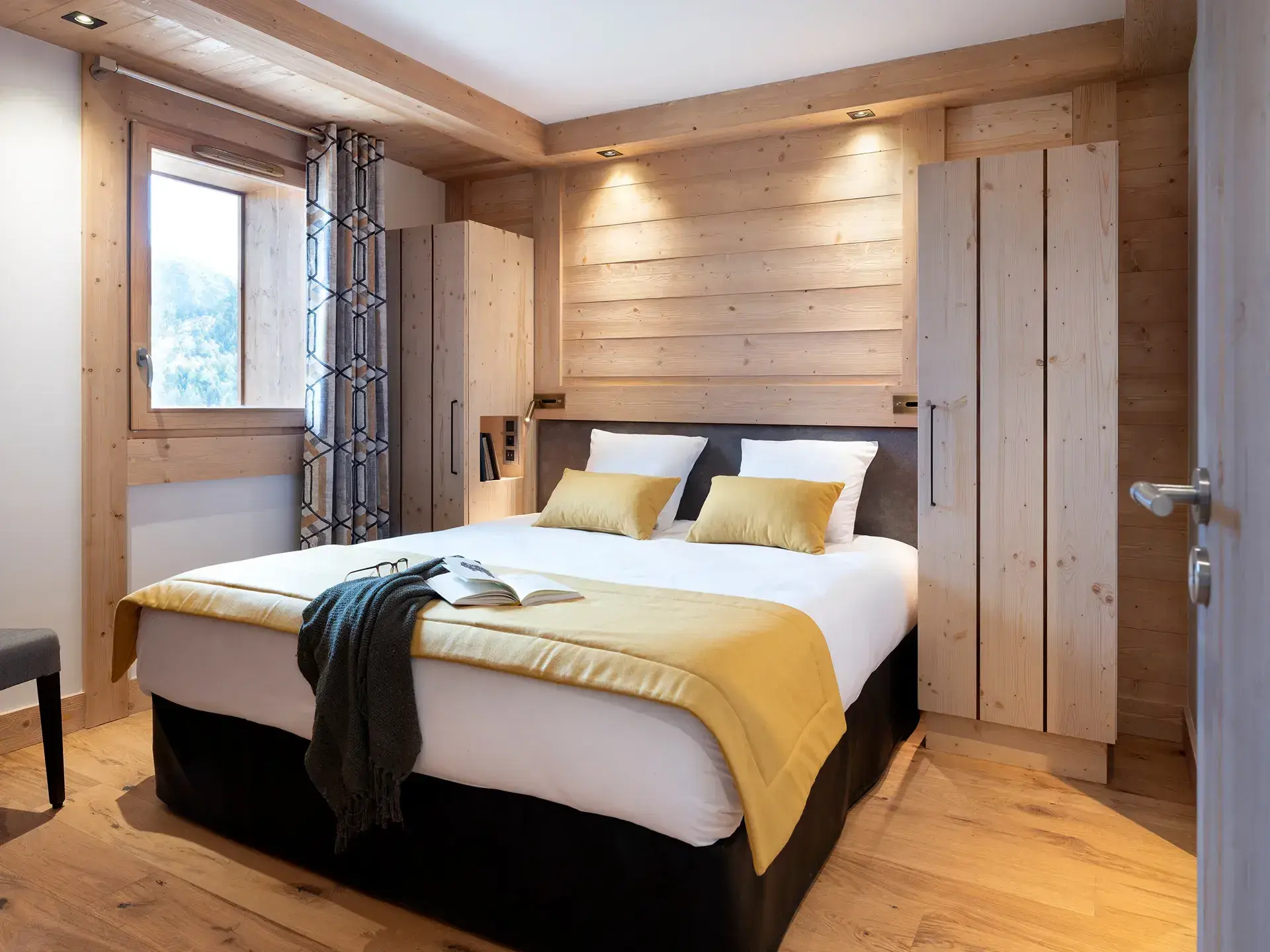
La Plagne (73)
Residence Manaka
From 1-bedroom to 3-bedroom
From 345 834 € excl. VAT
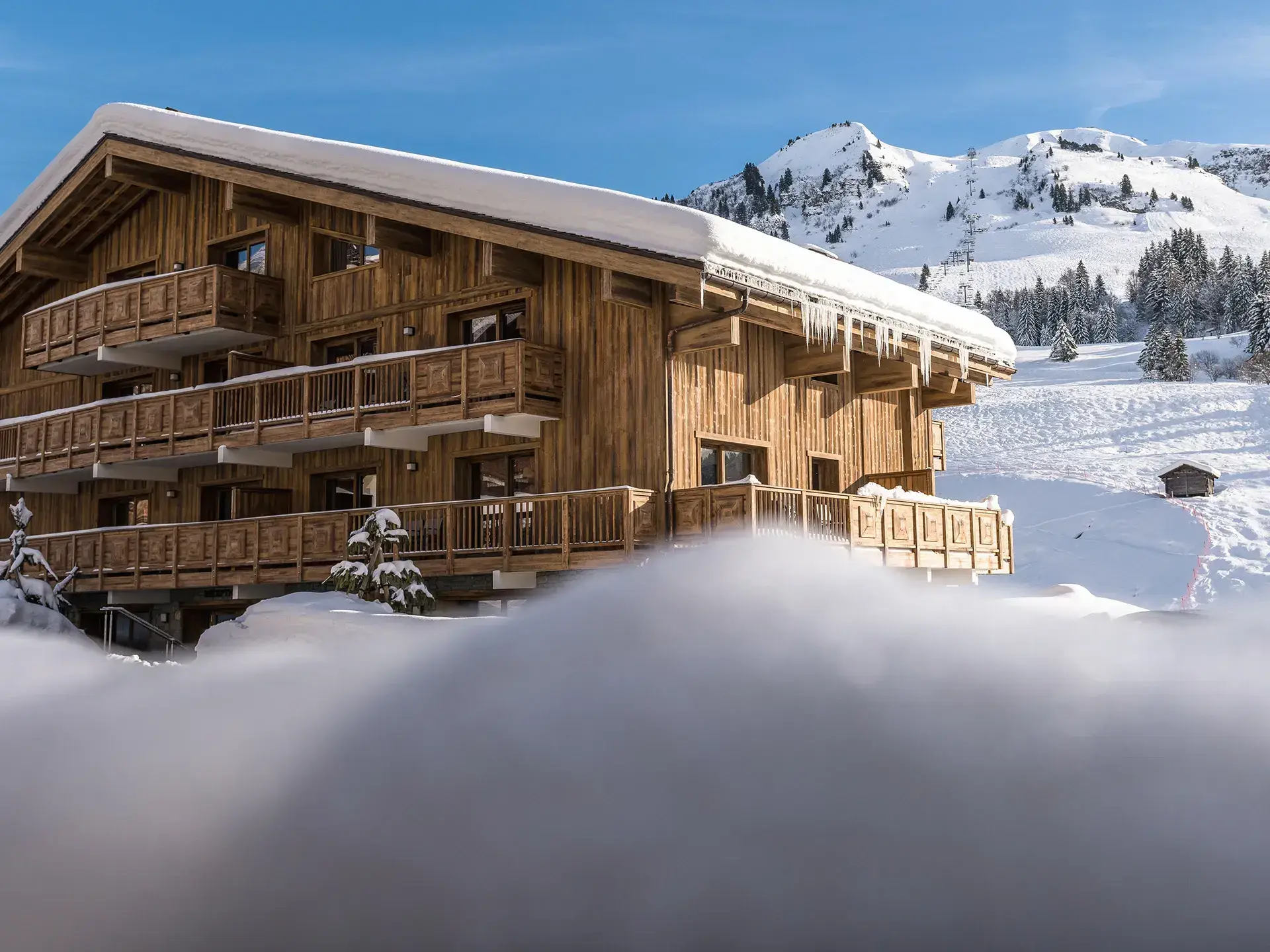
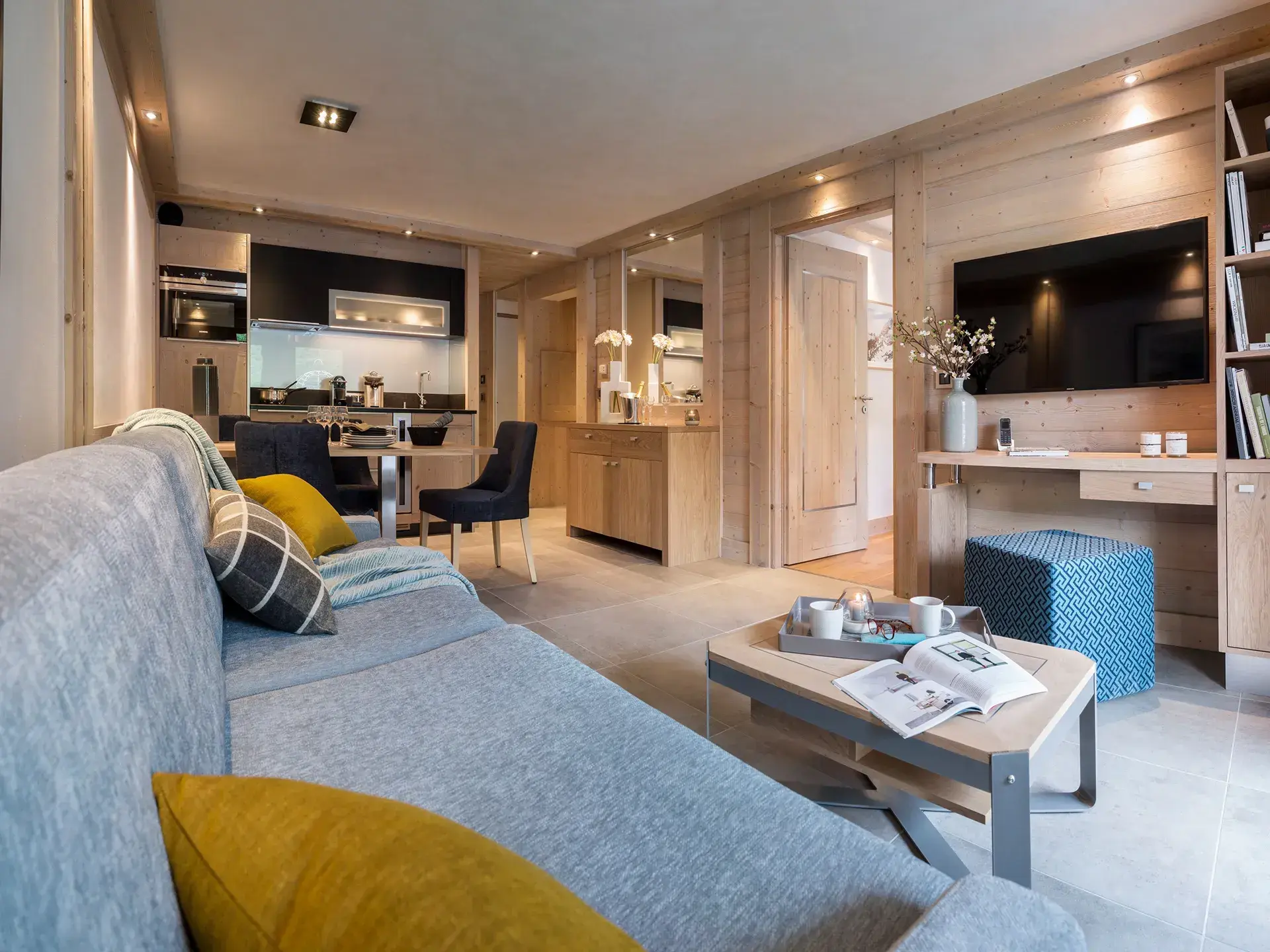
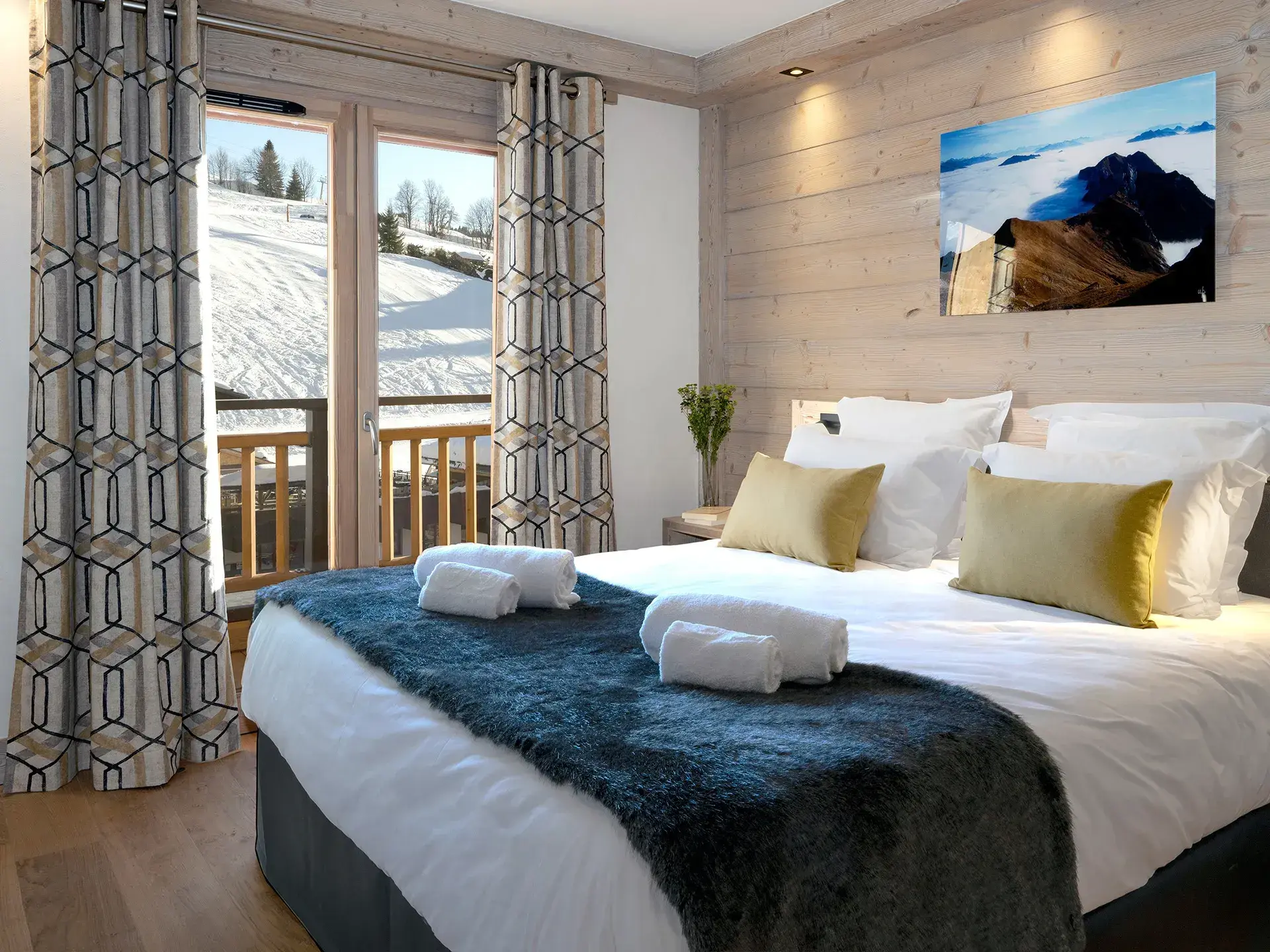
Le Grand-Bornand (74)
Le Roc des Tours
From 2-bedroom to 4-bedroom Duplex
From 420 834 € excl. VAT
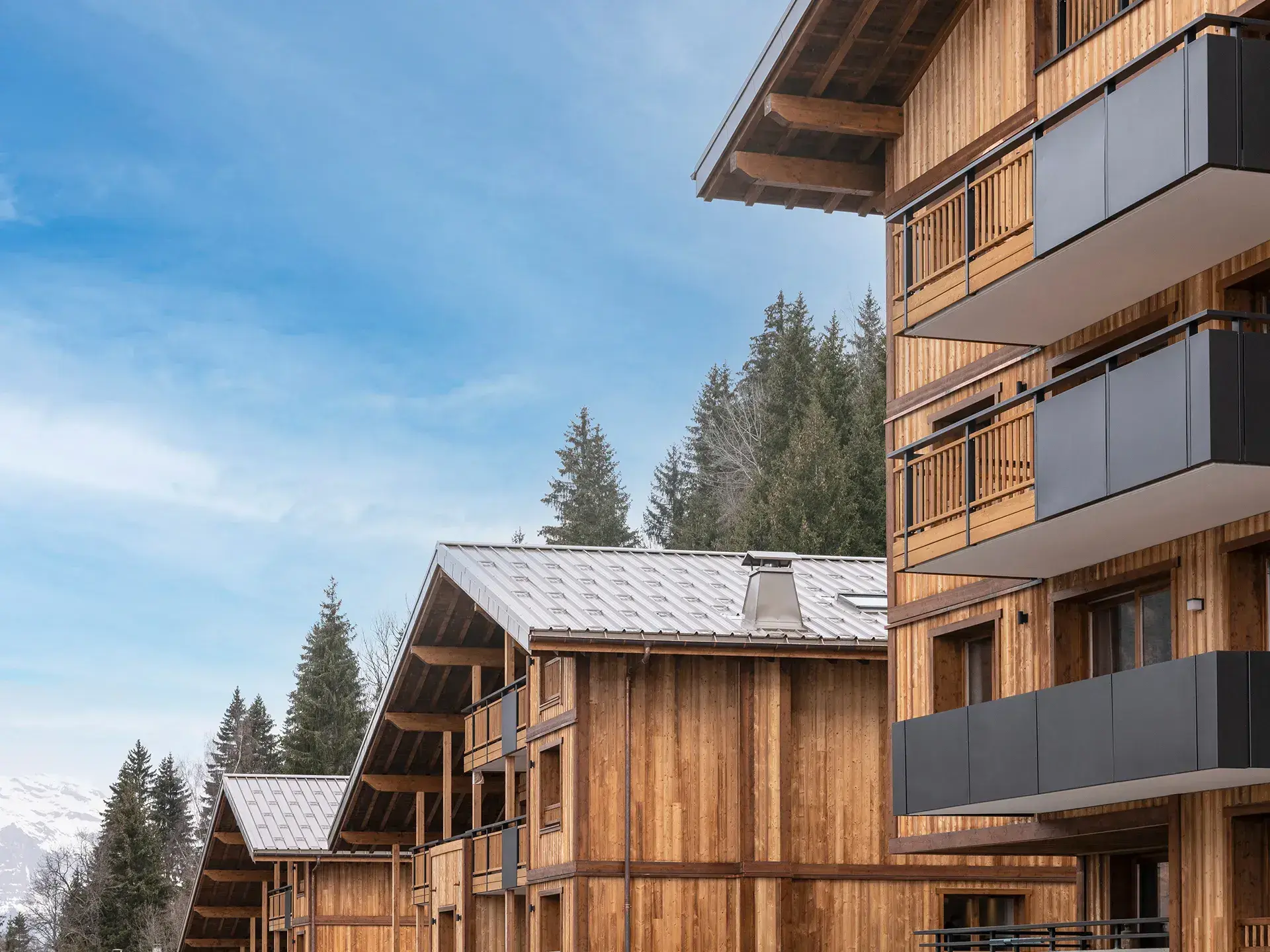
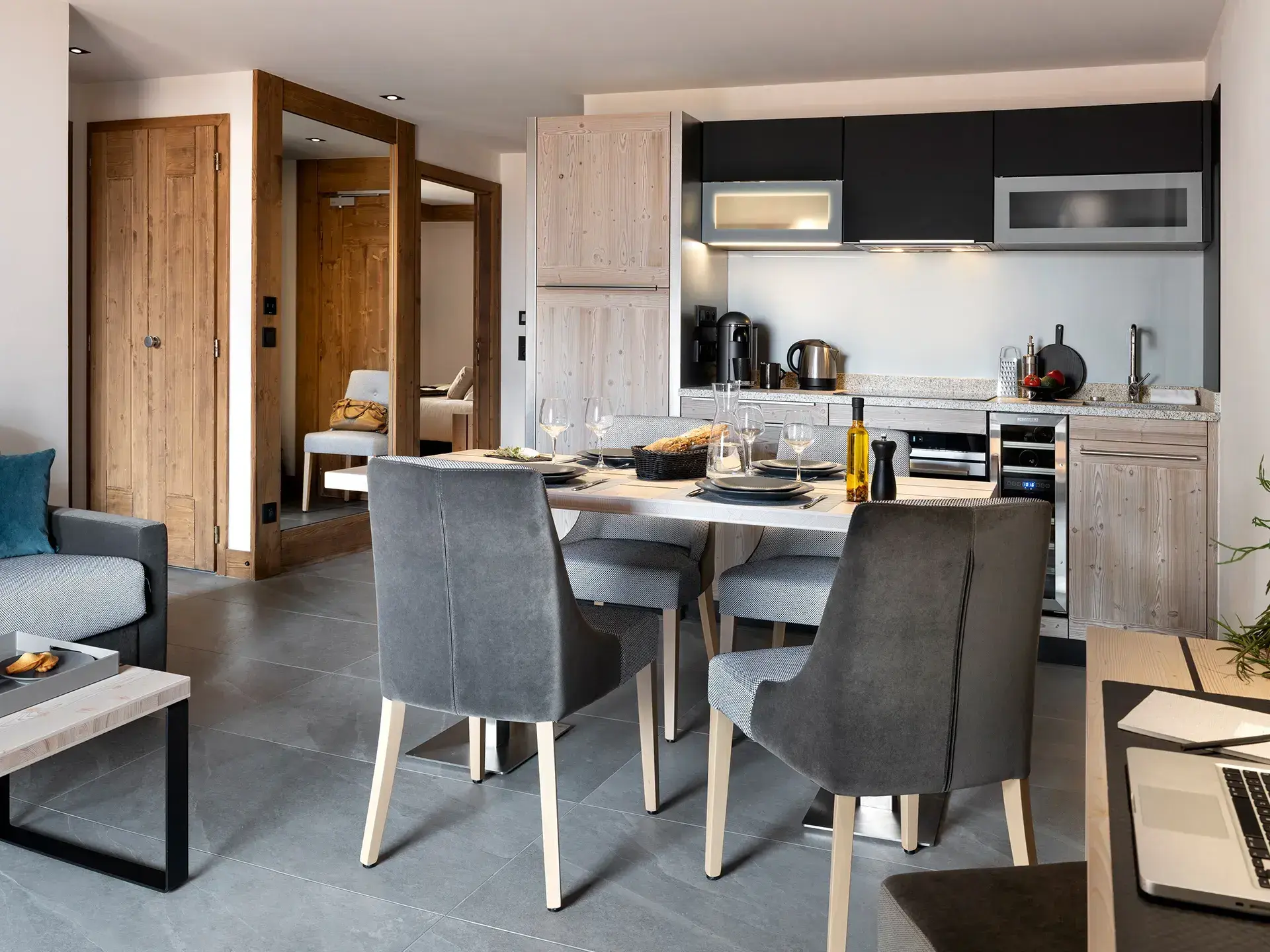
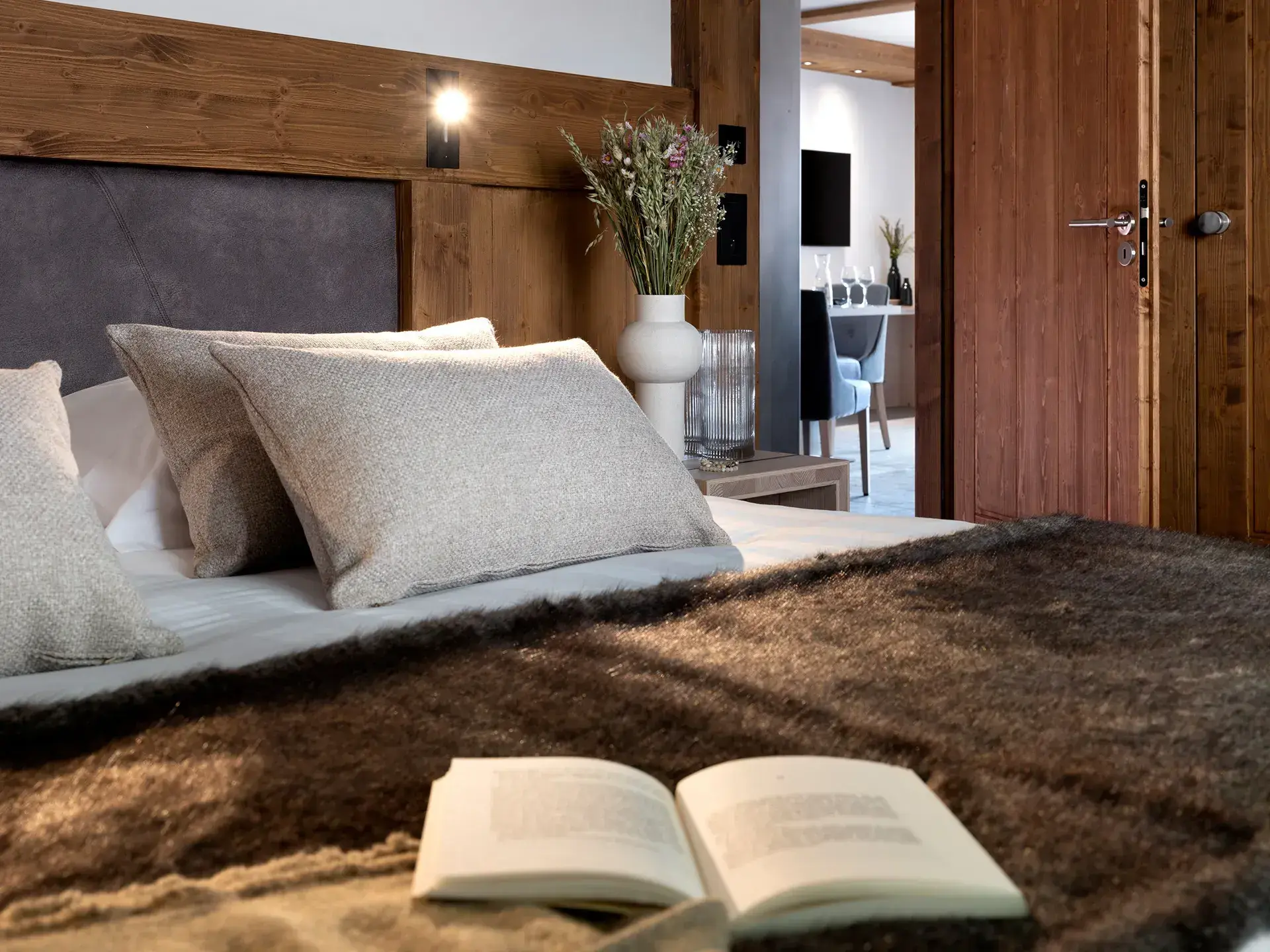
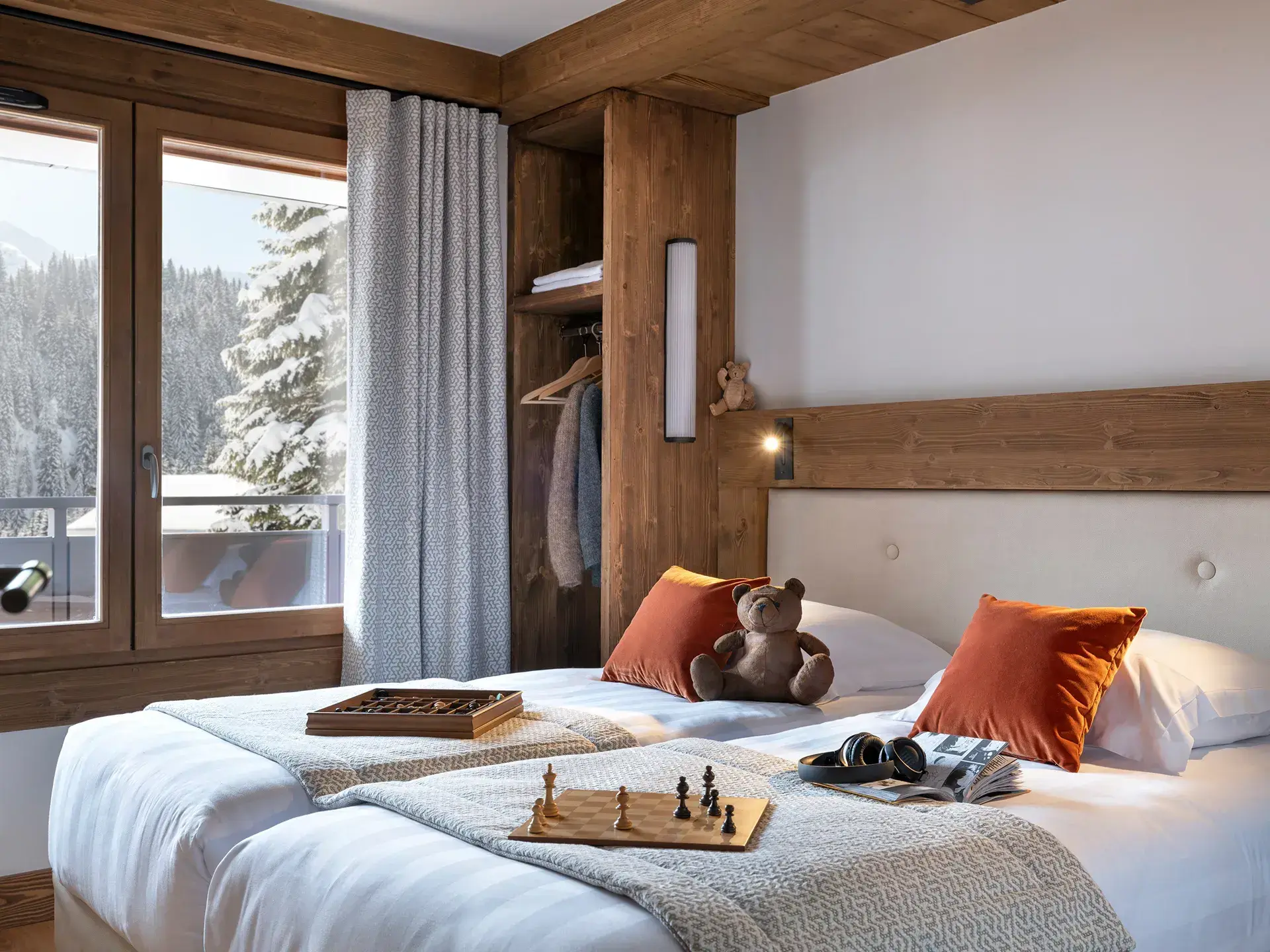
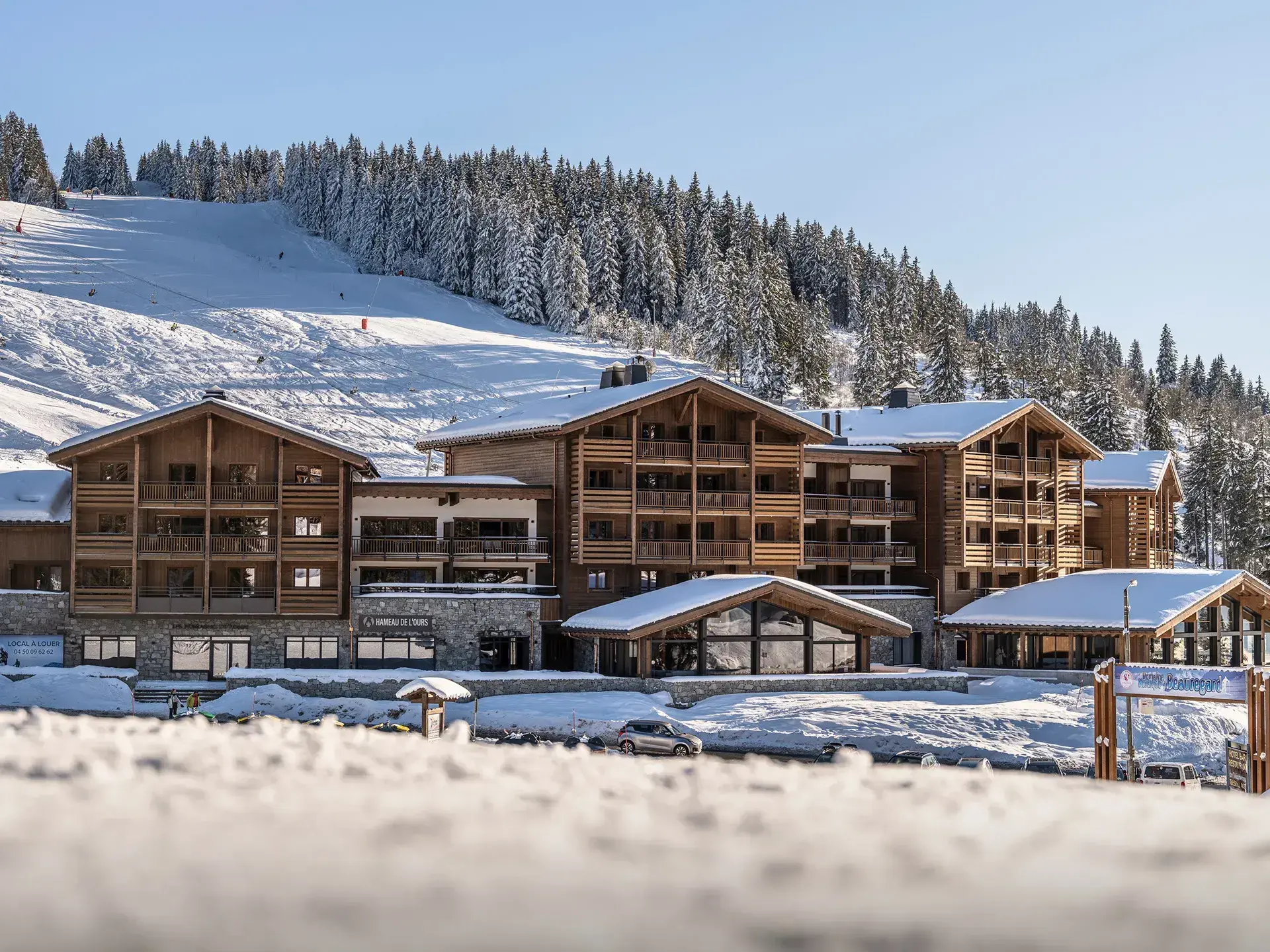
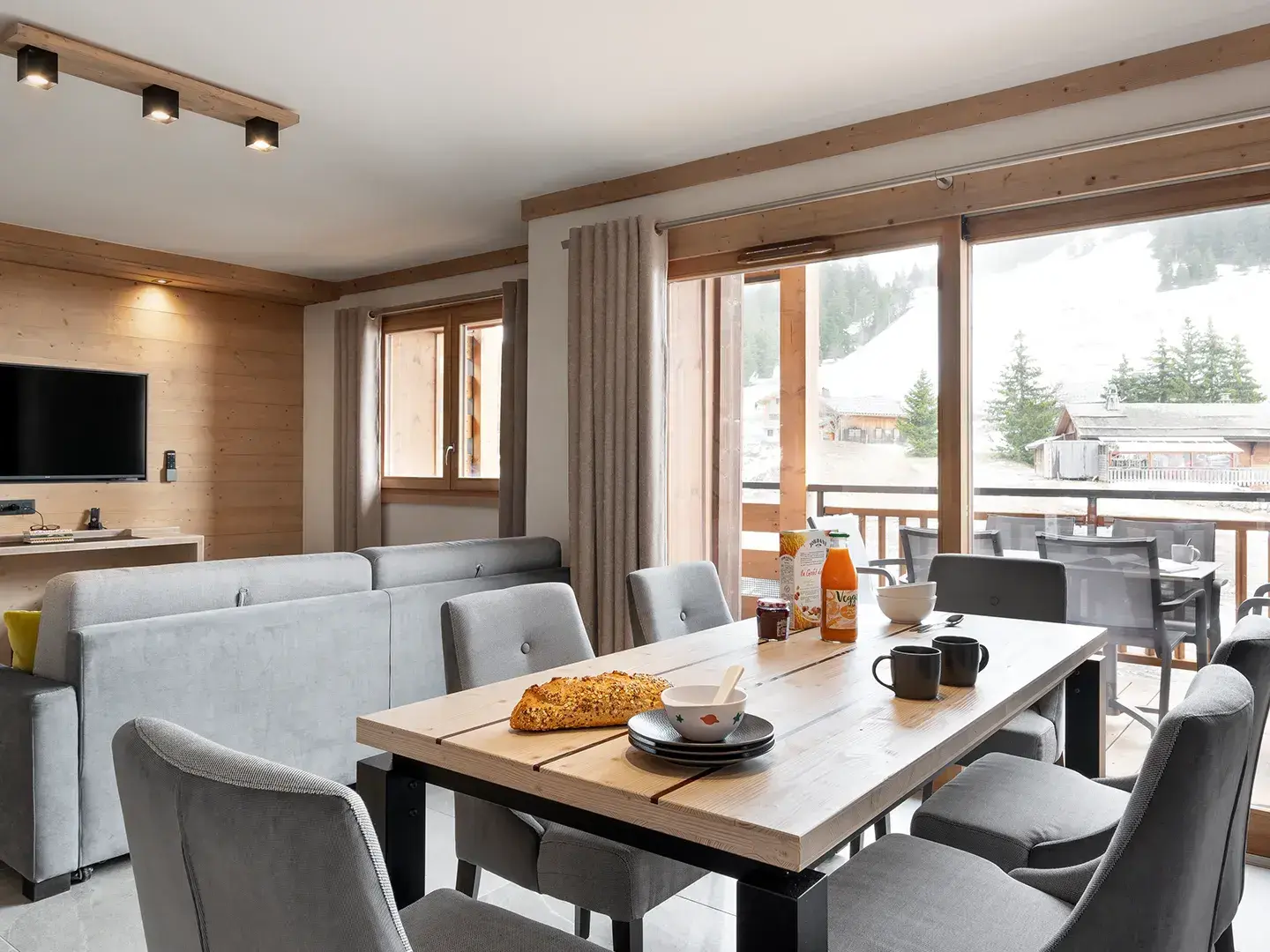
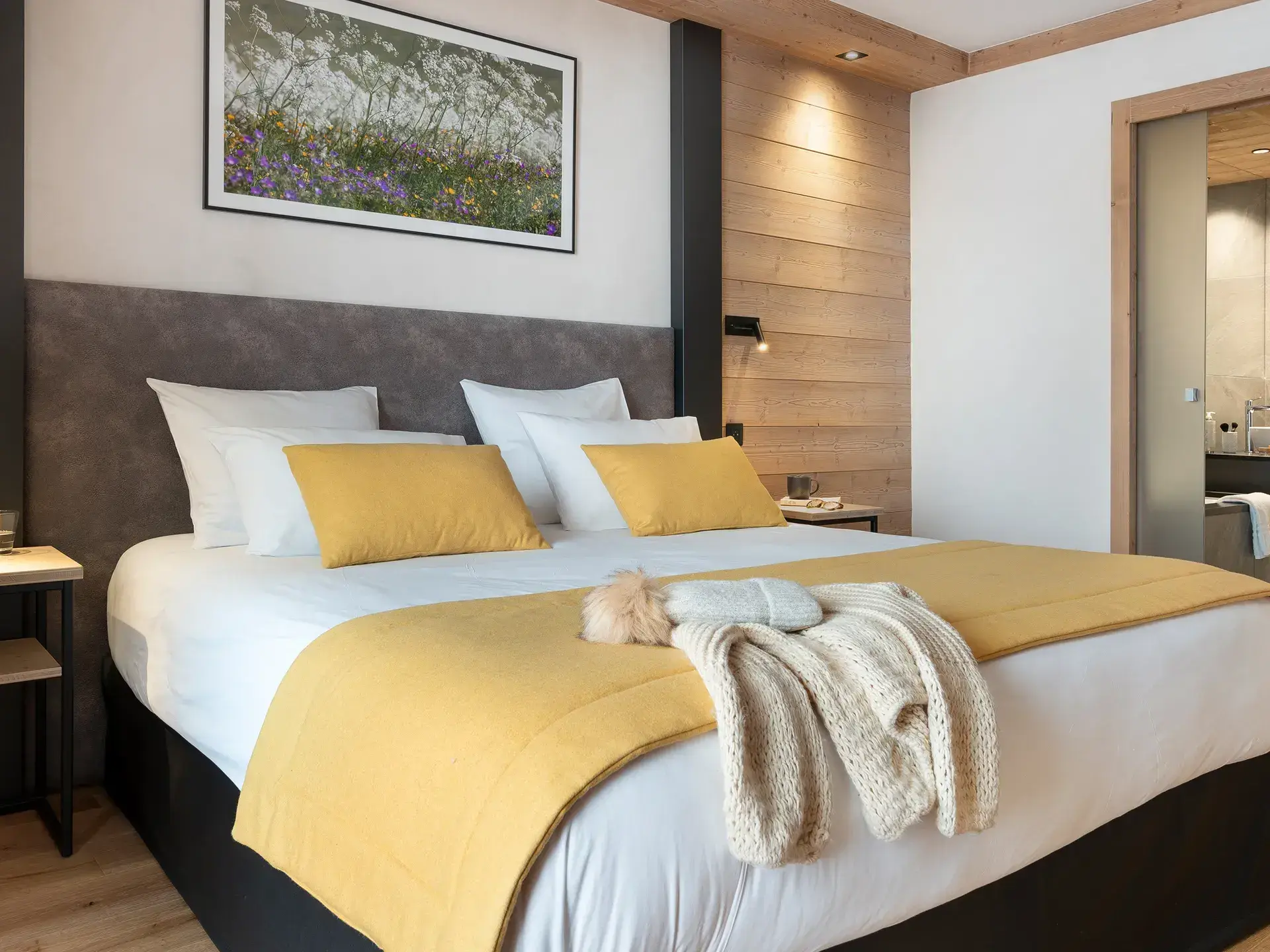
Manigod La Croix-Fry (74)
Hameau de l'Ours
From 2-bedroom to 2-bedroom Duplex
From 409 167 € excl. VAT
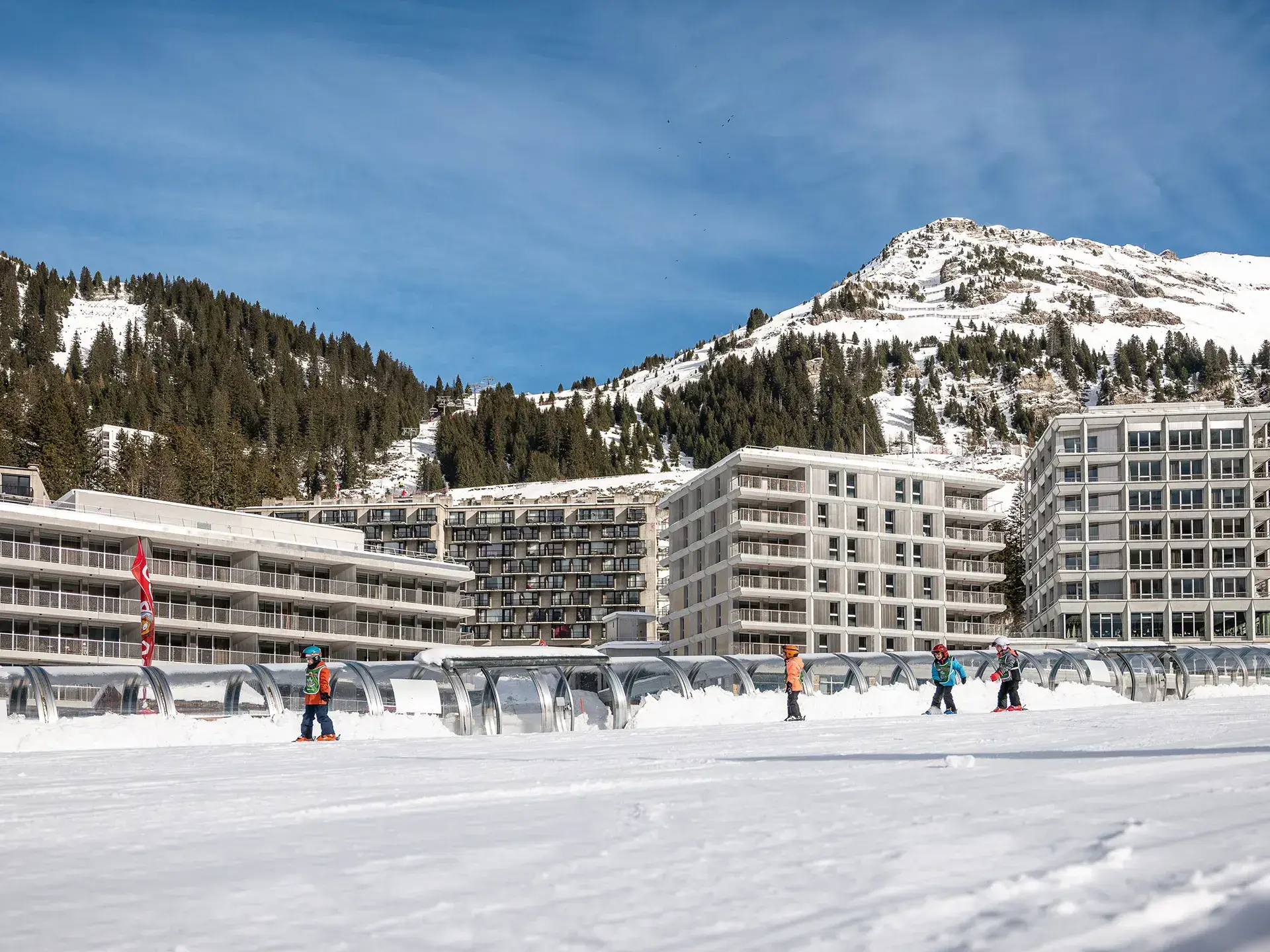
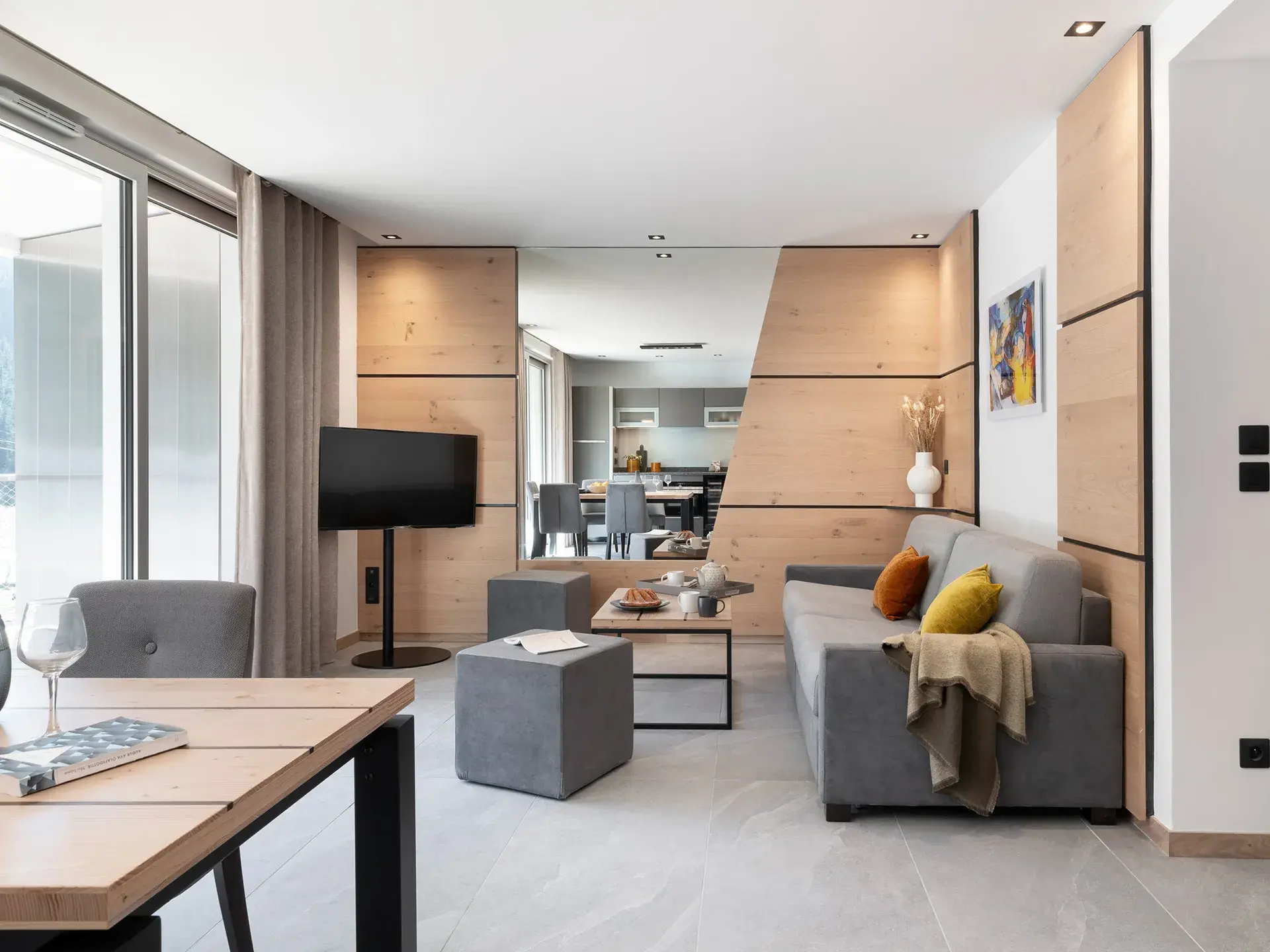
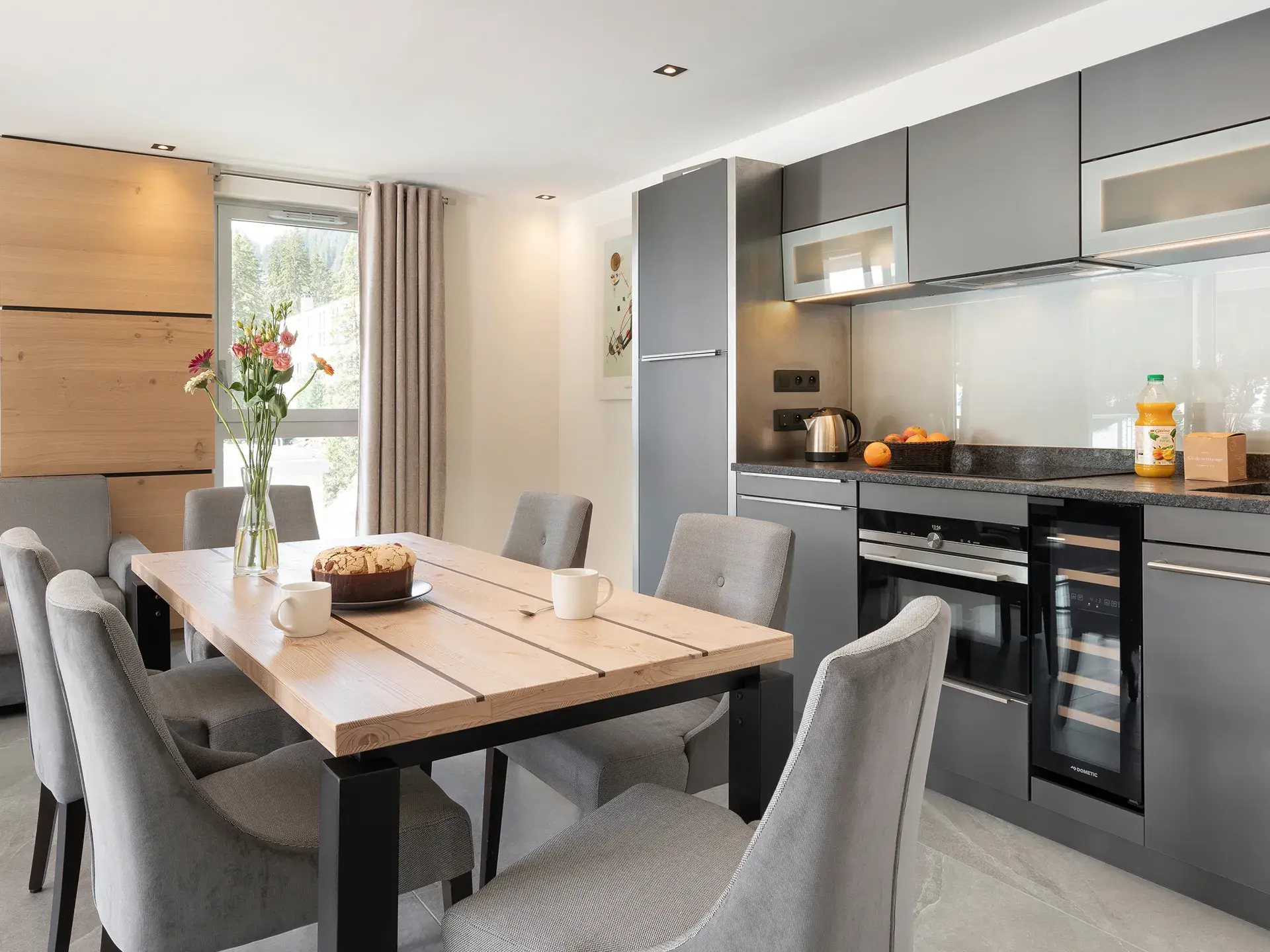
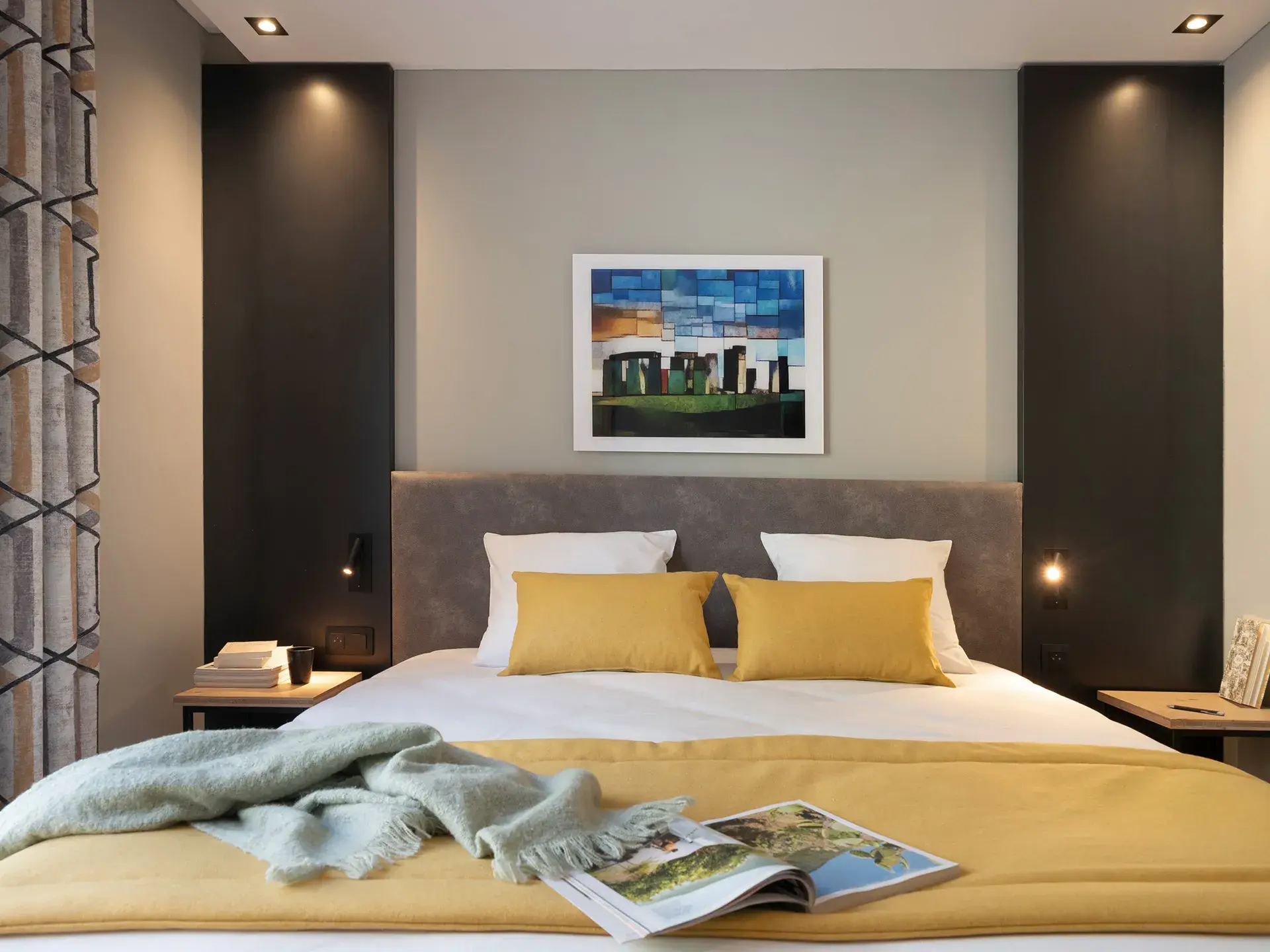
Flaine (74)
Residence Alhéna
From 2-bedroom to 3-bedroom
From 385 000 € excl. VAT
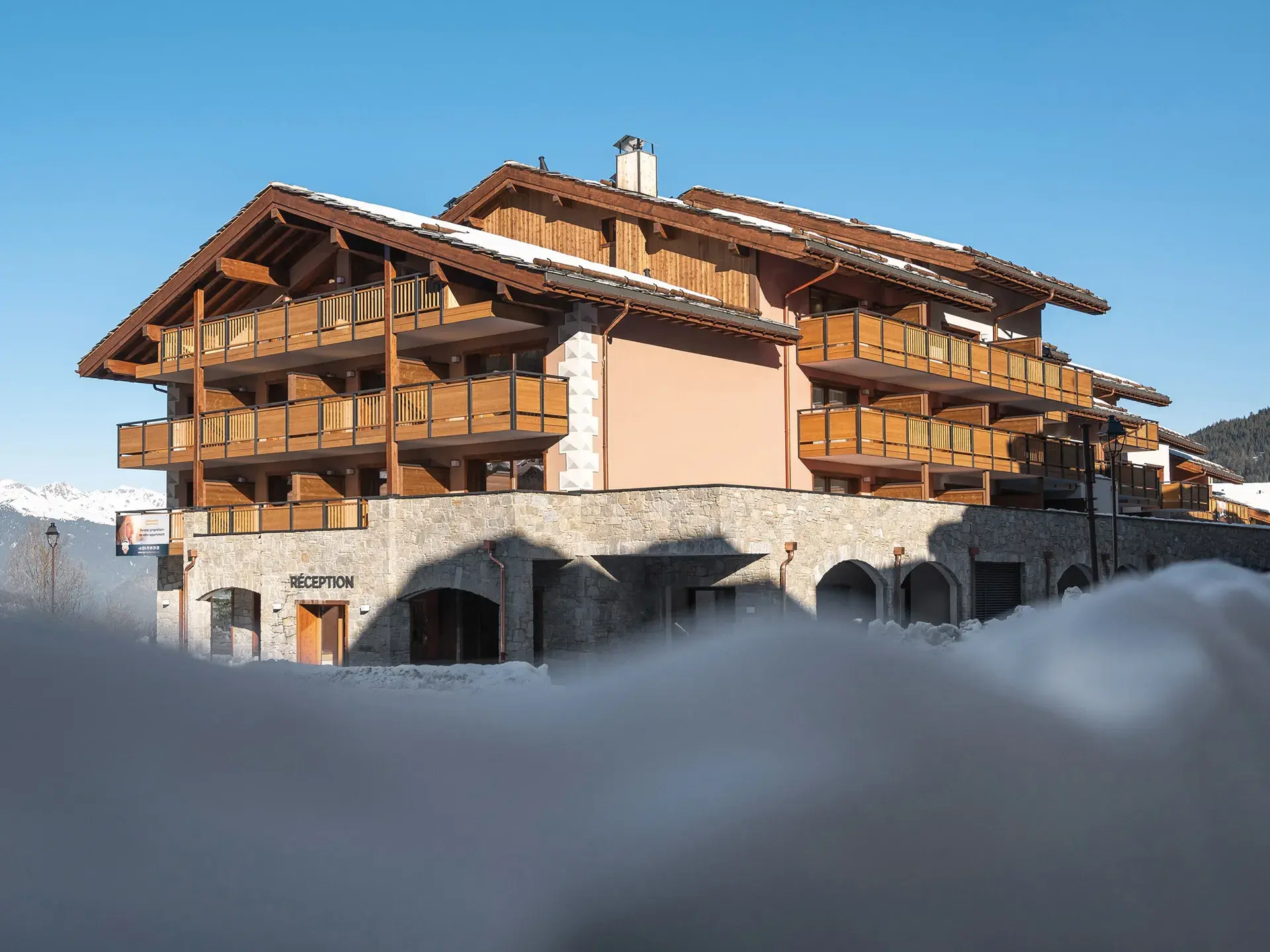
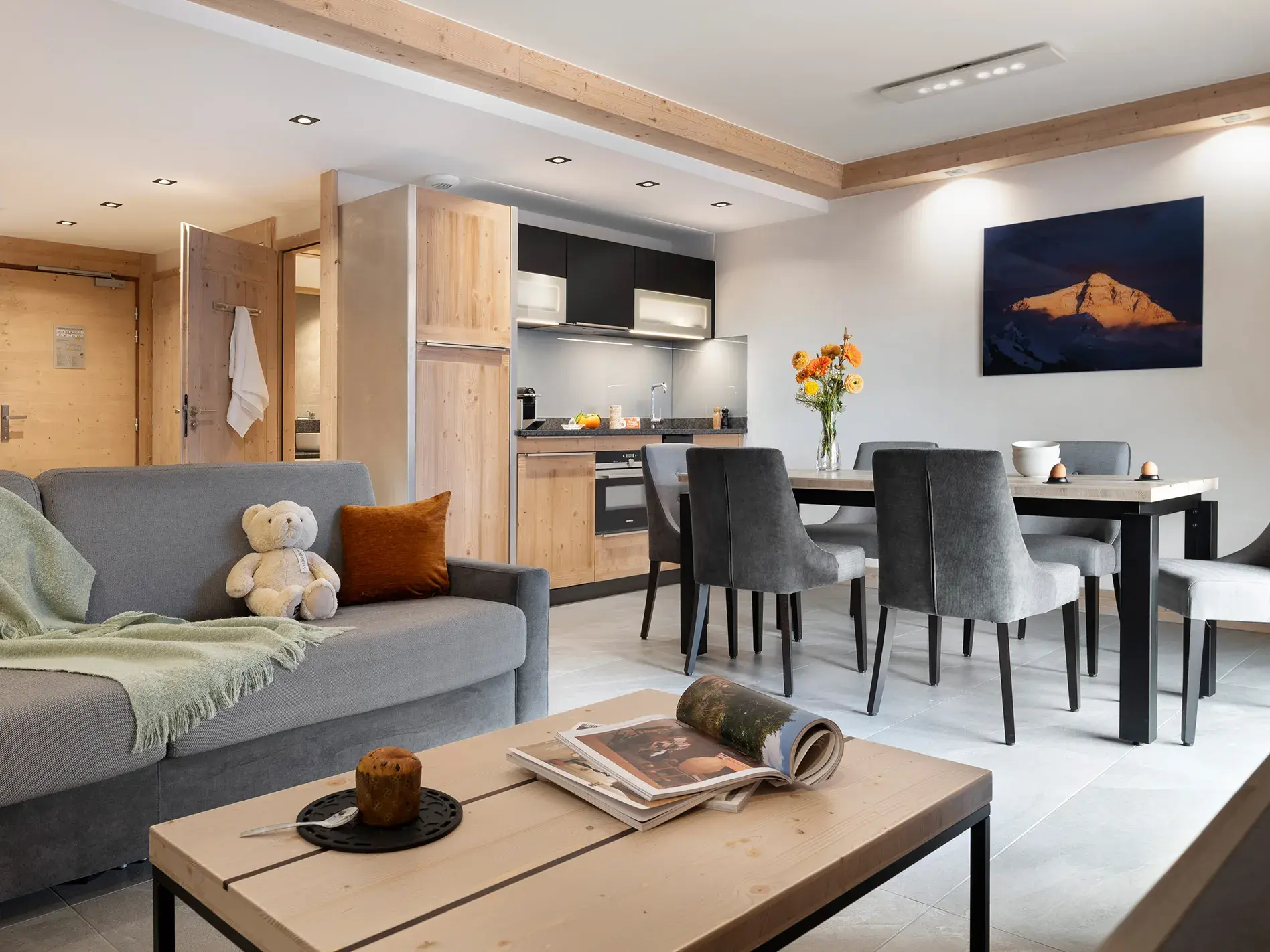
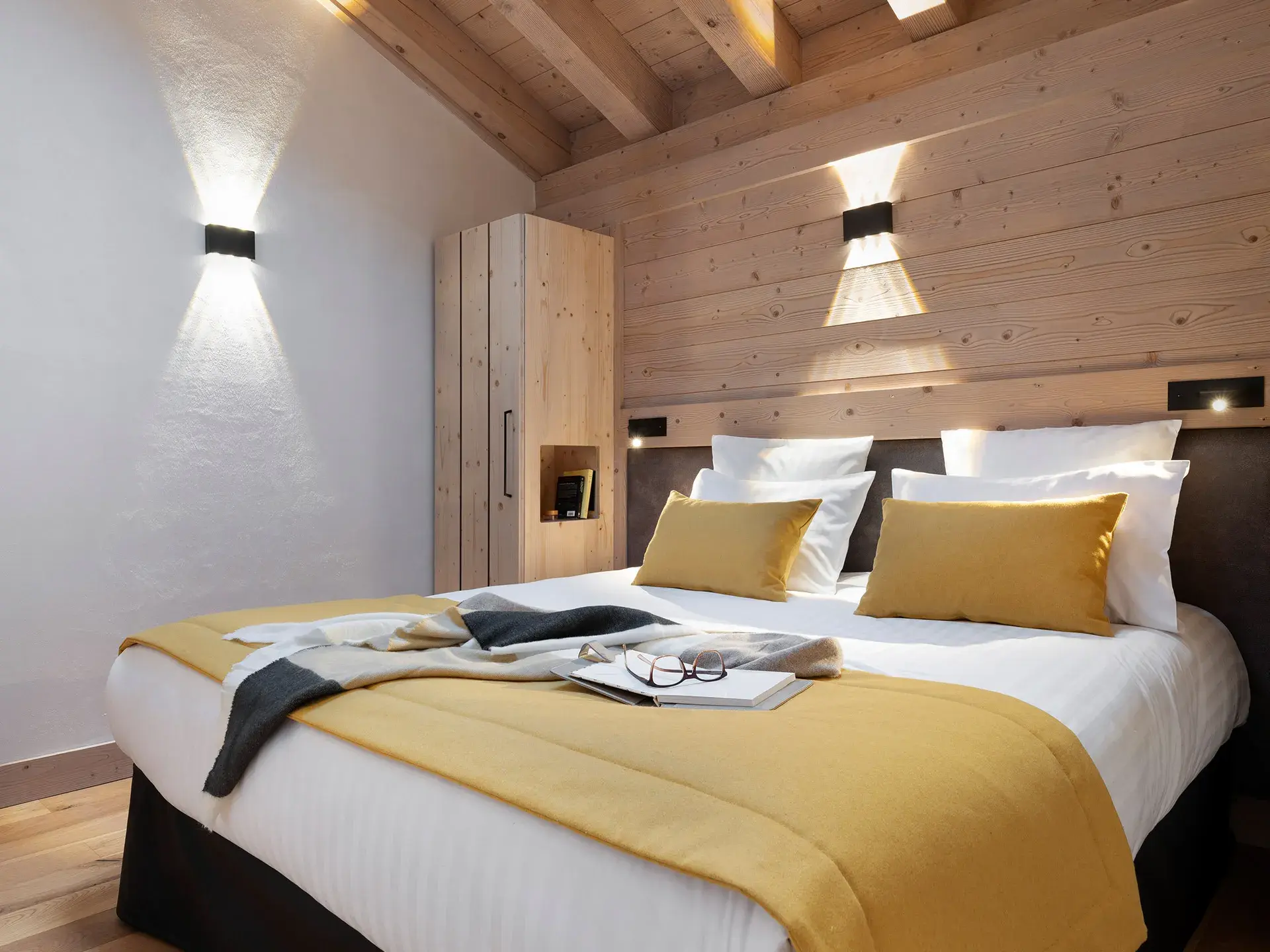
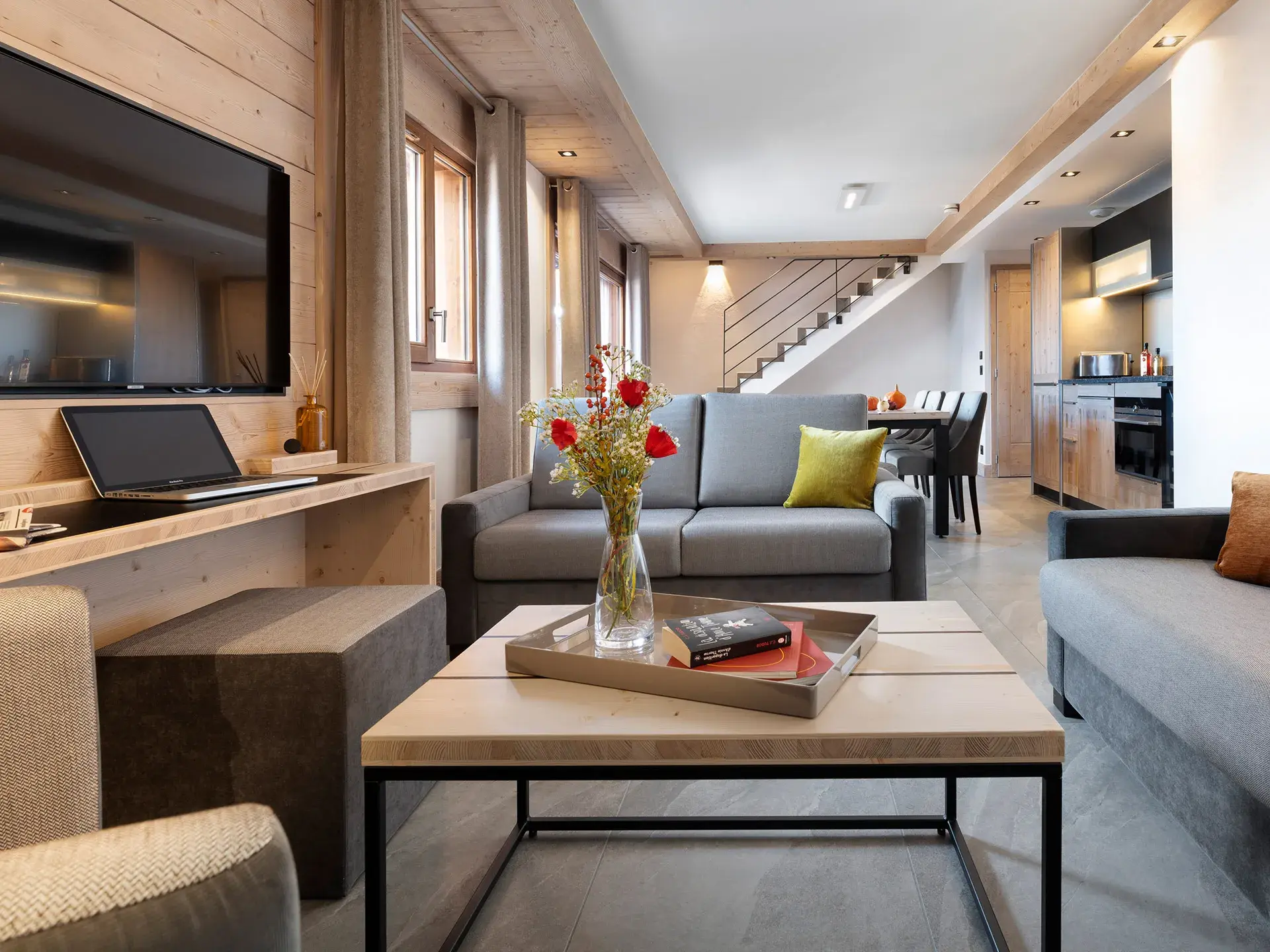
Valmorel (73)
Residence Akoya
From 2-bedroom to 4-bedroom Duplex
From 381 667 € excl. VAT
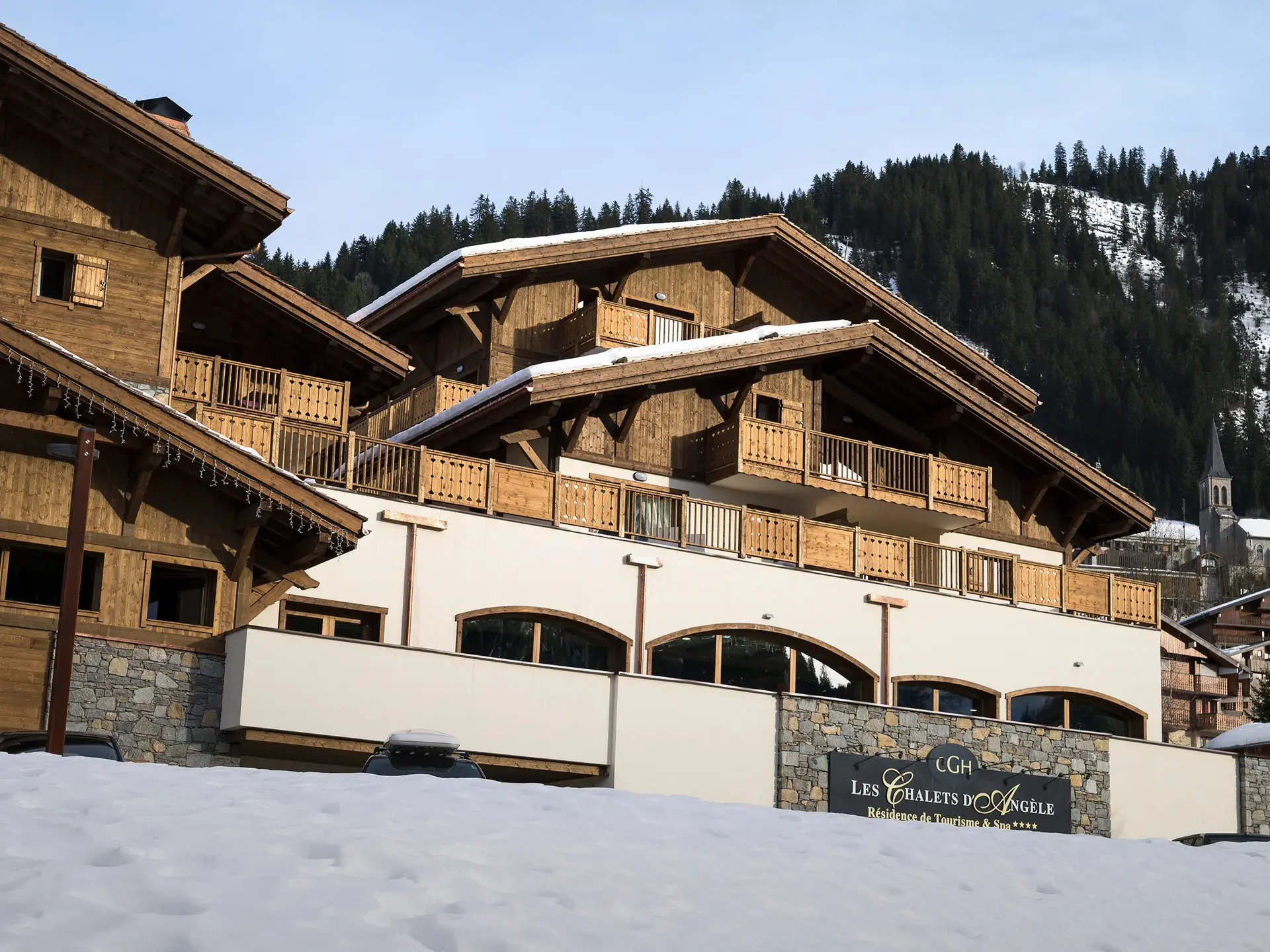
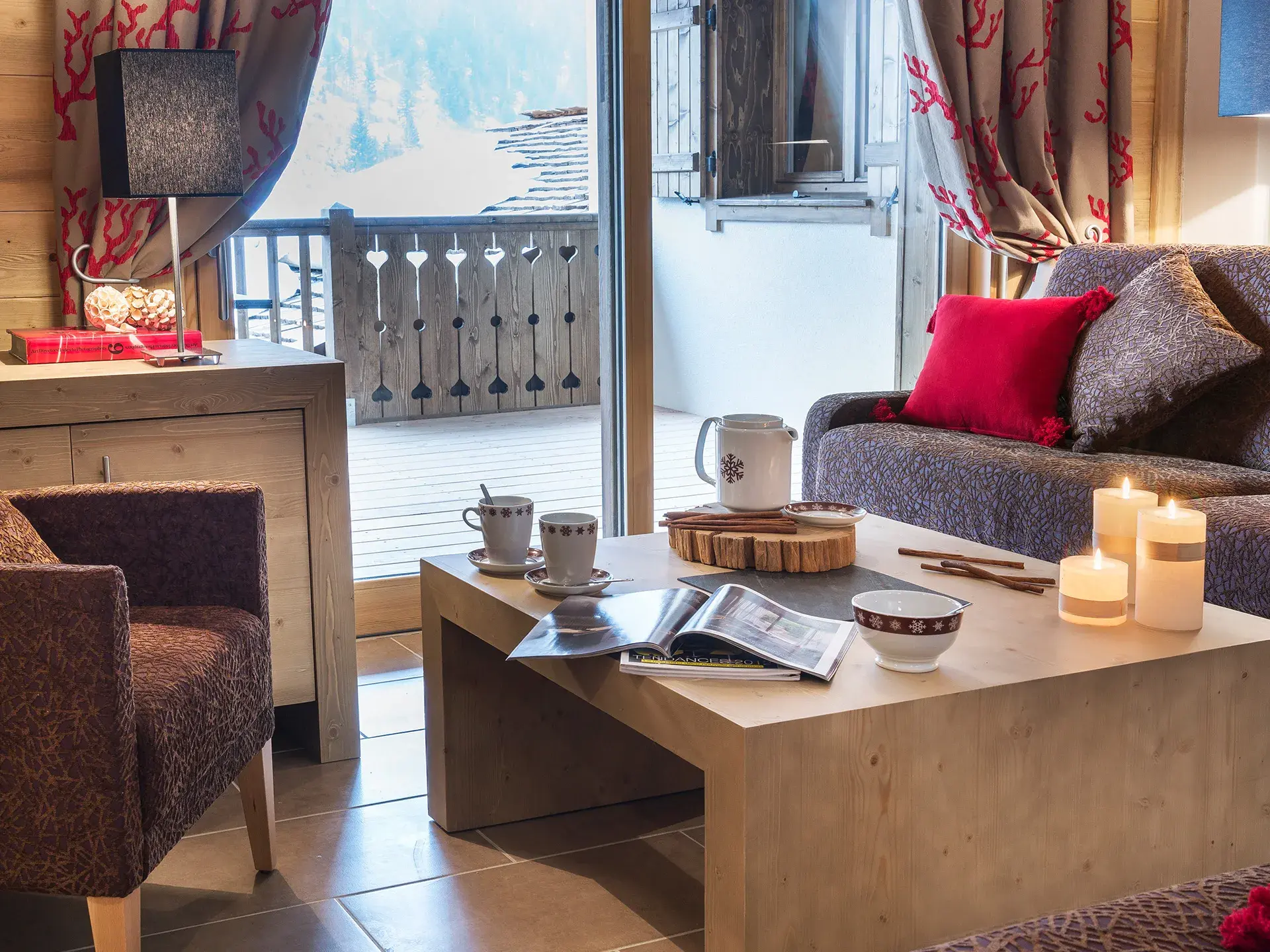
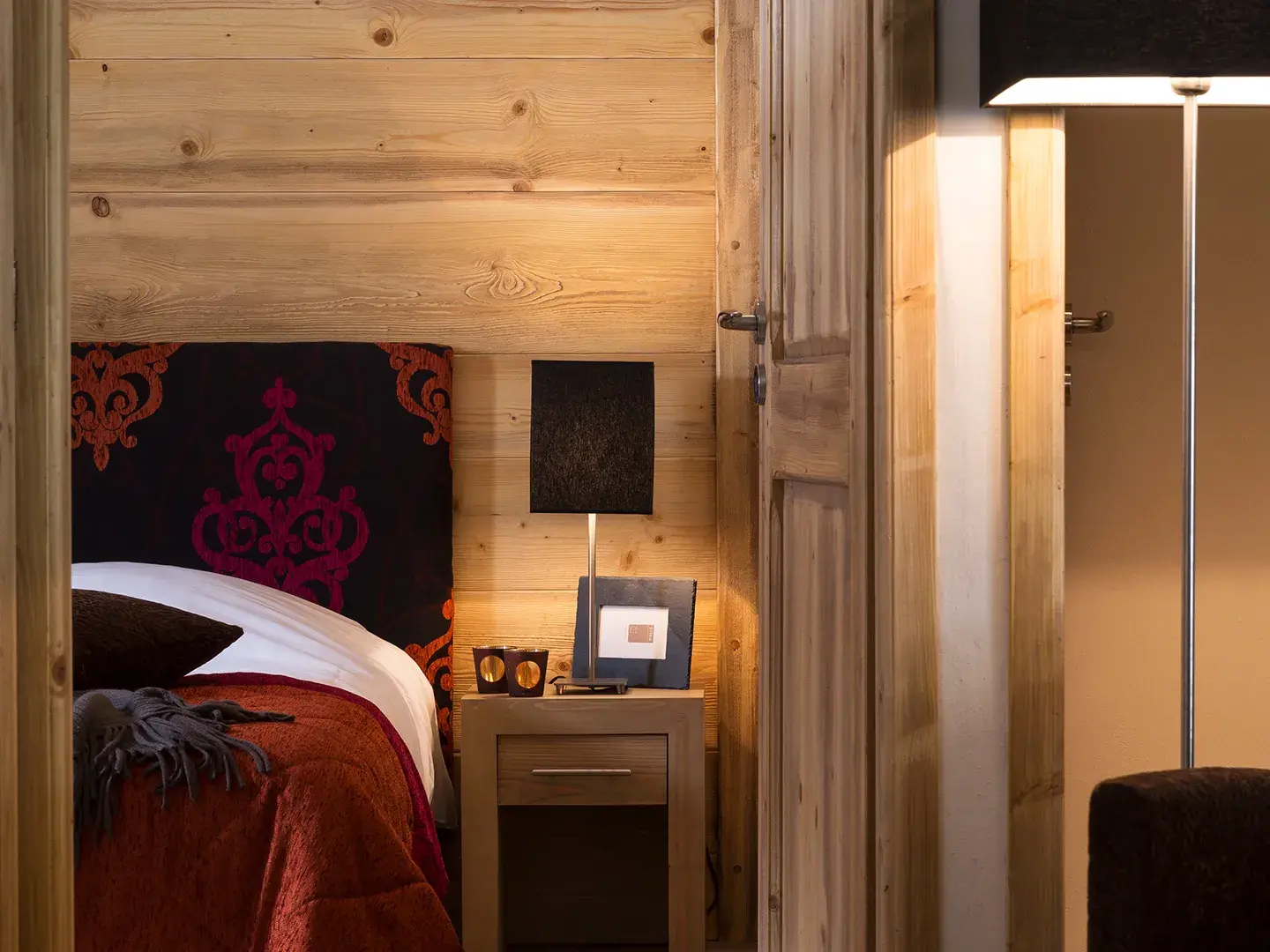
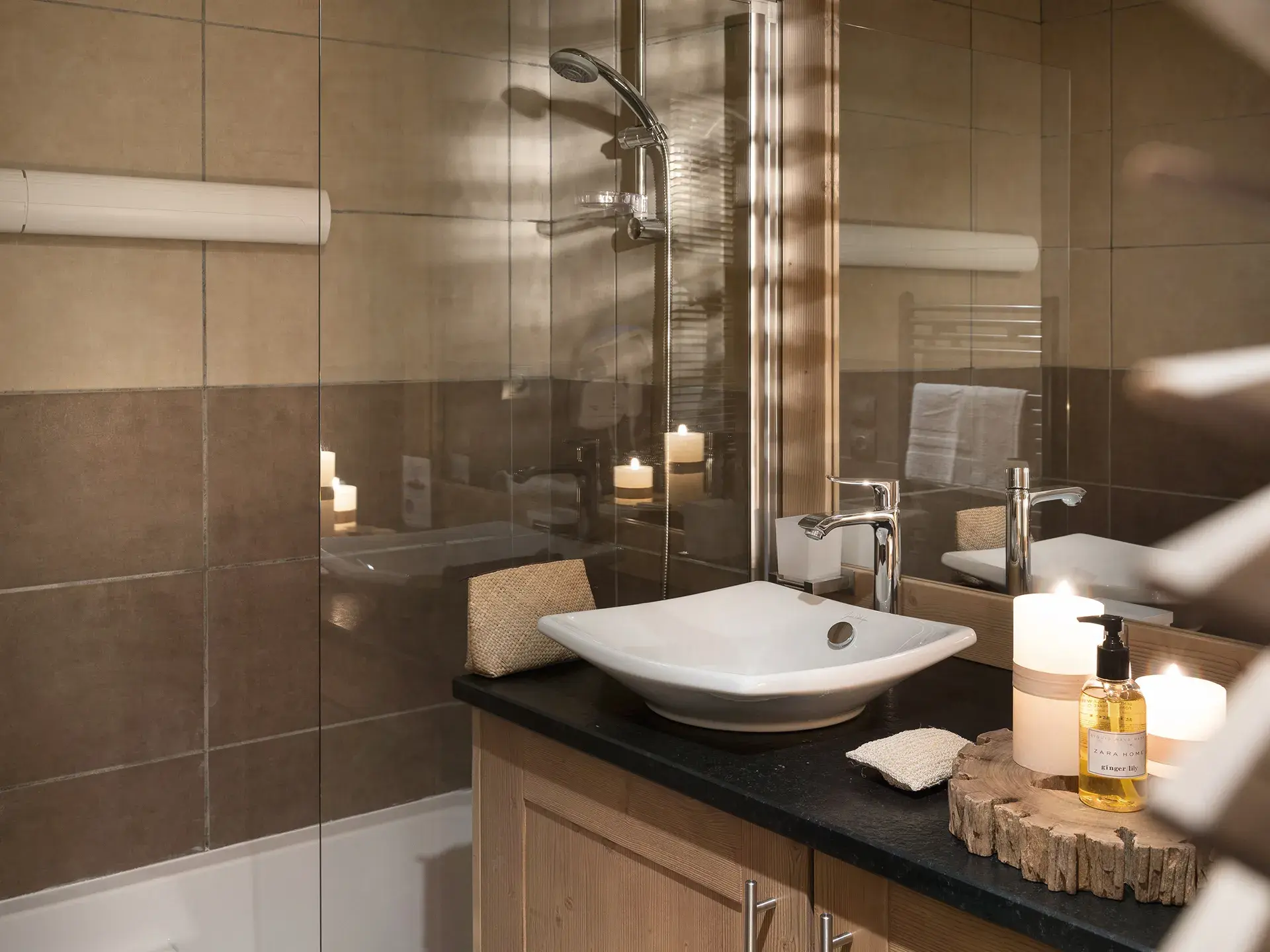
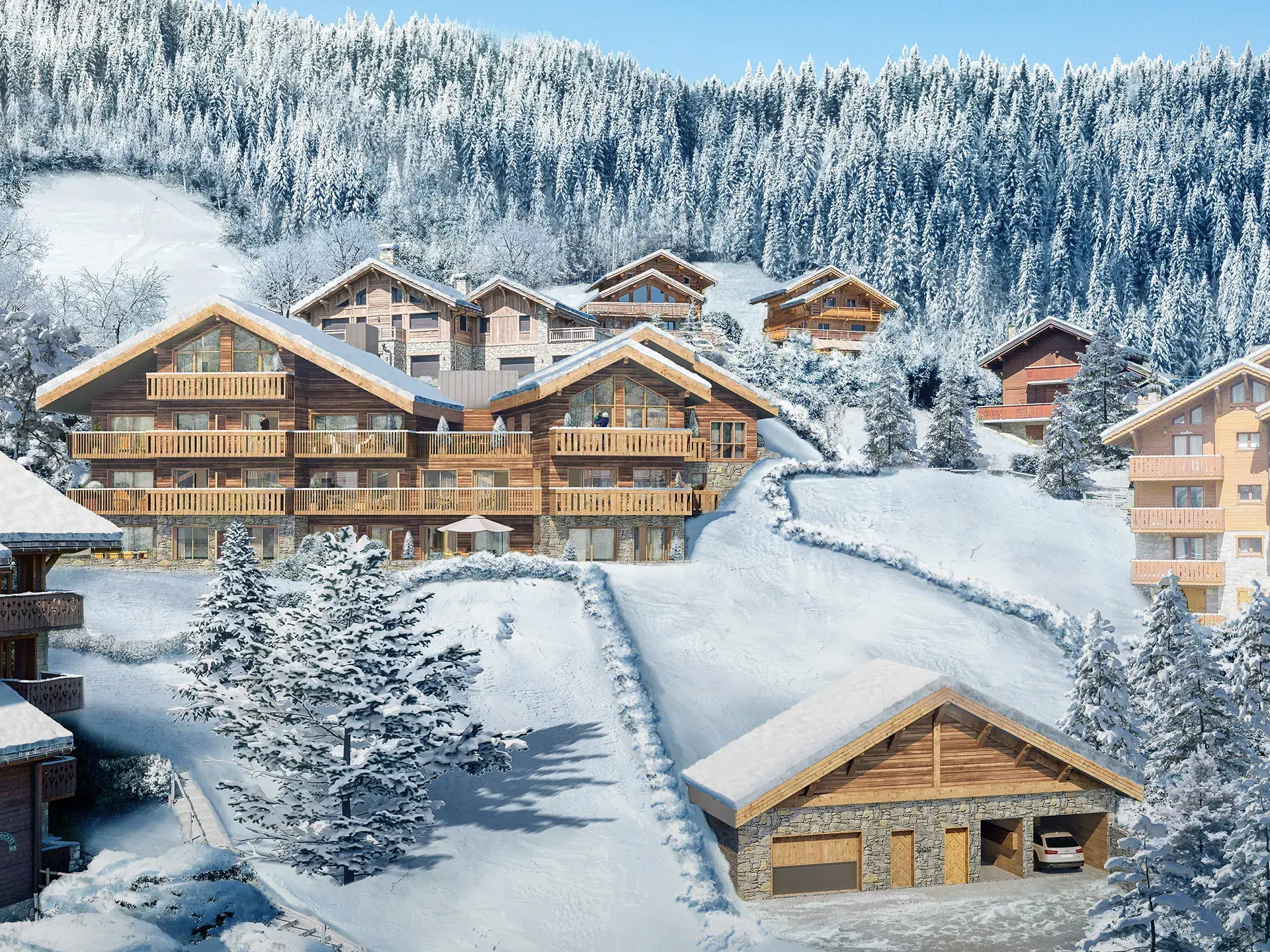
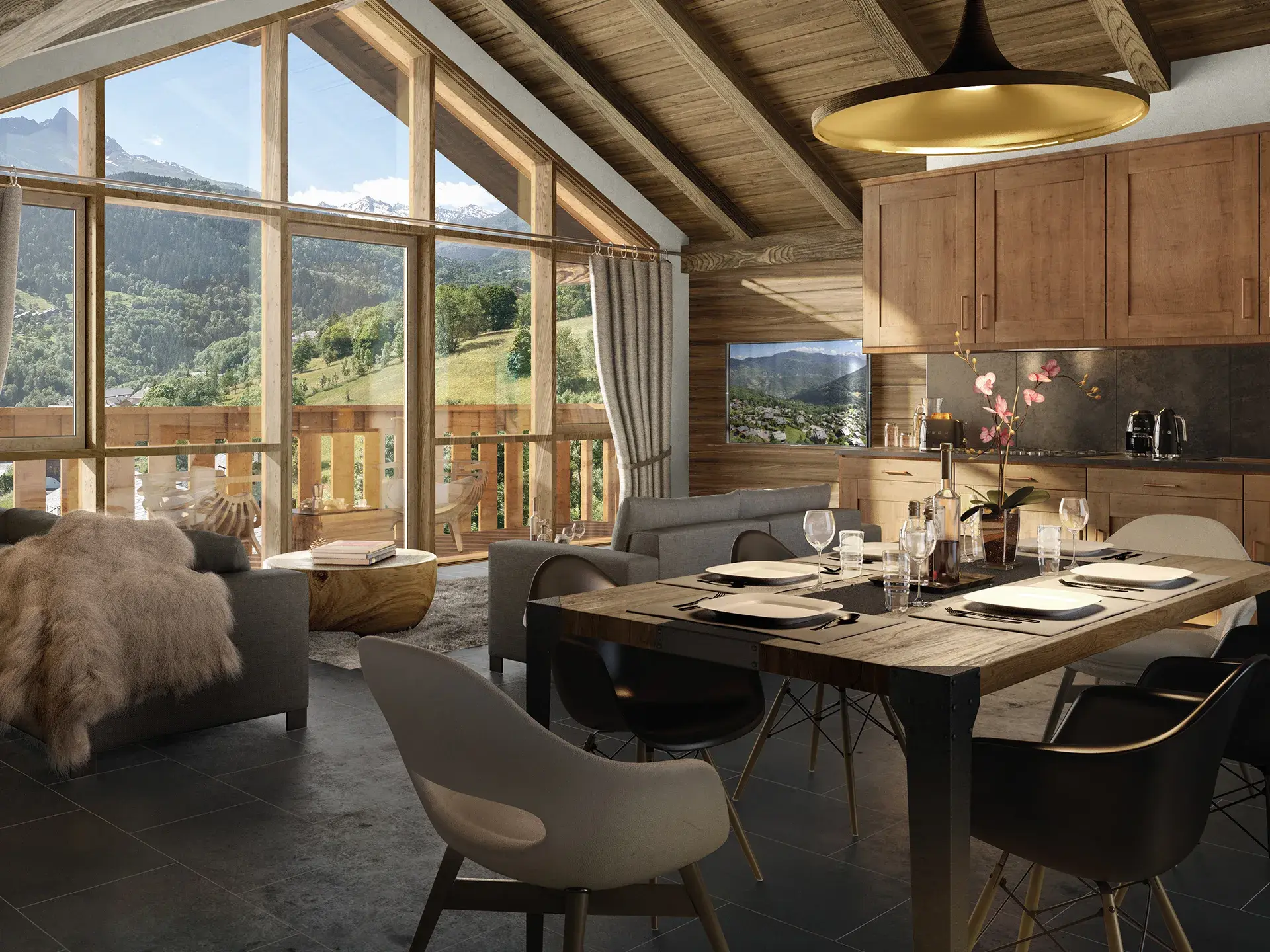
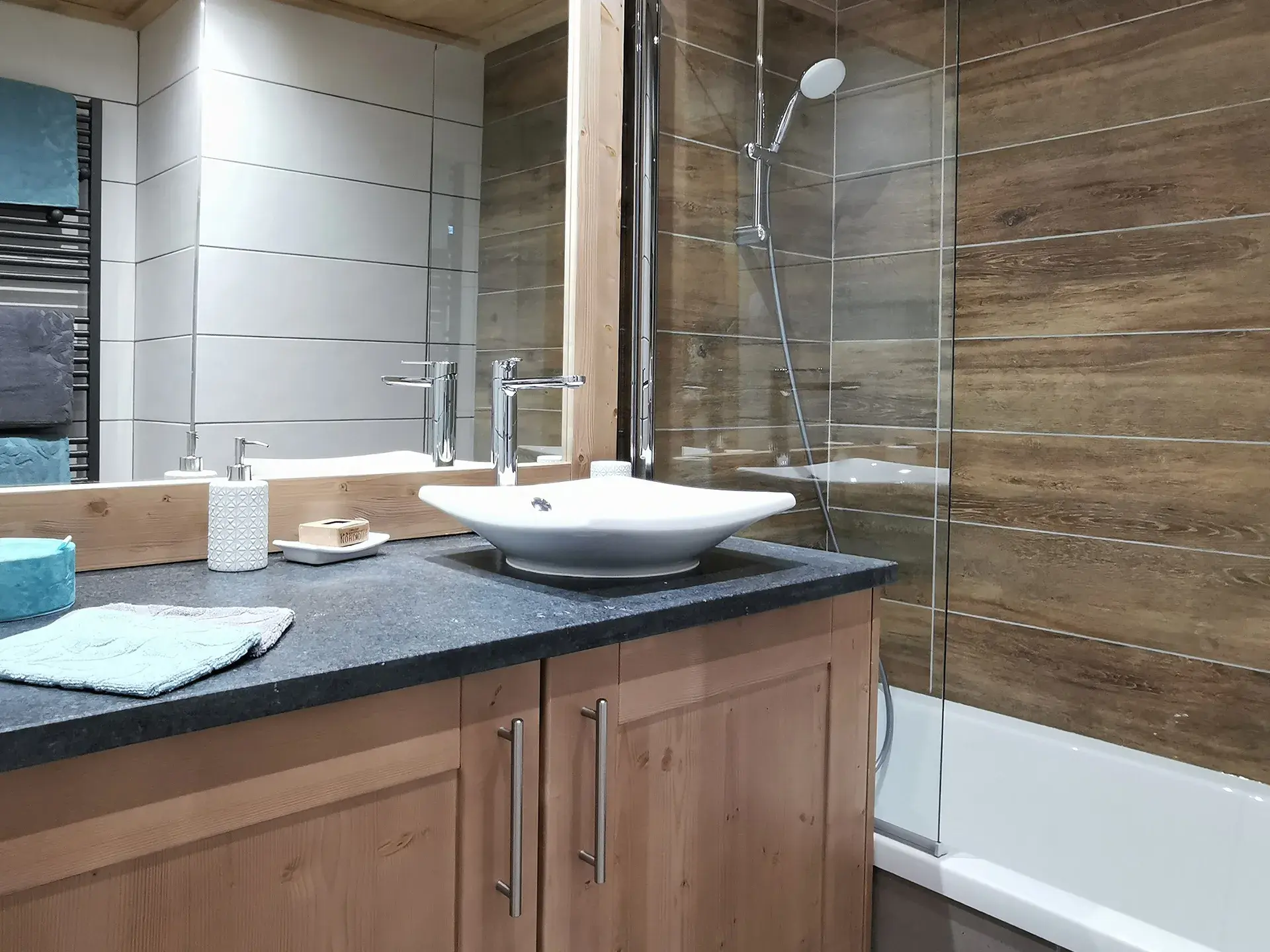
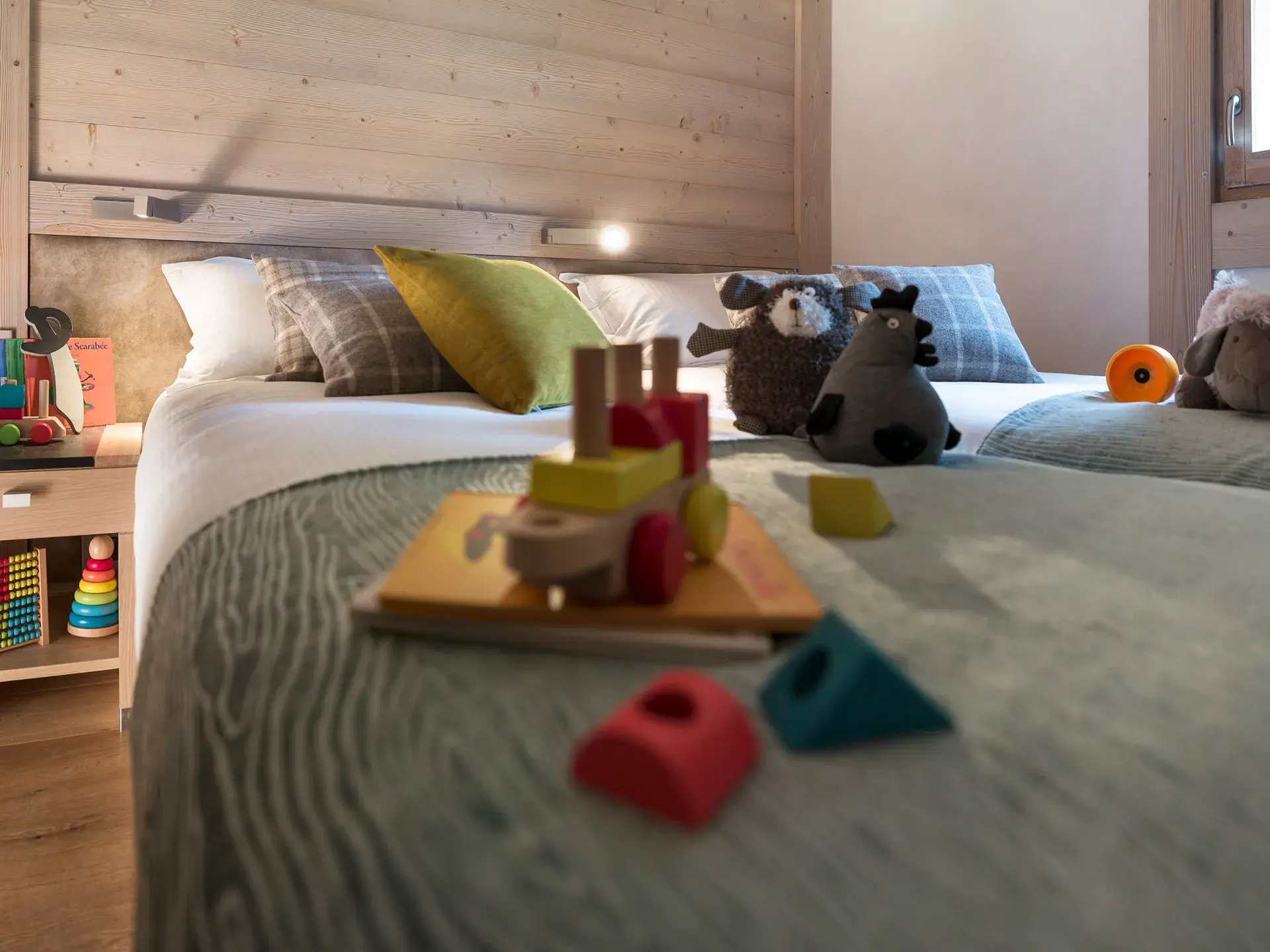
Méribel (73)
Chalet Apsara
From 2-bedroom to 4-bedroom Duplex
From 527 000 € incl. VAT
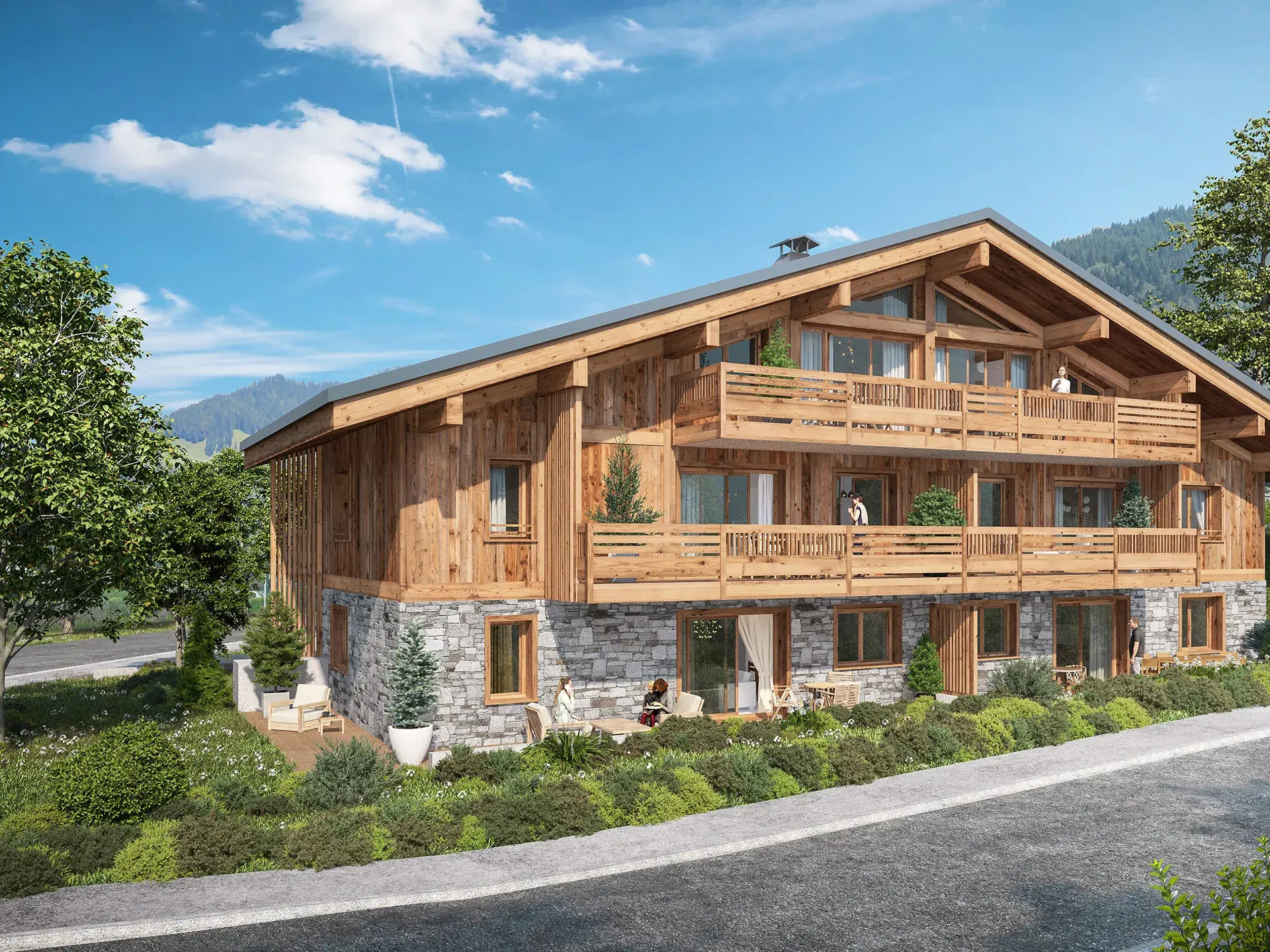
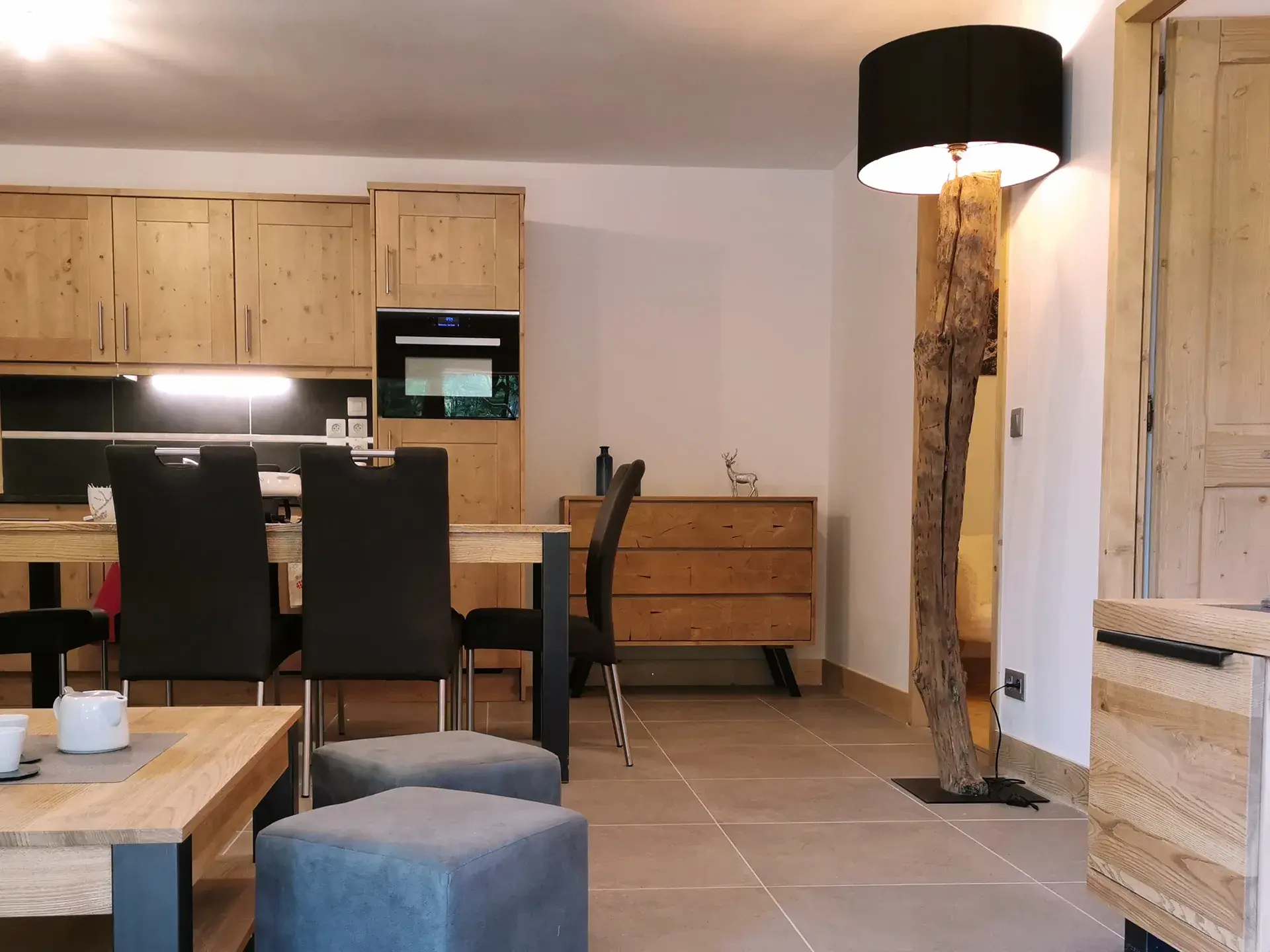
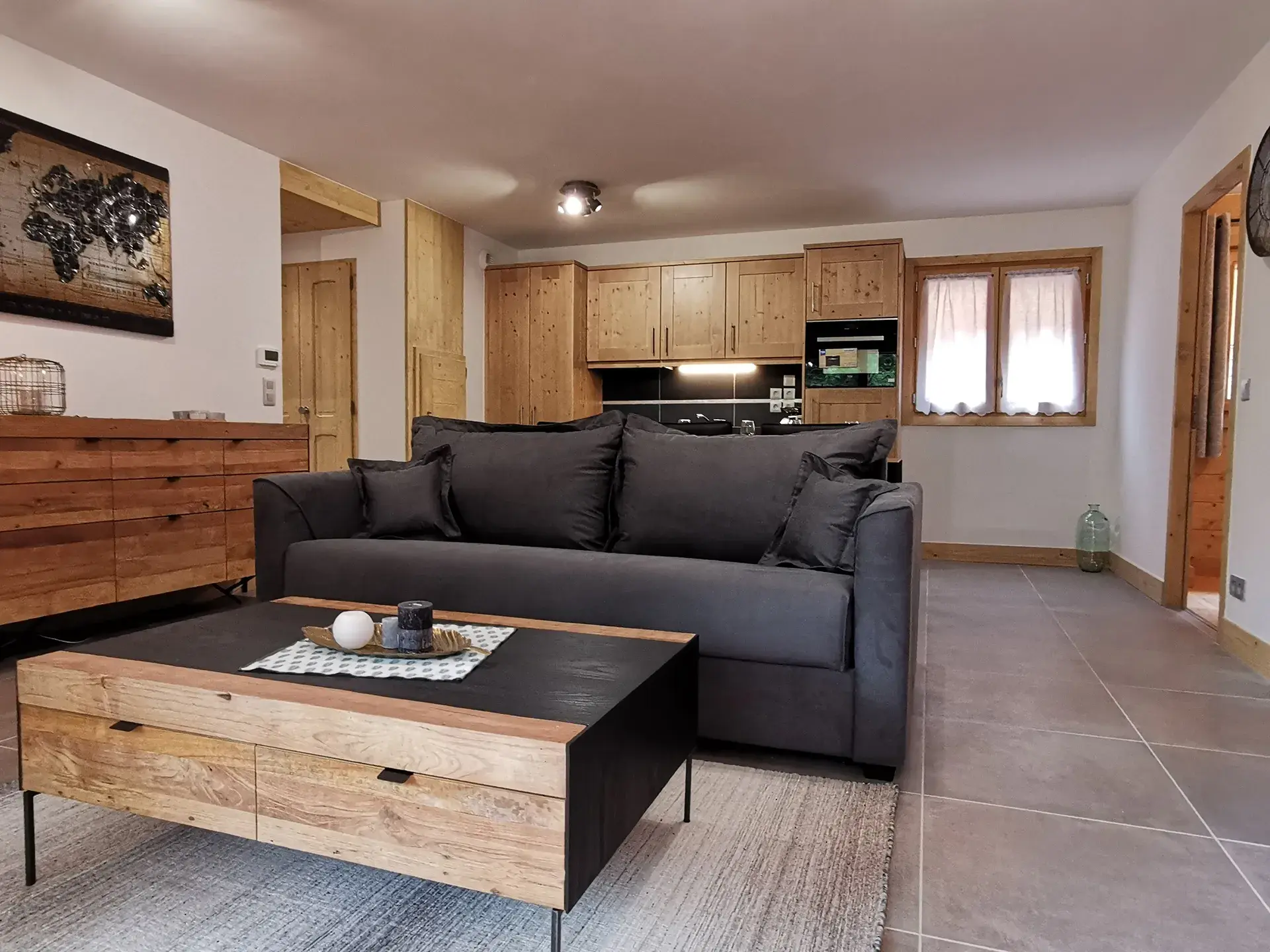
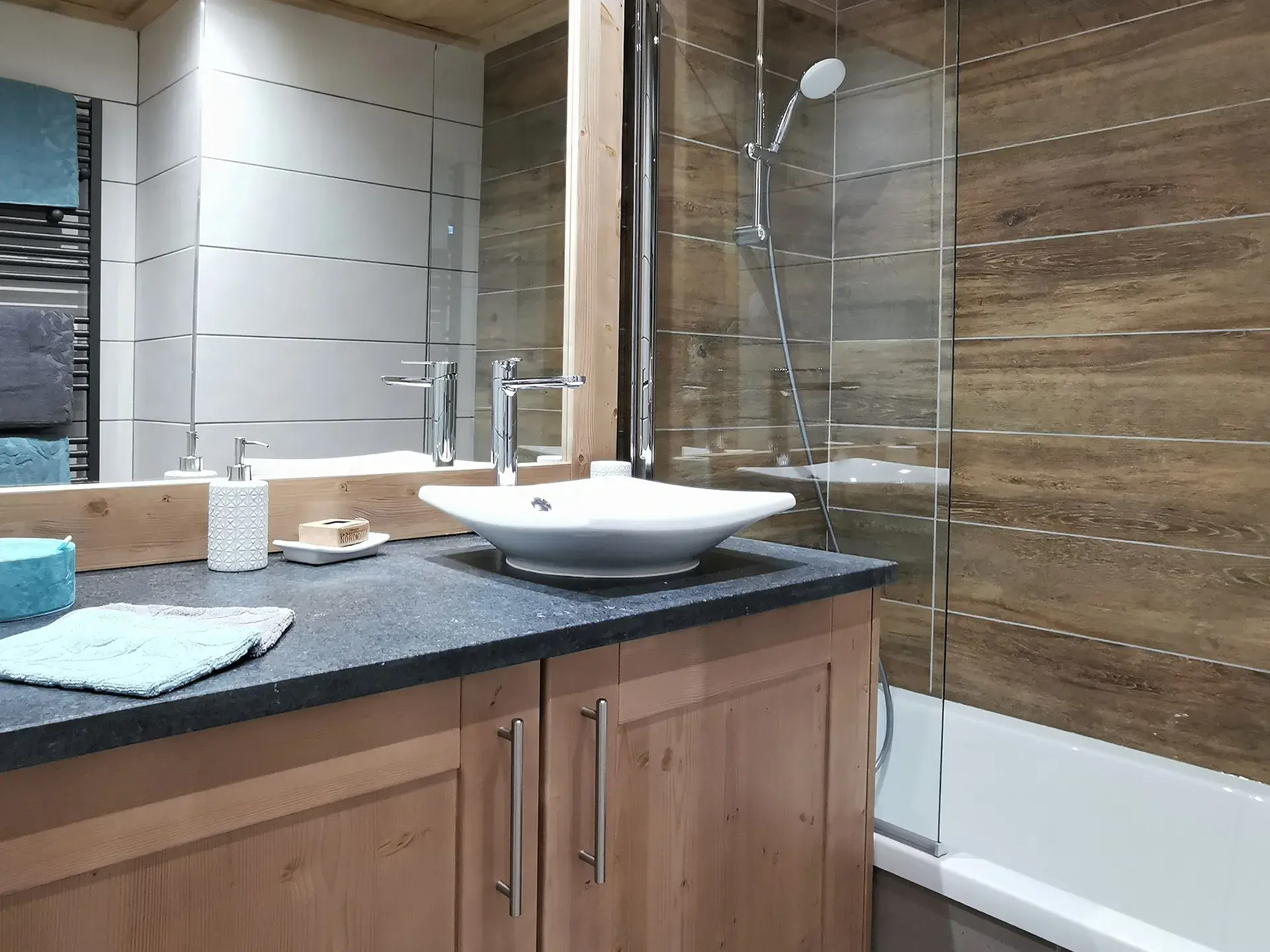
Les Carroz d'Arâches (74)
Chalet Victorine
From 1-bedroom to 4-bedroom
From 390 000 € incl. VAT
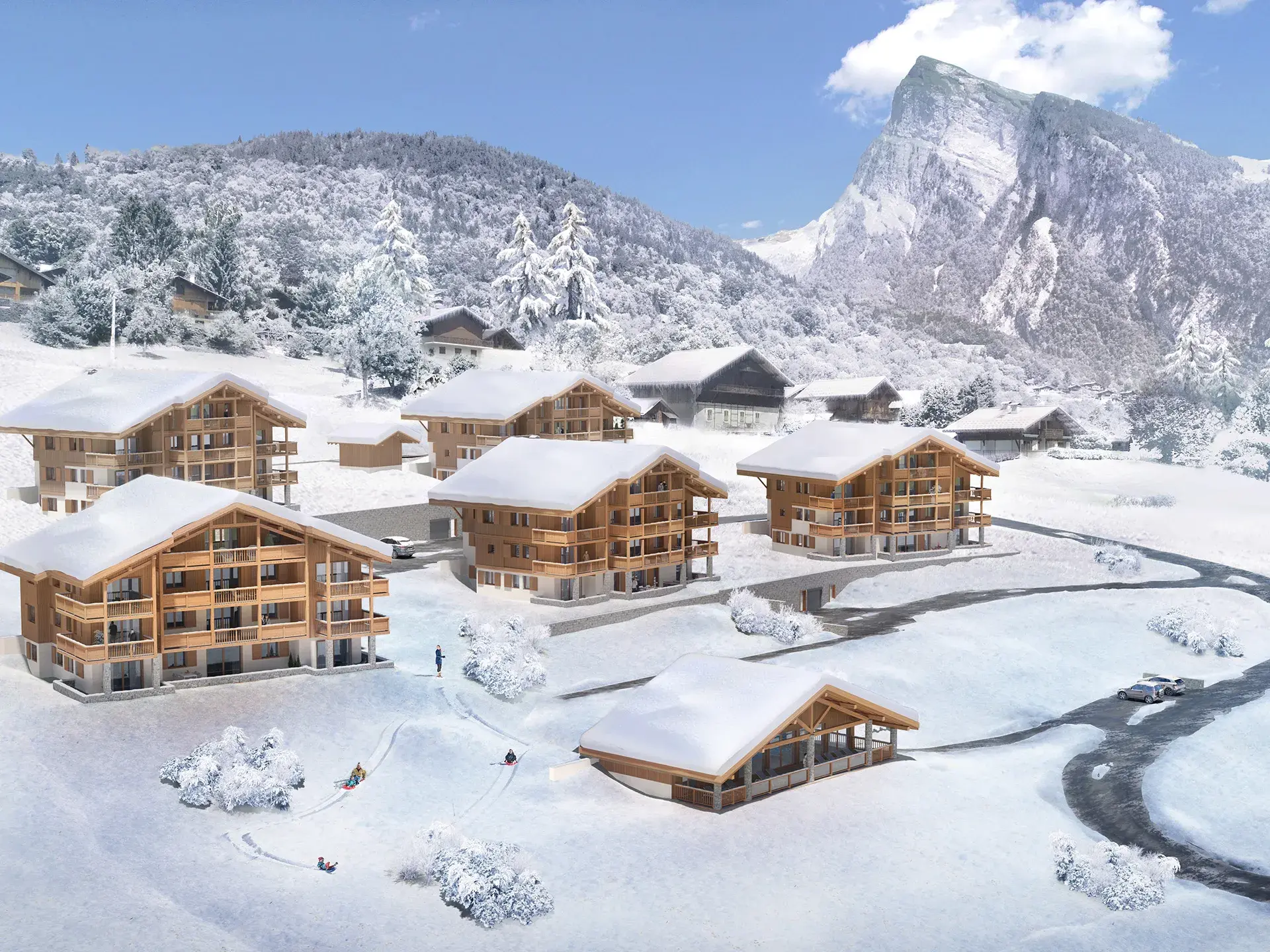
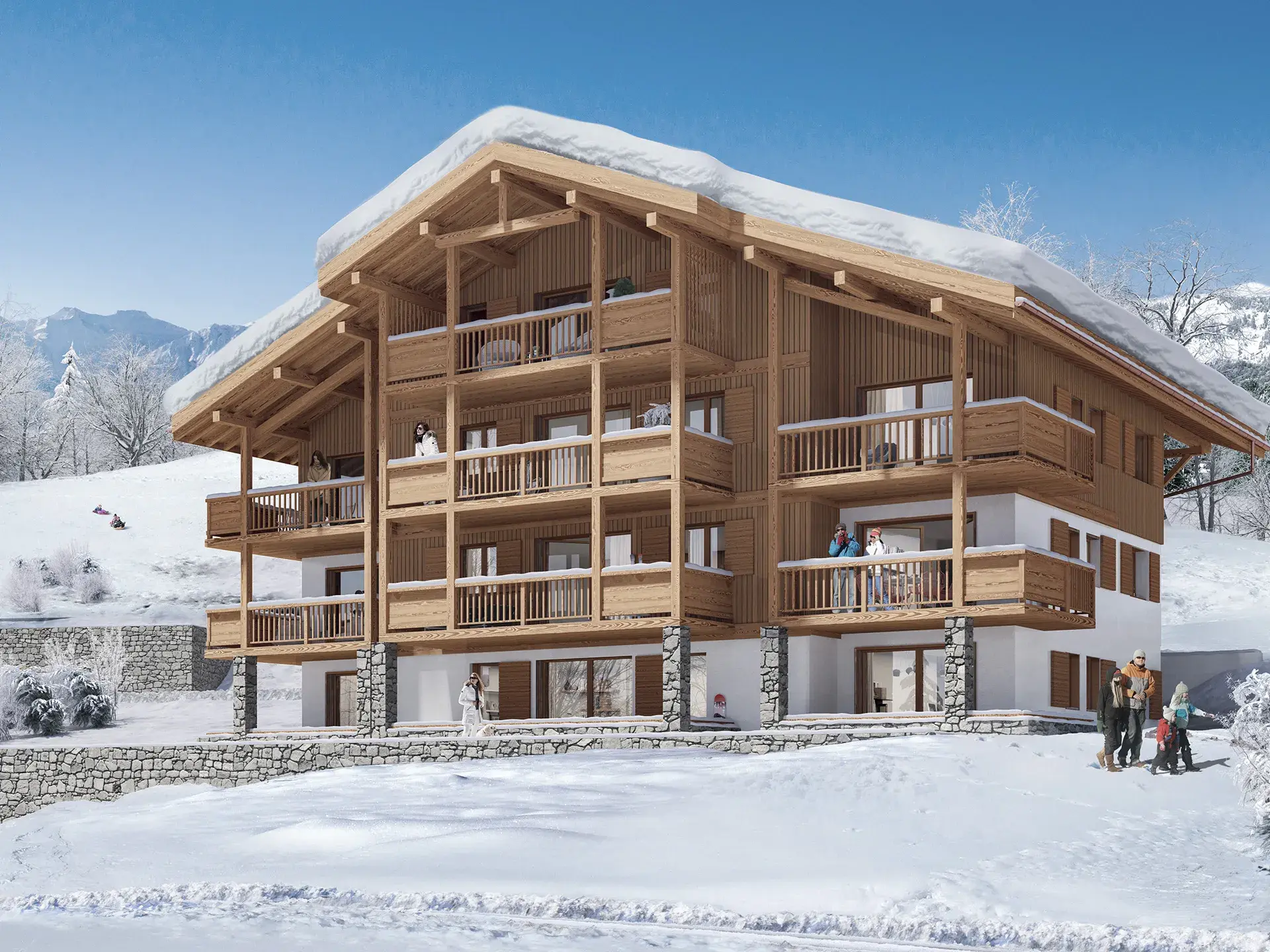
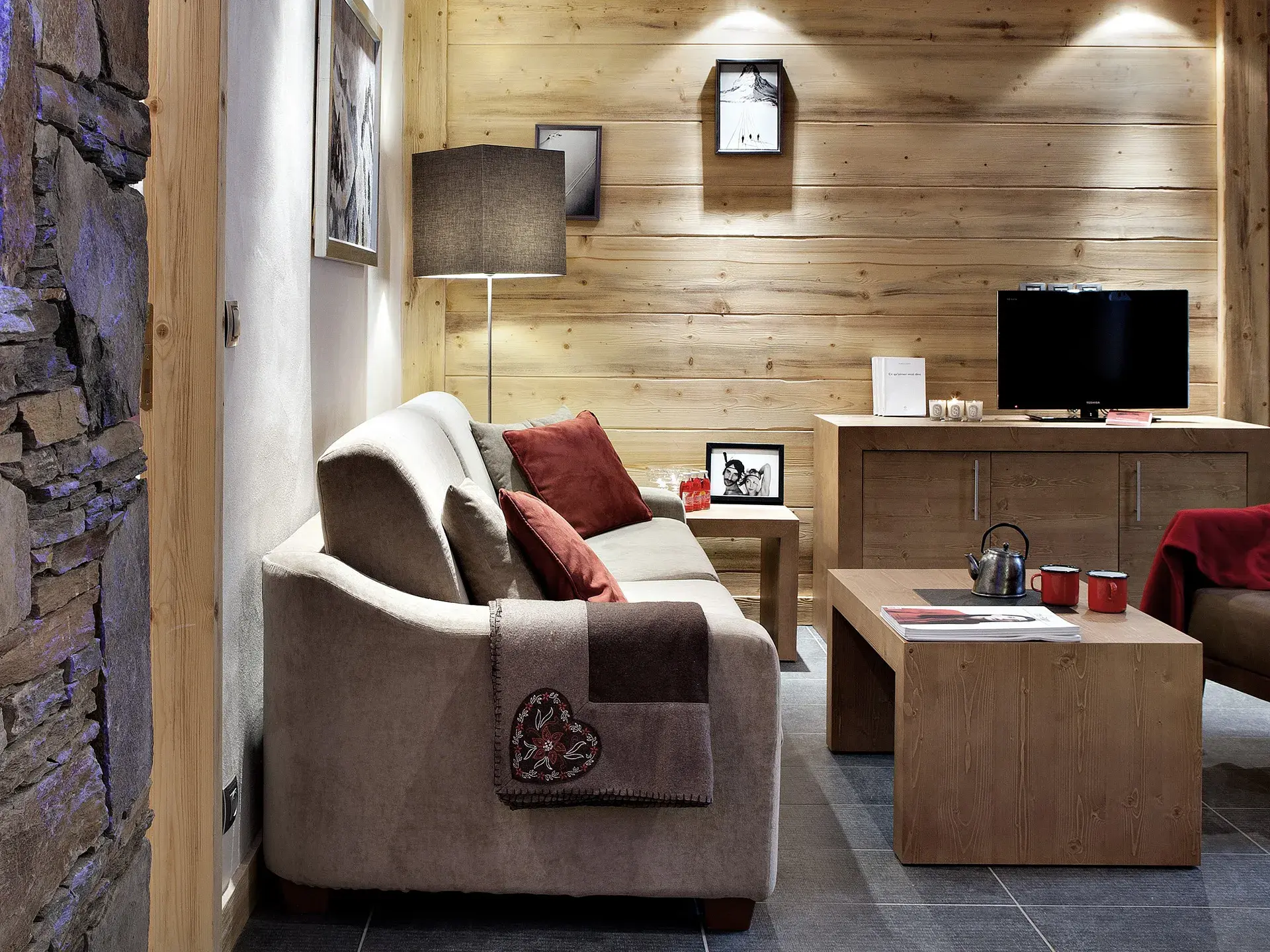
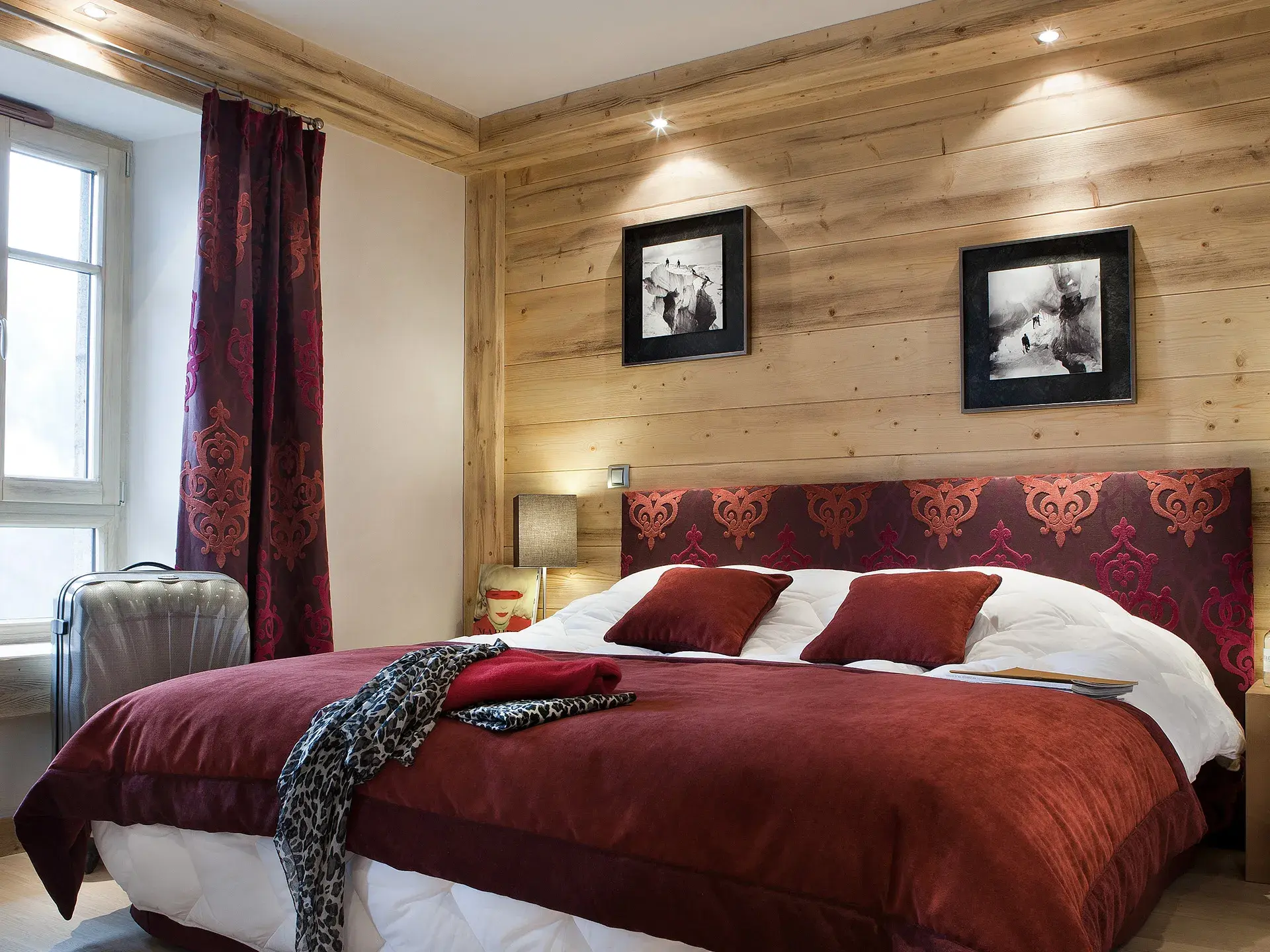
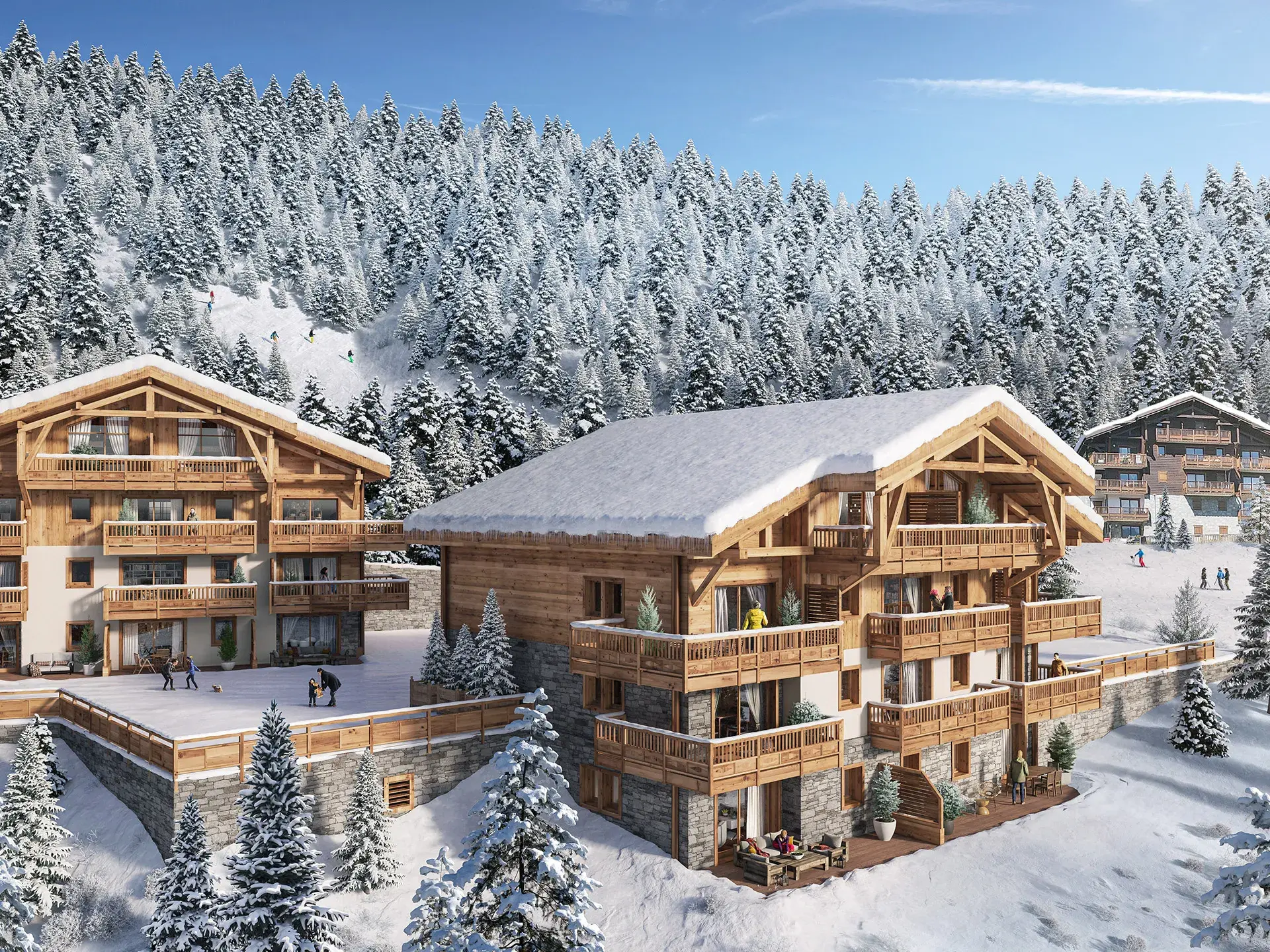
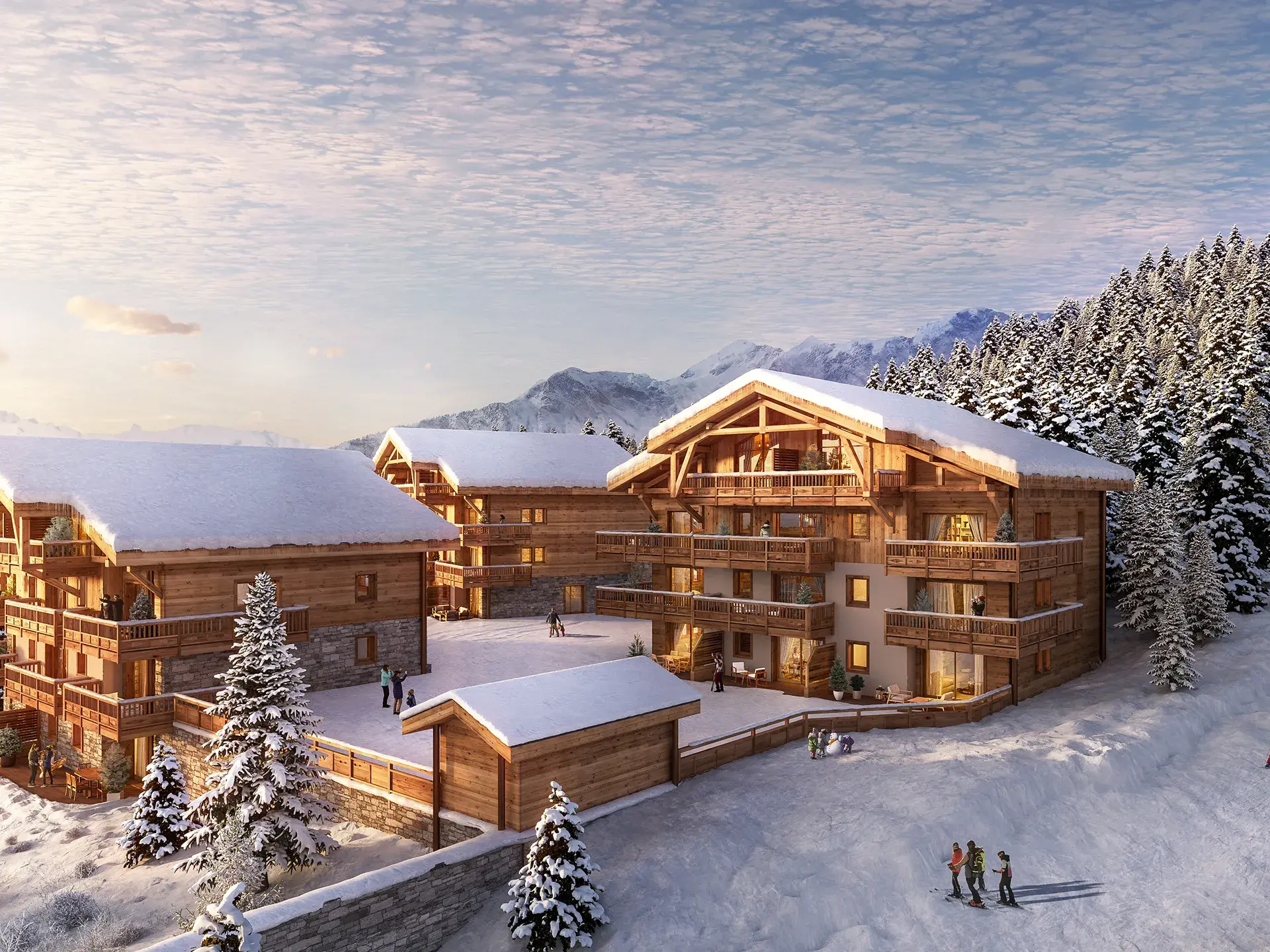
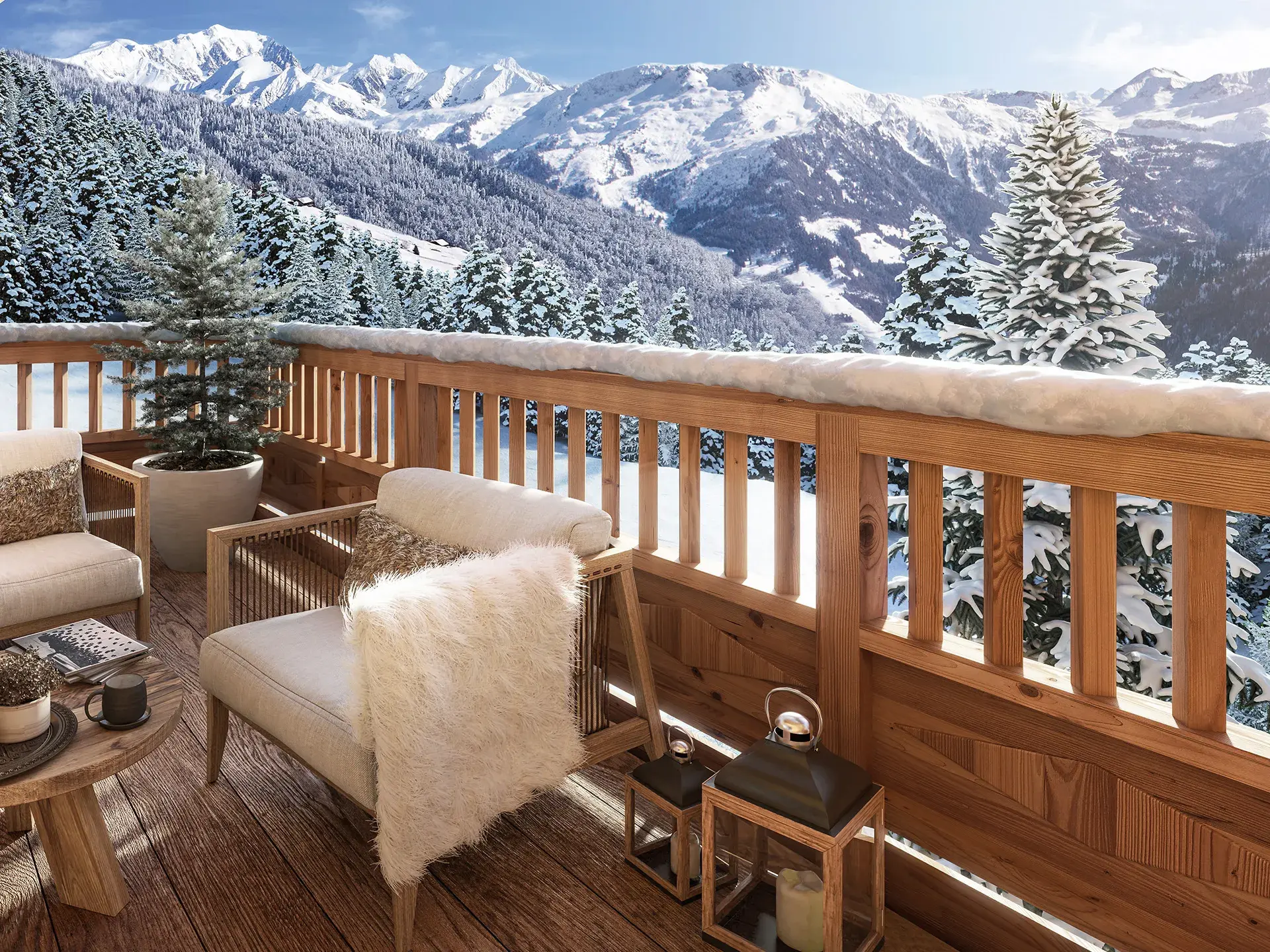
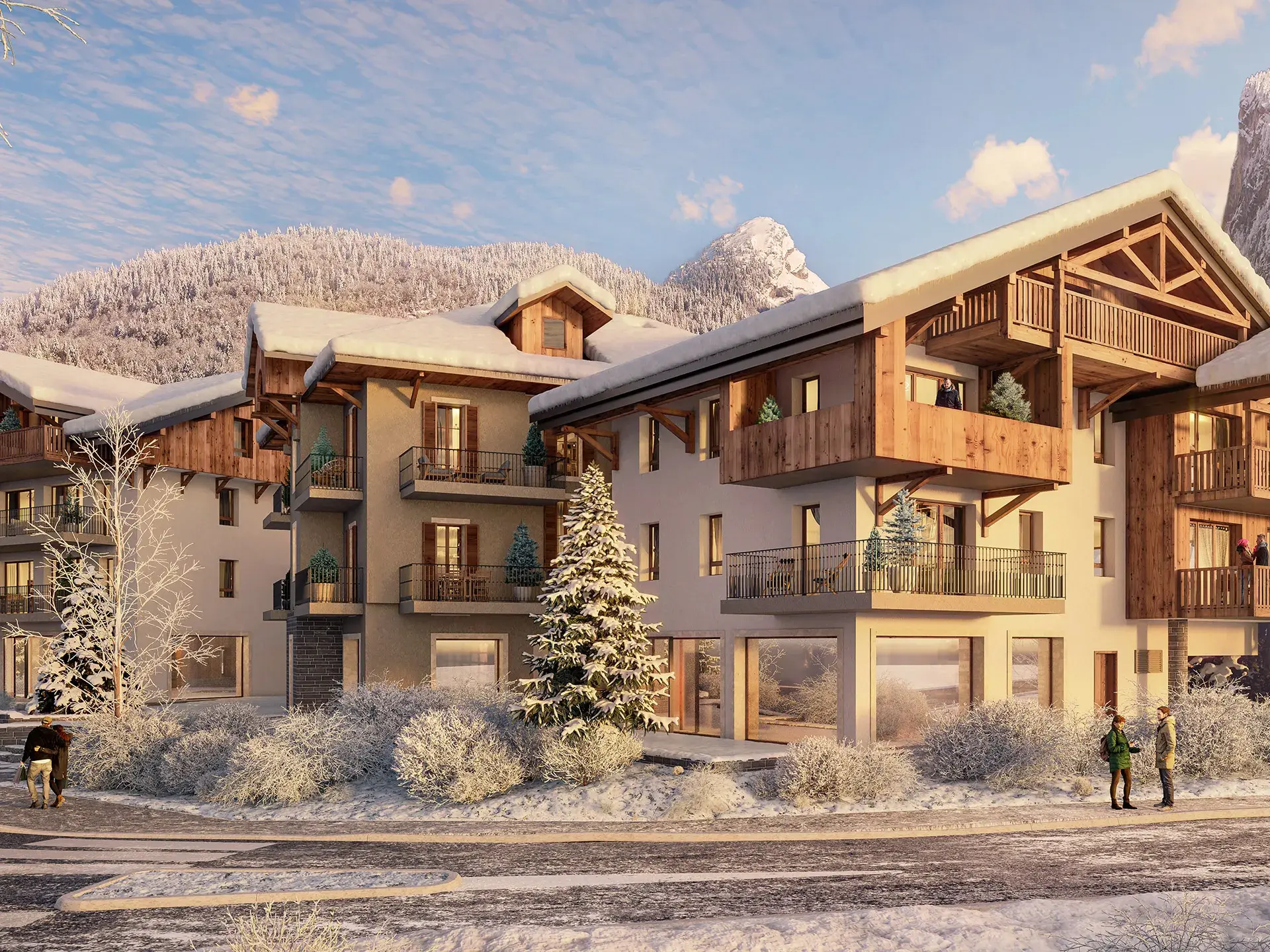
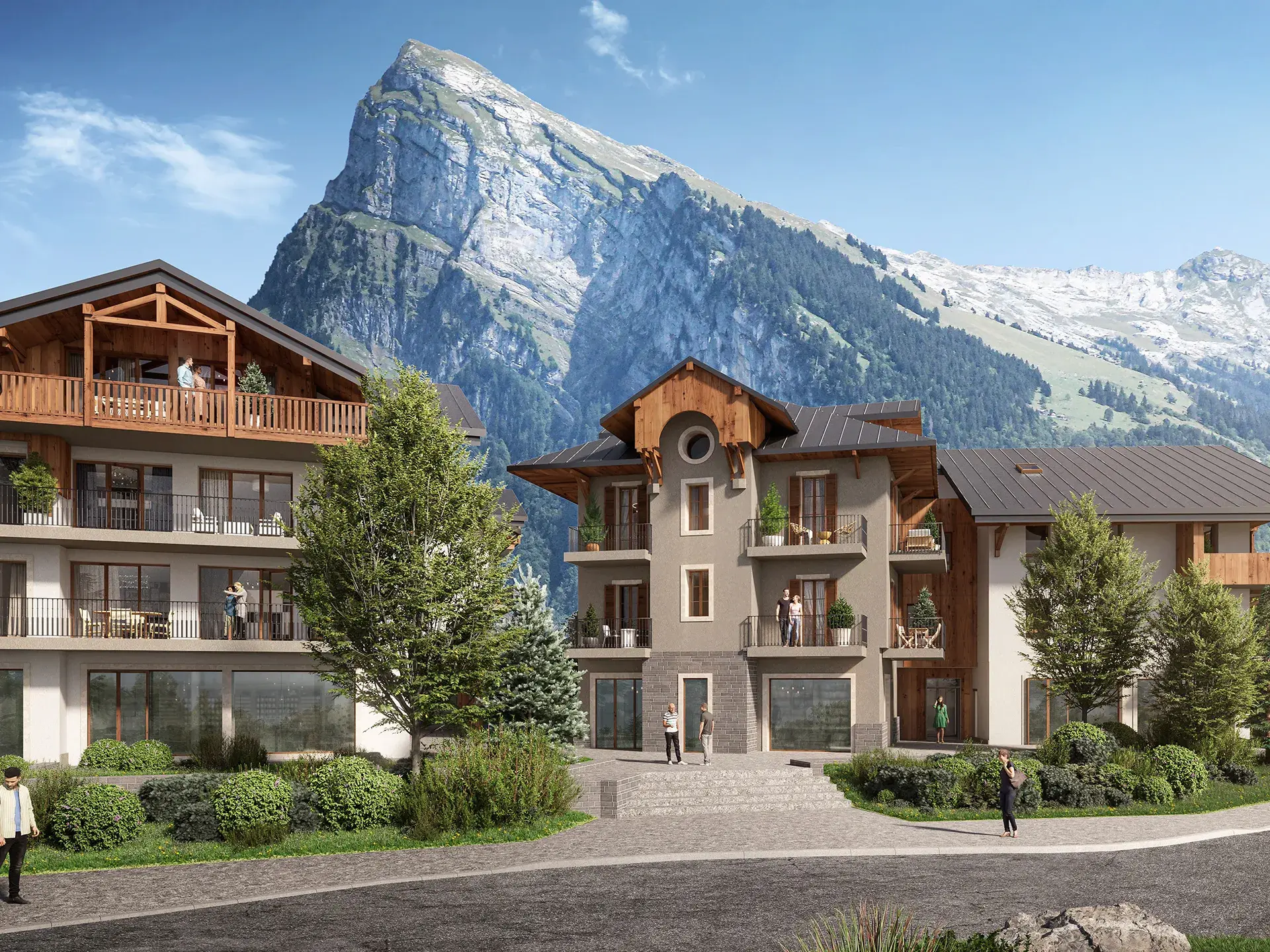
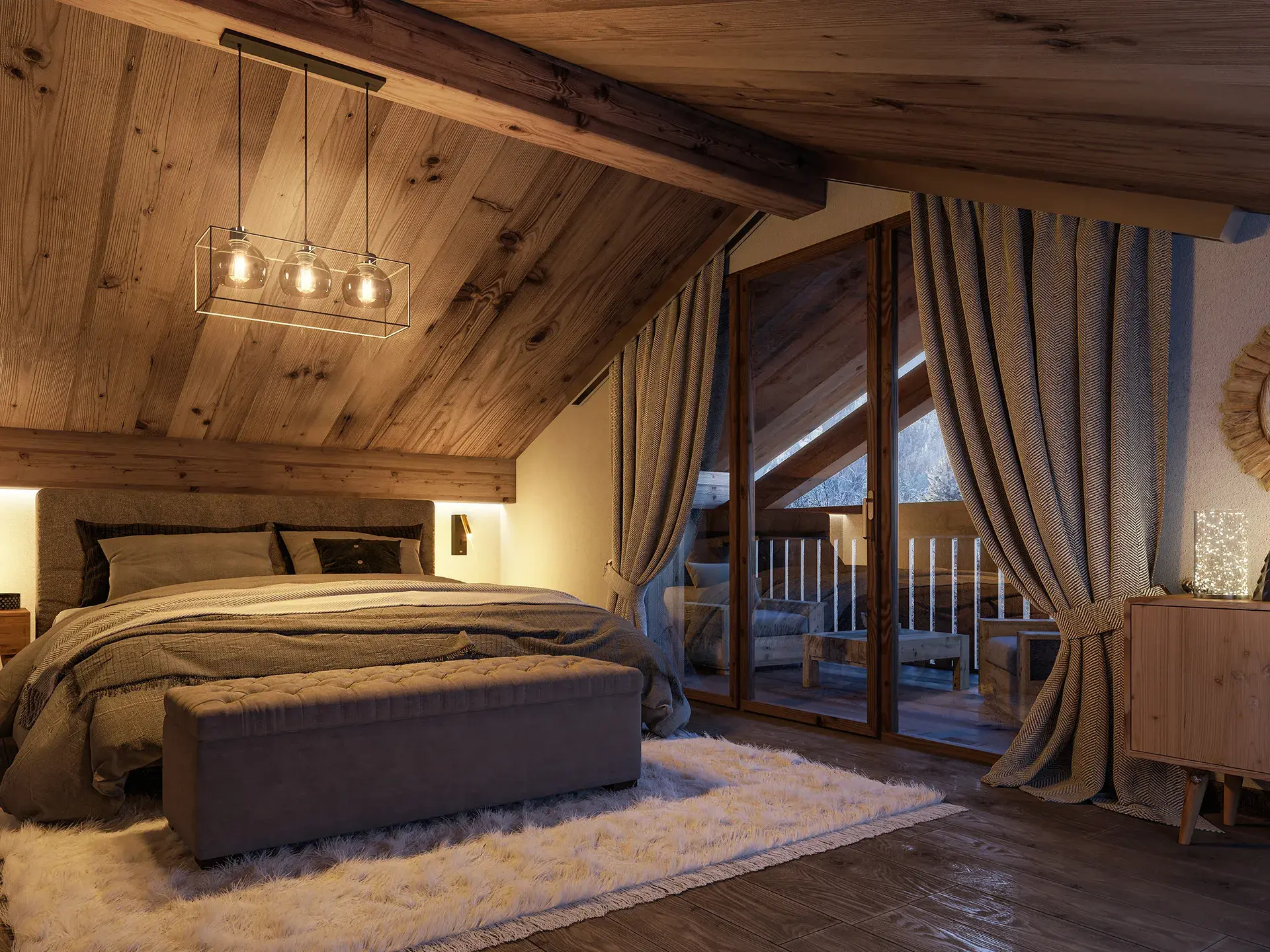
Samoëns (74)
Majestic Lodge
From 1-bedroom to 4-bedroom Duplex
From 366 600 € incl. VAT
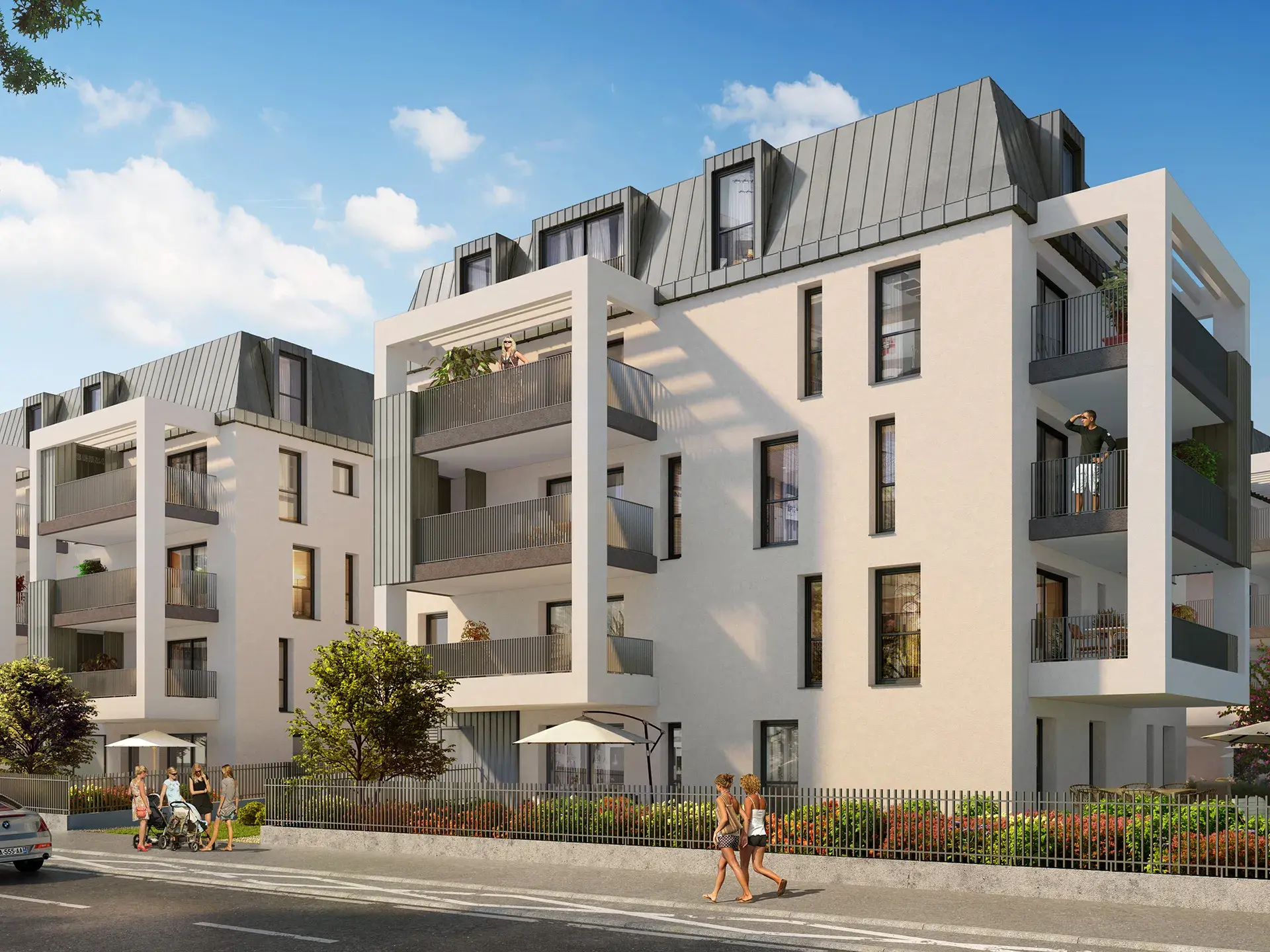
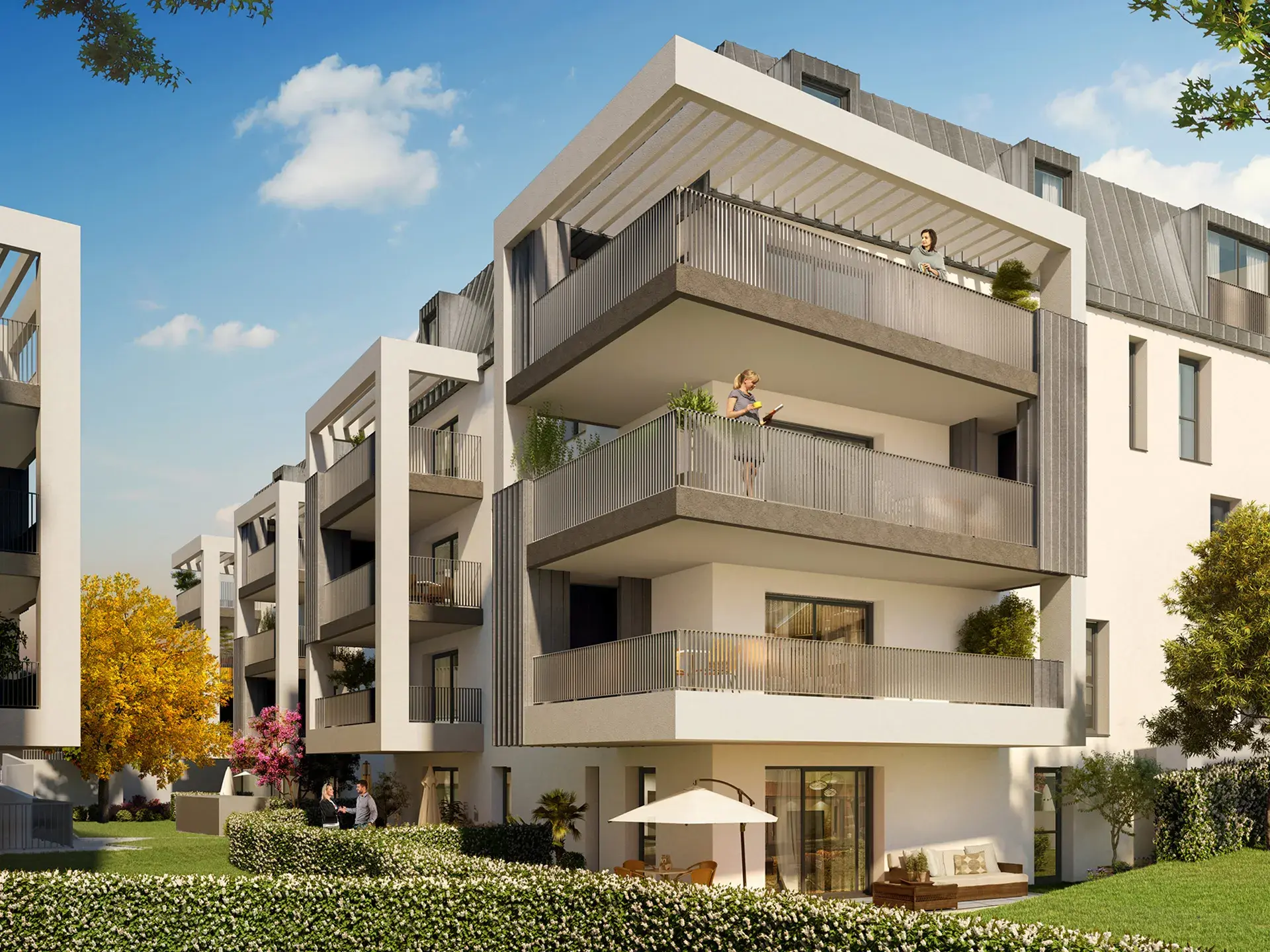
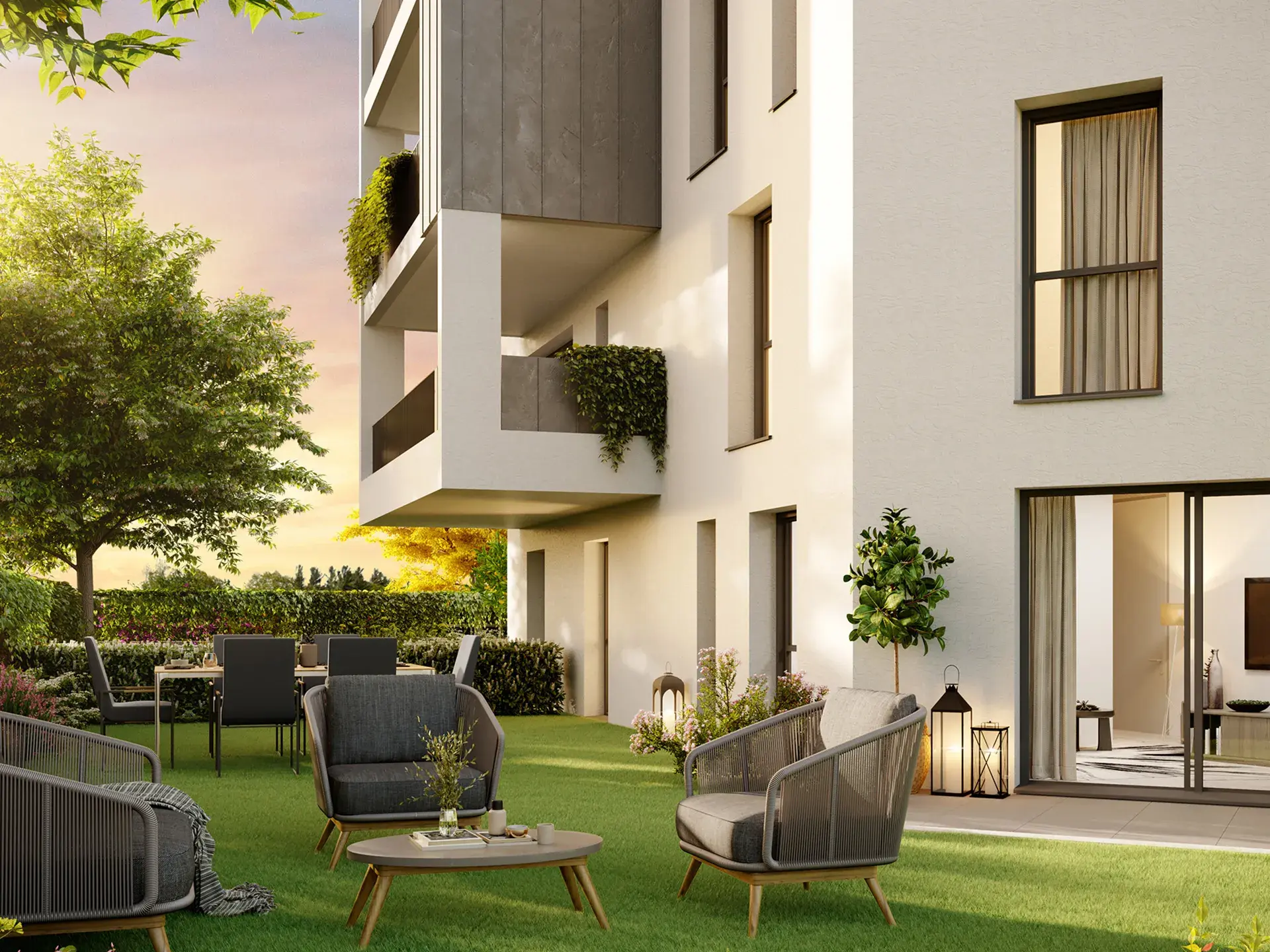
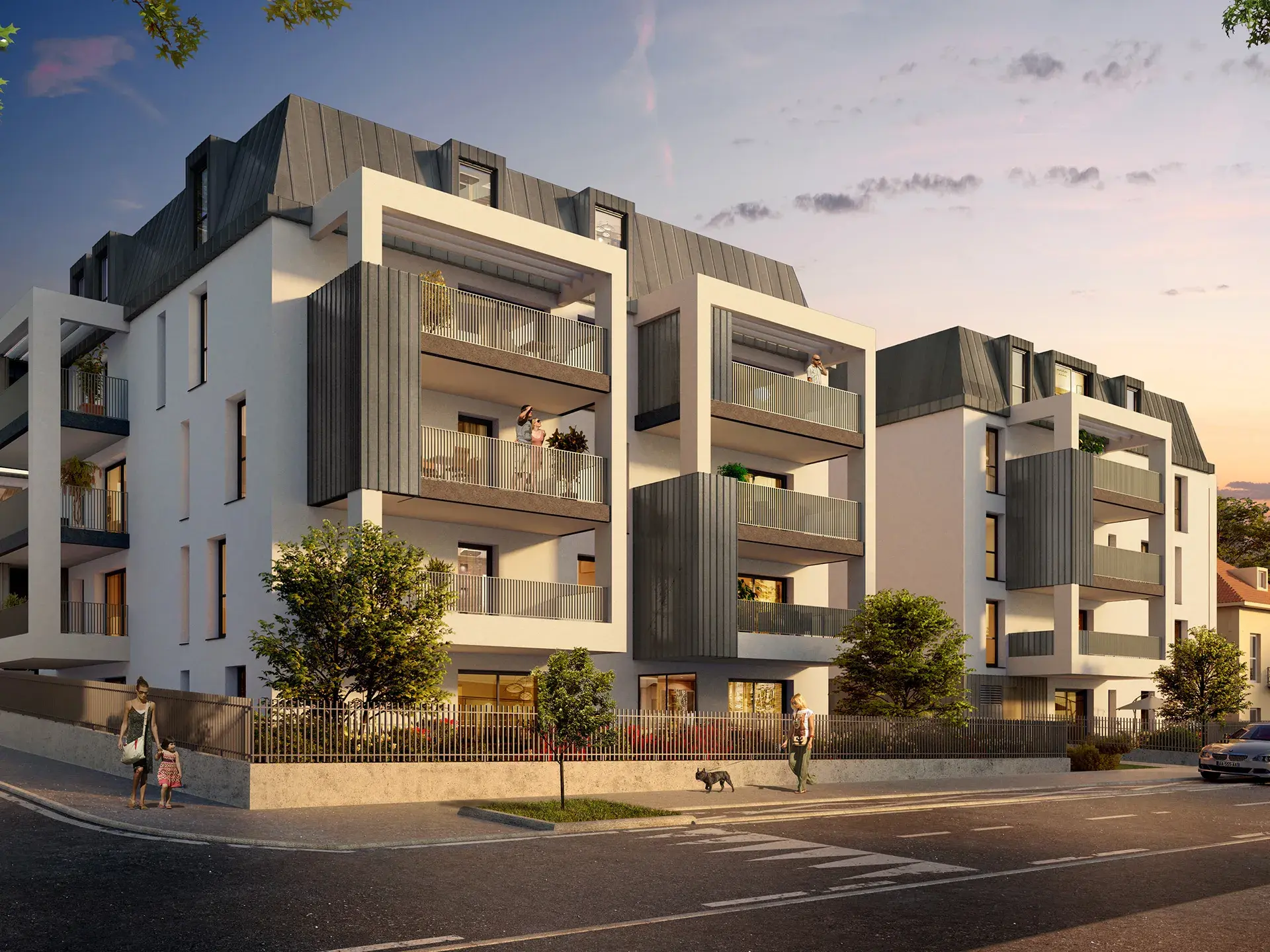
Aix-les-Bains (73)
Le Clos Marlioz
From 1-bedroom to 3-bedroom
From 290 000 € incl. VAT
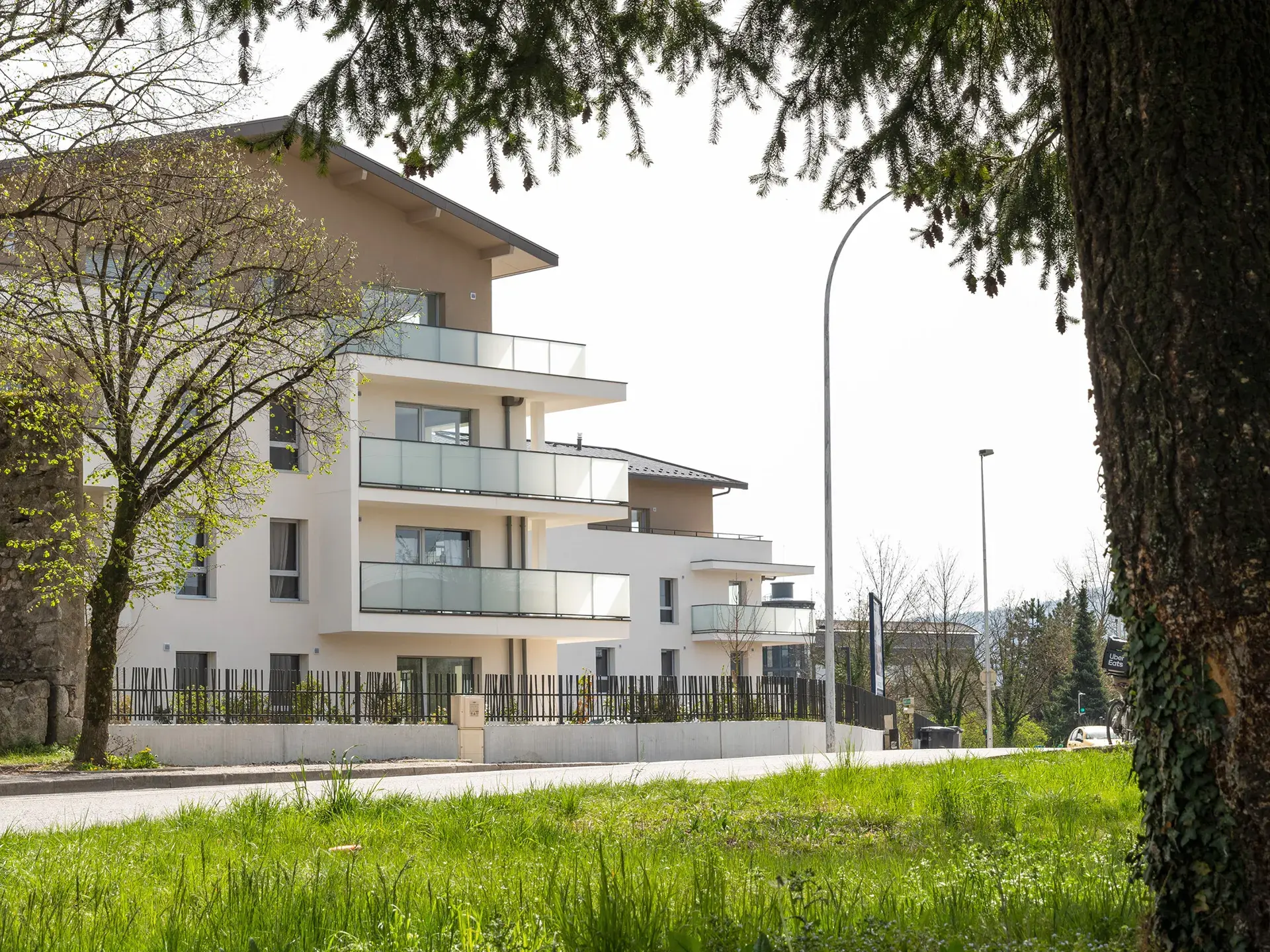
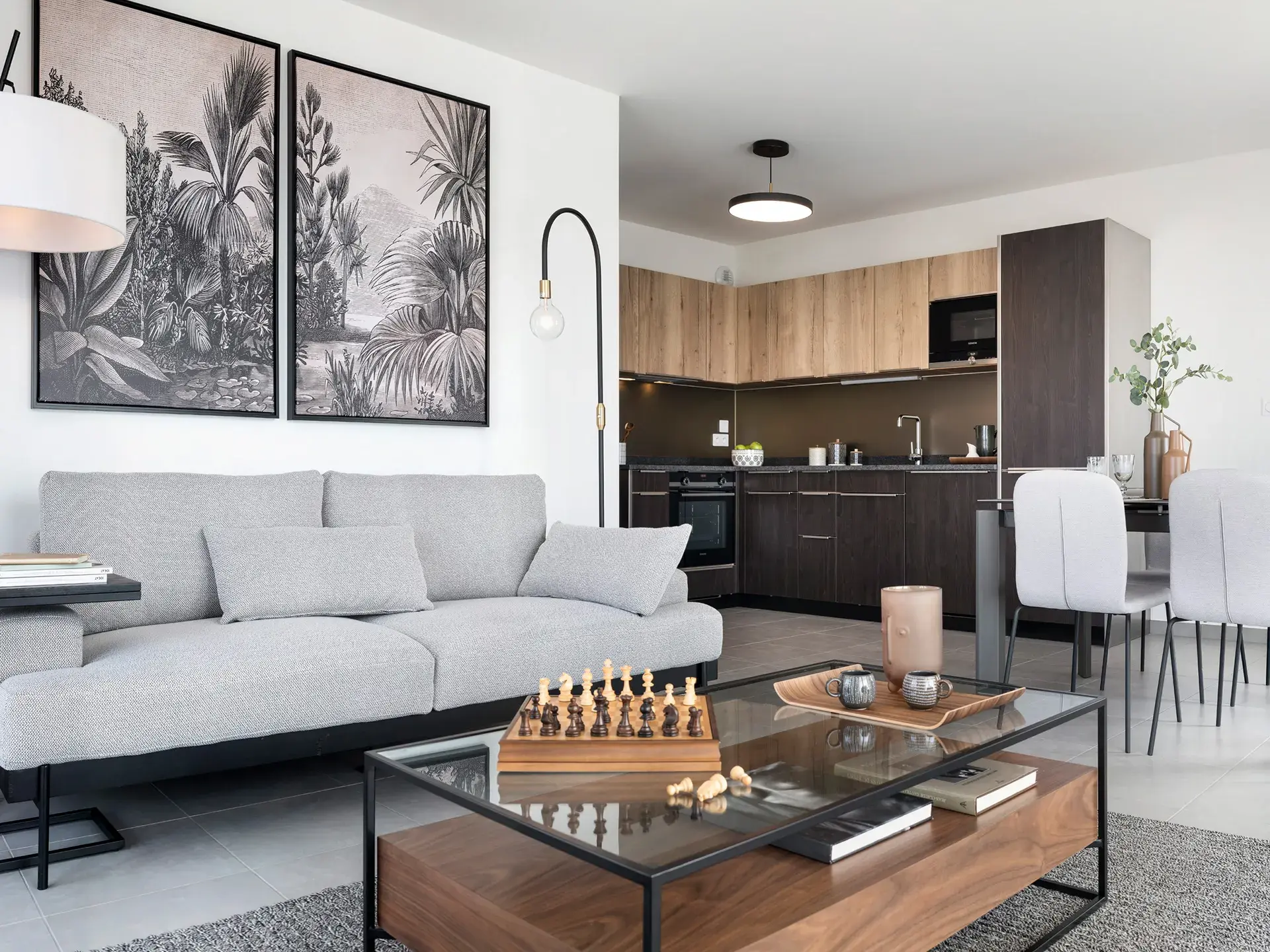
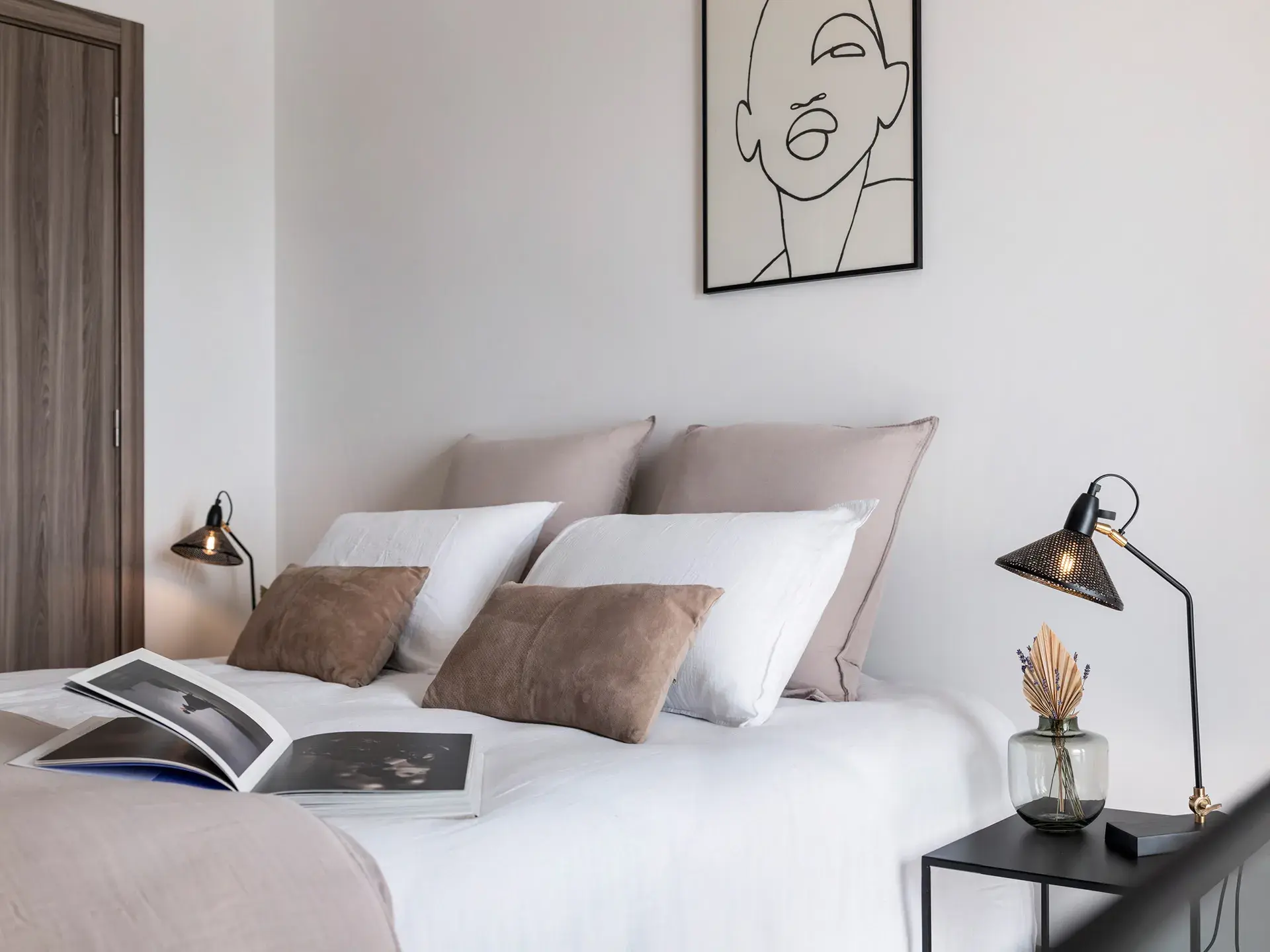
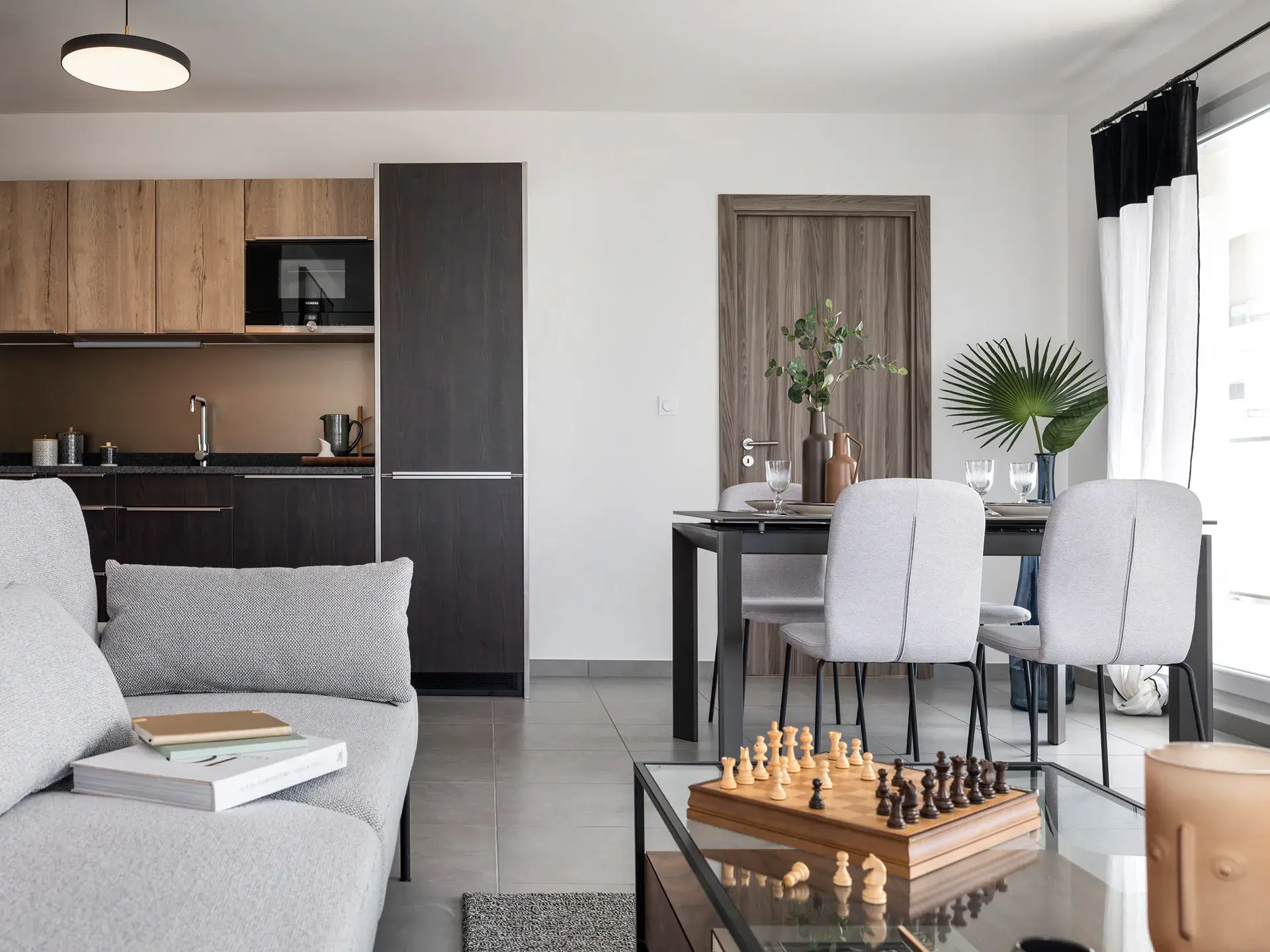
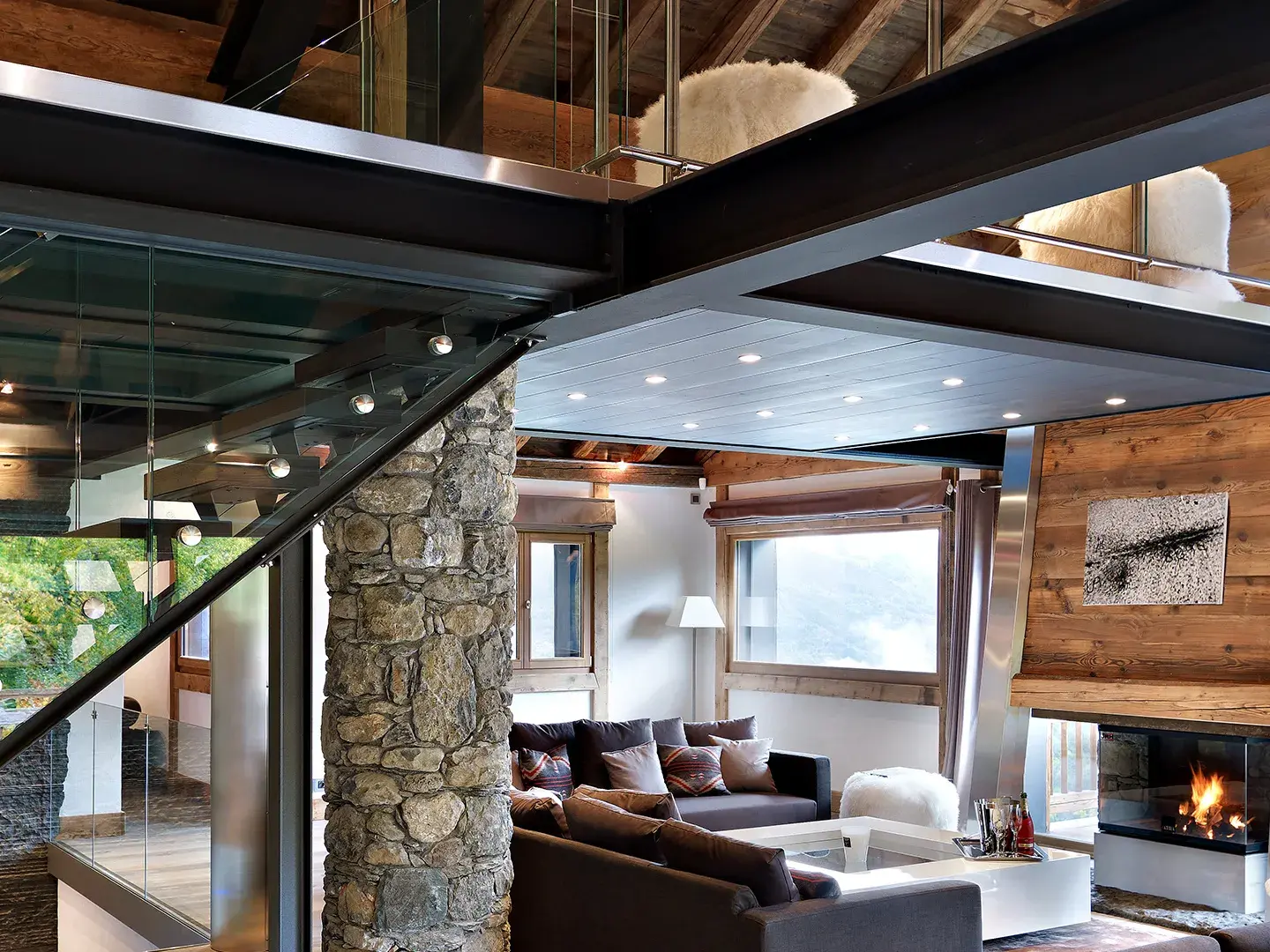
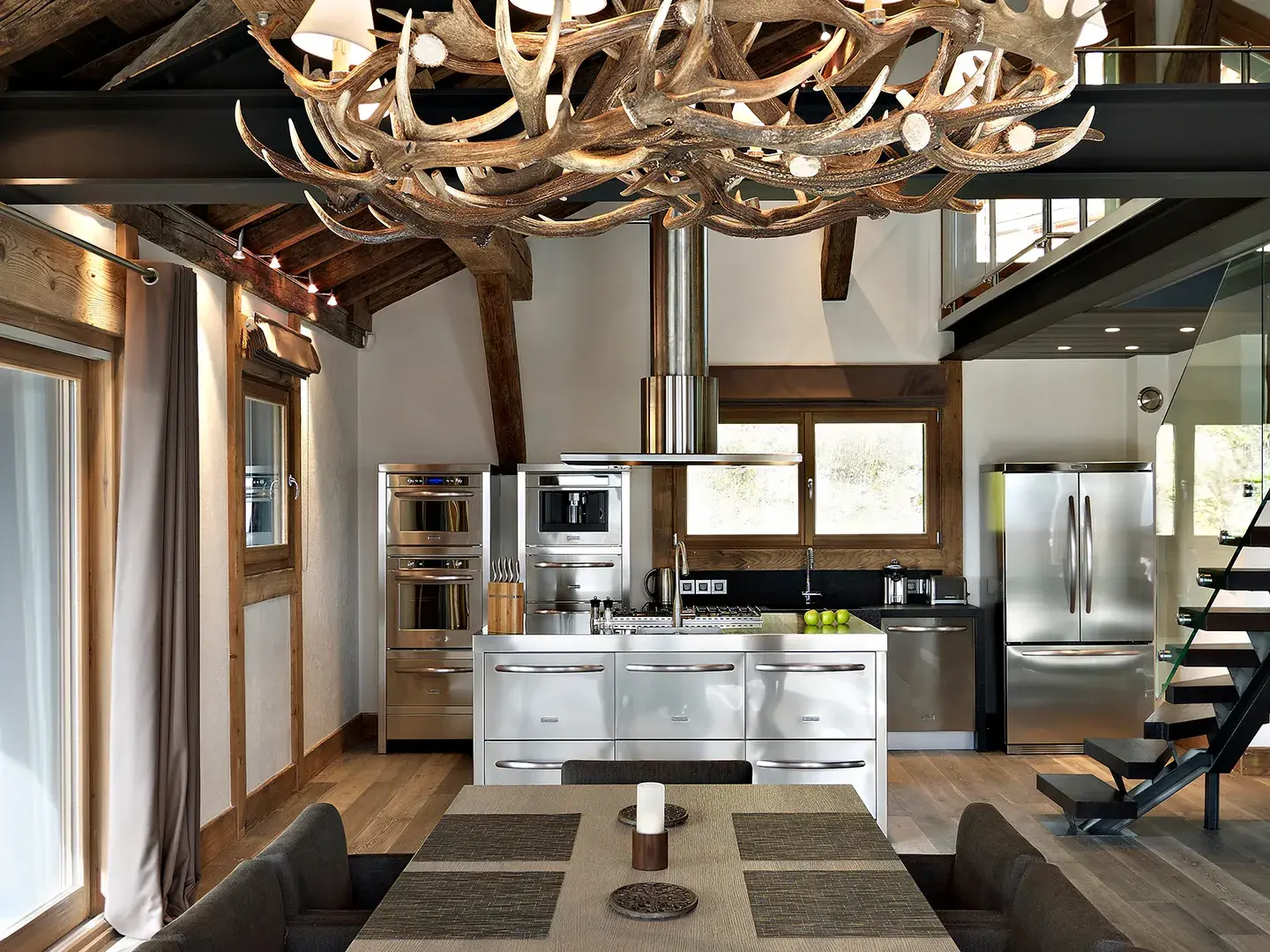
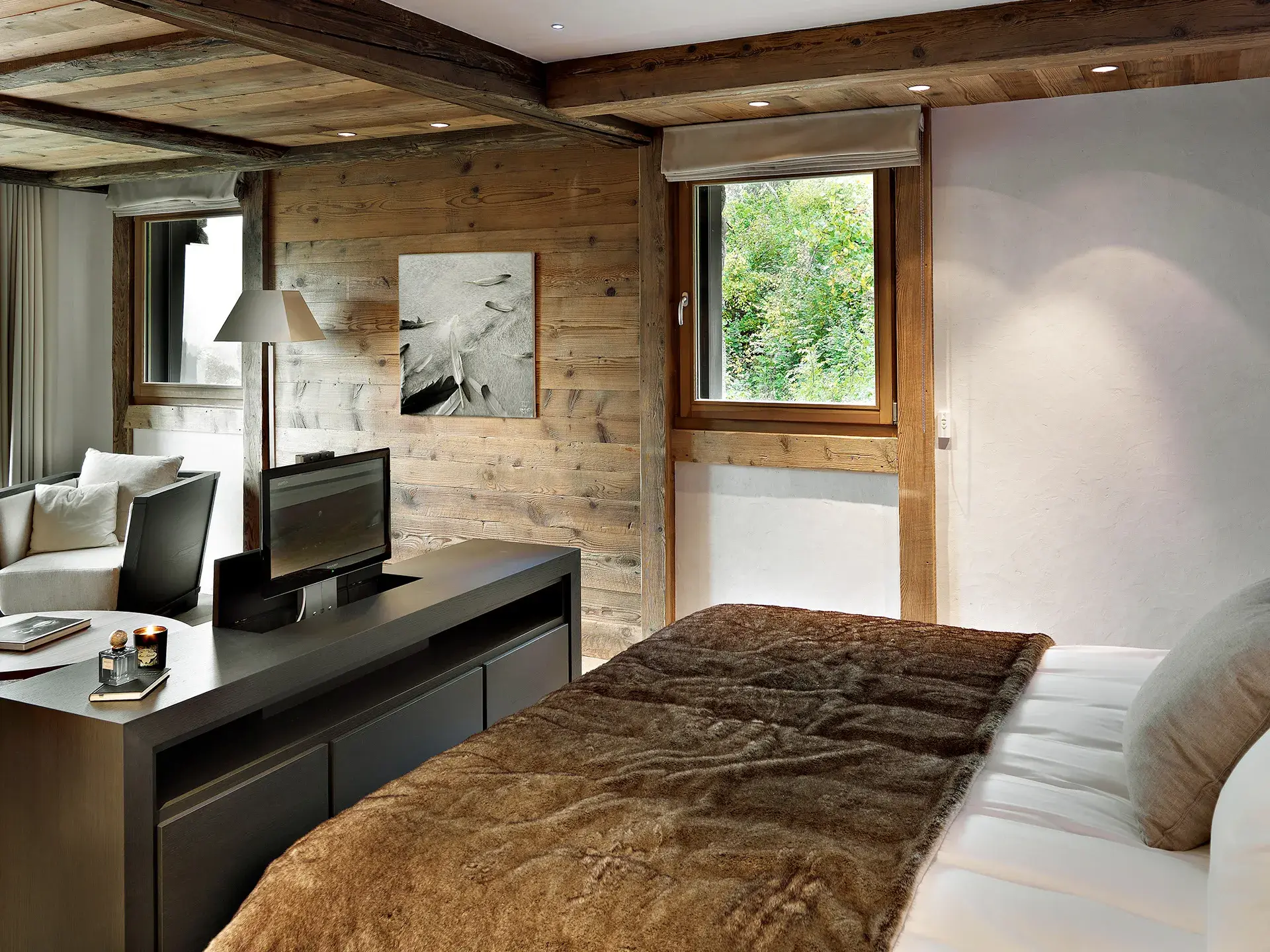
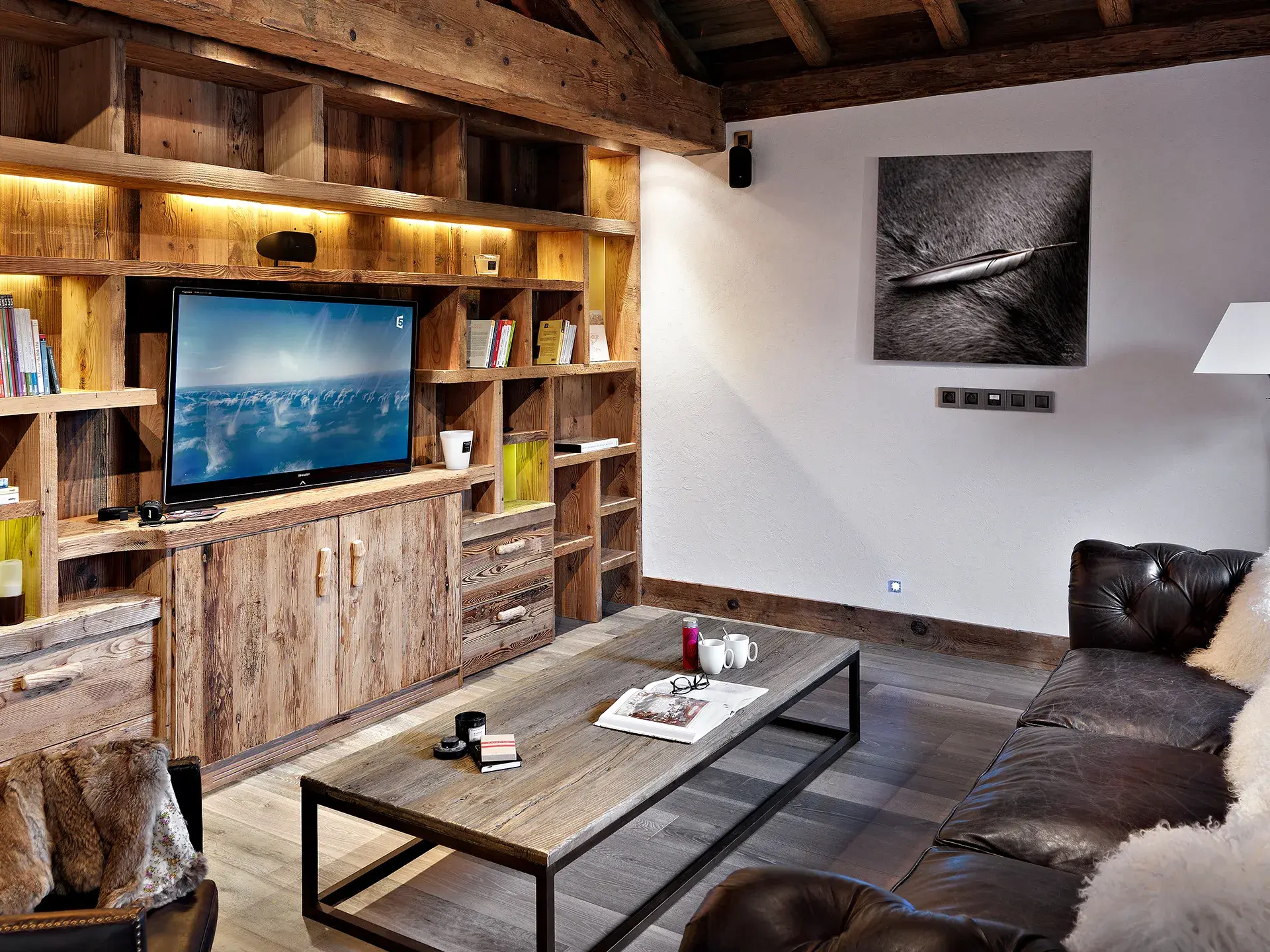
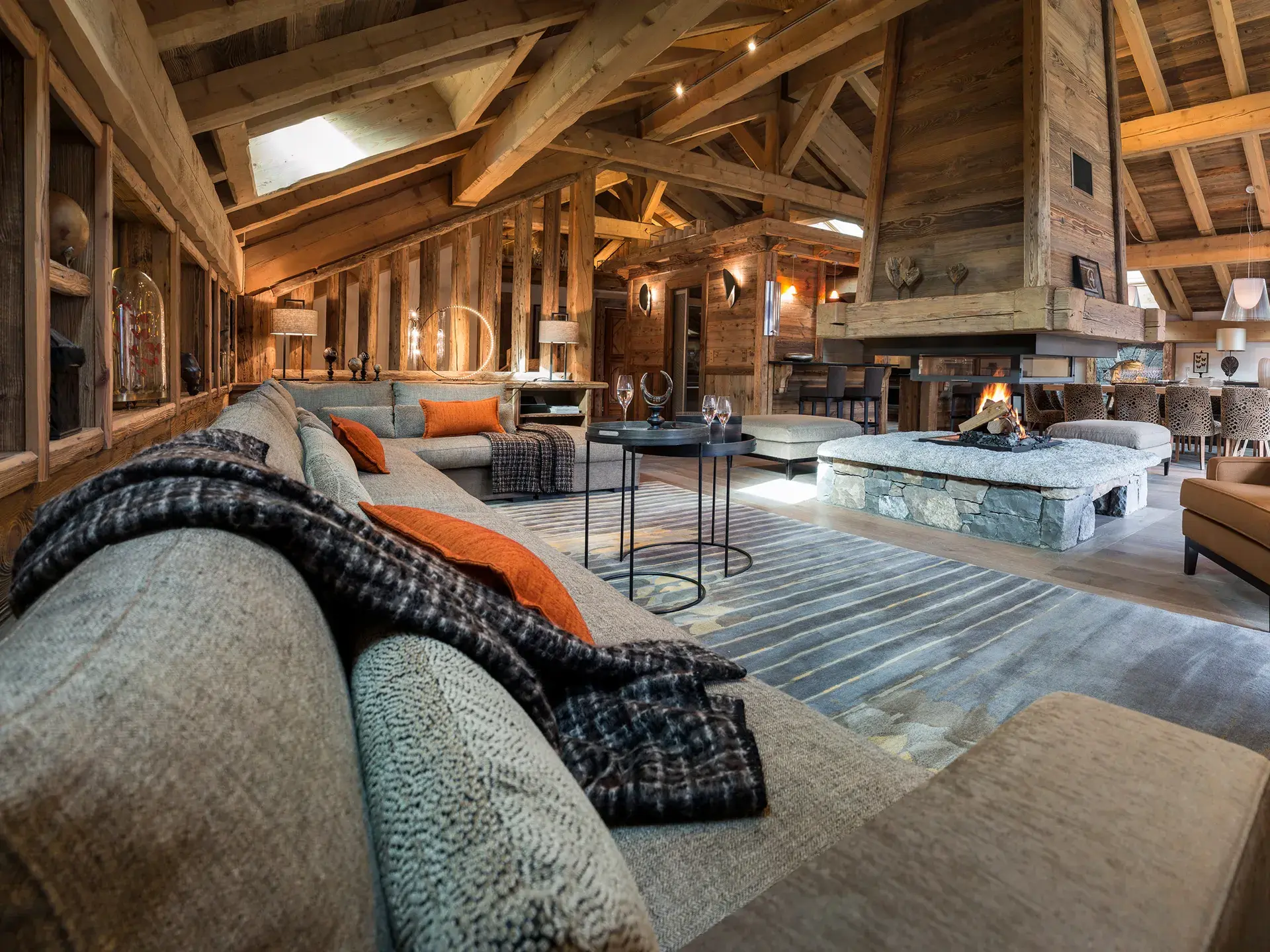



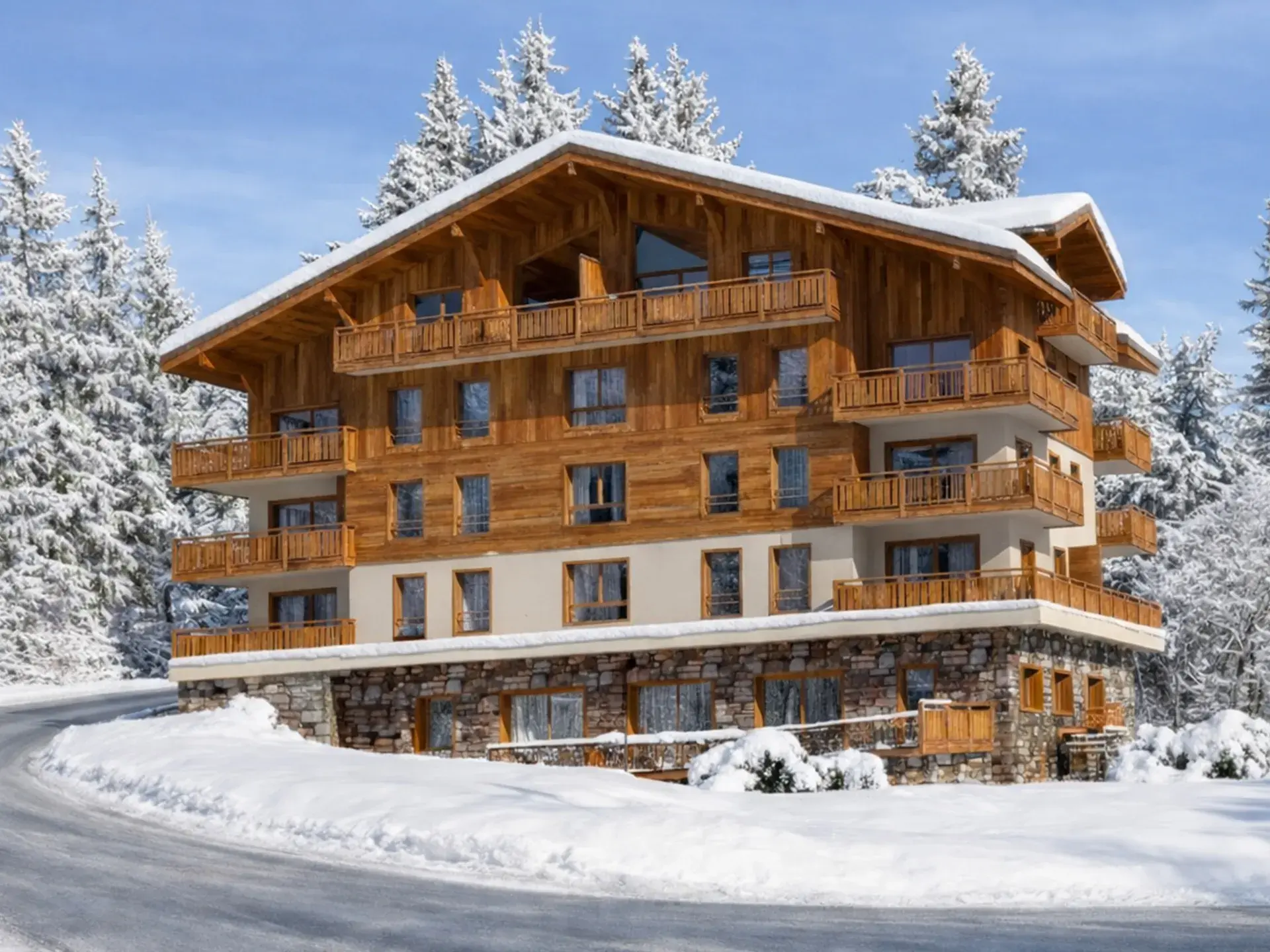

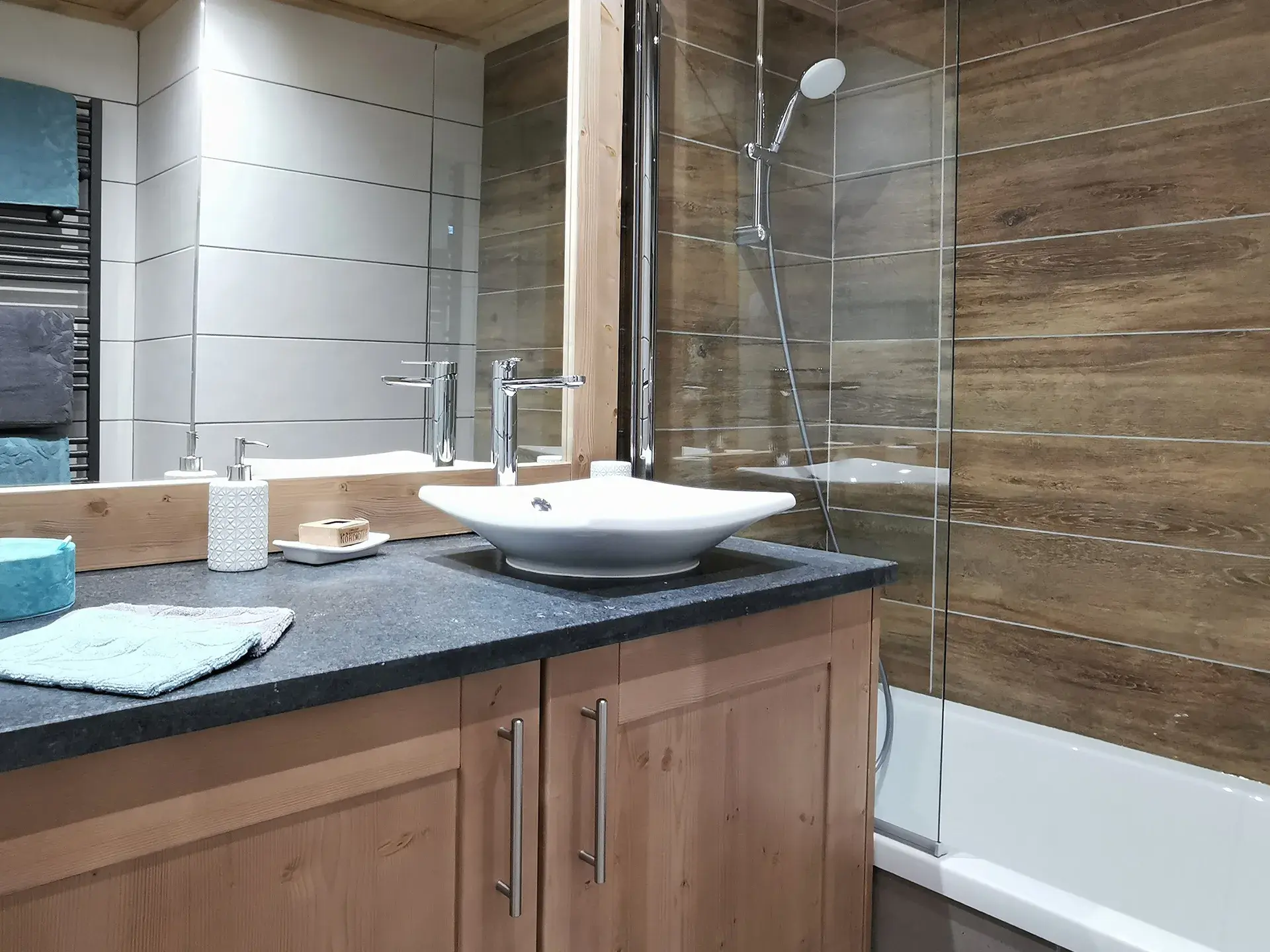
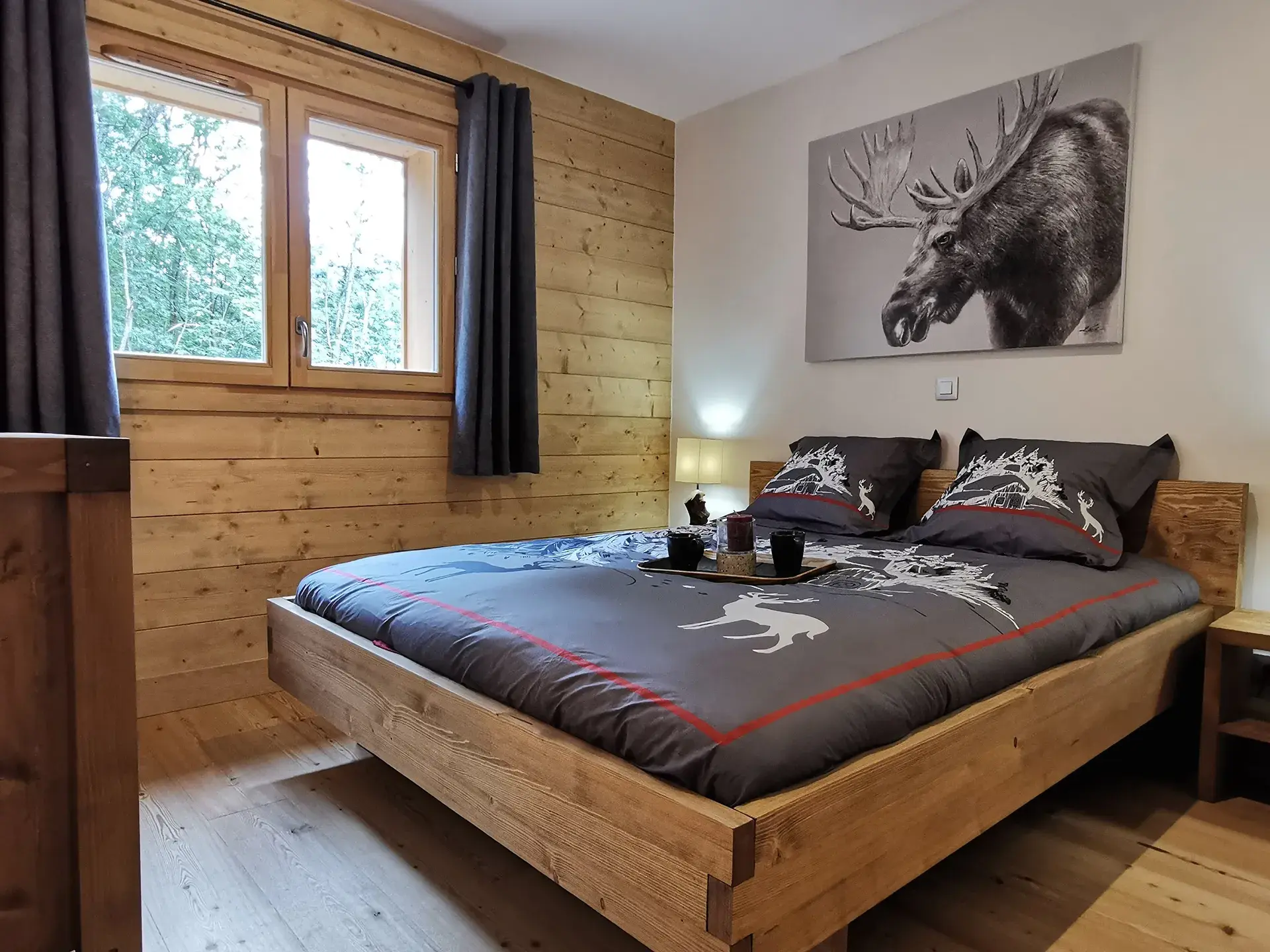
Les Saisies (73)
Chalet Caribou
From 2-bedroom to 4-bedroom
From 515 000 € incl. VAT








